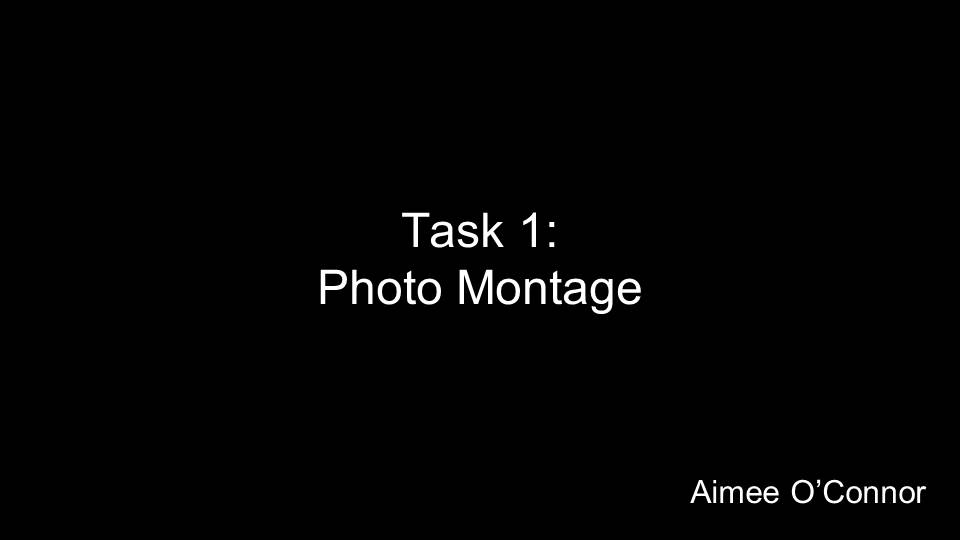

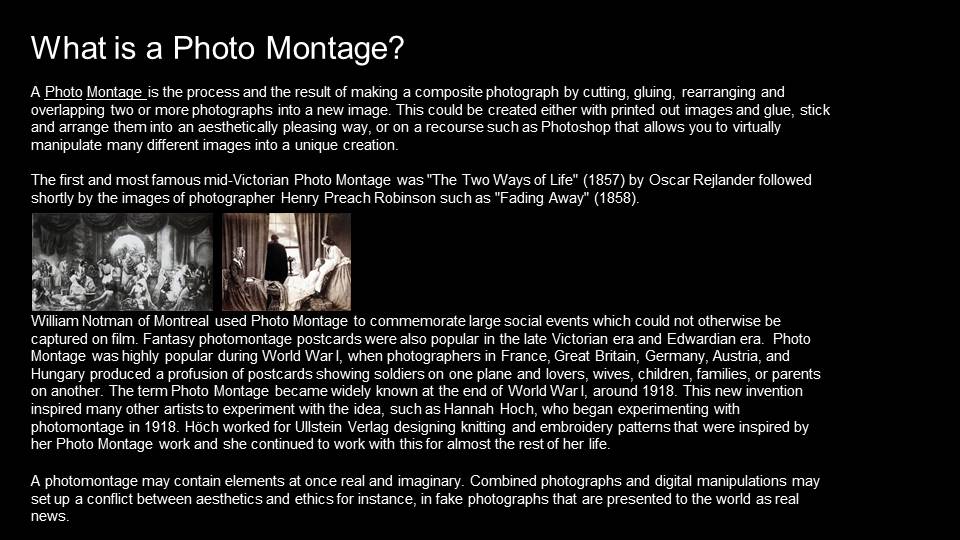




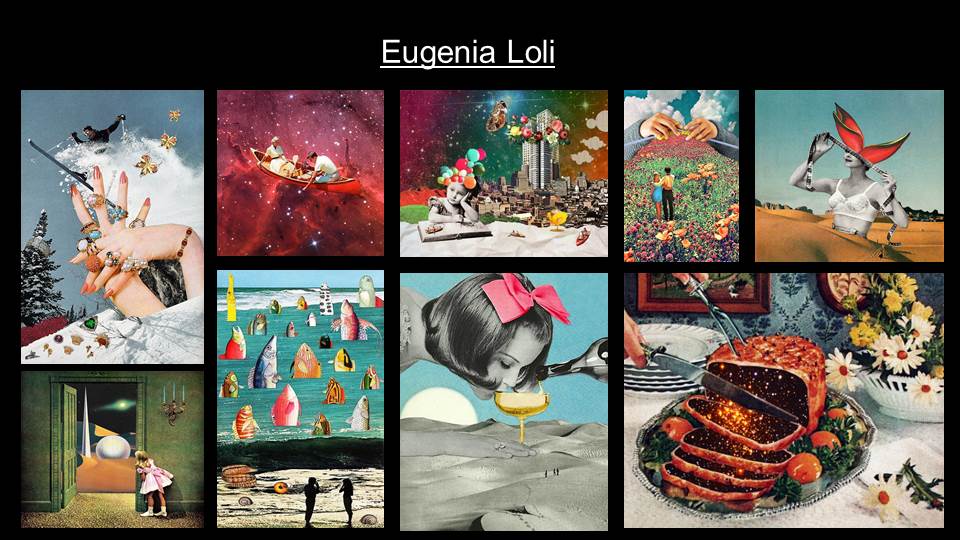


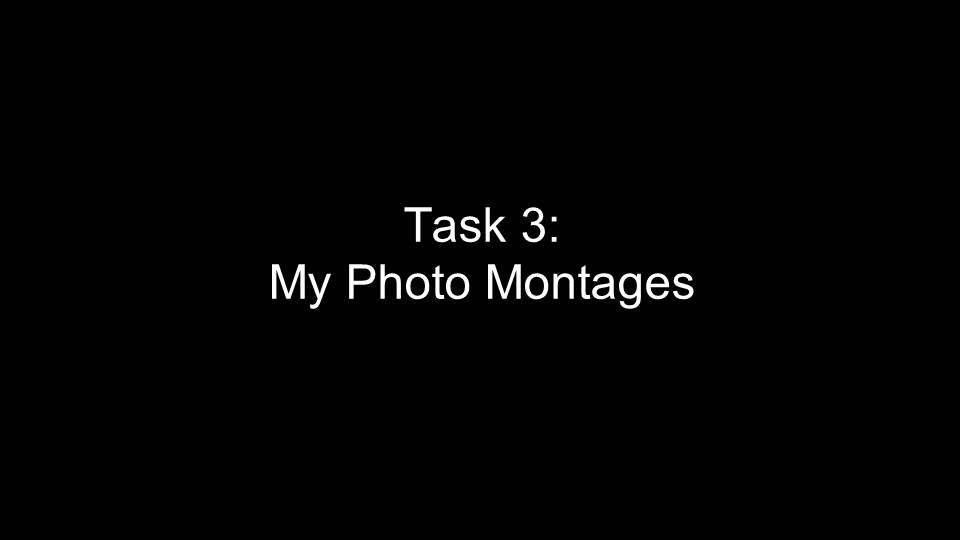
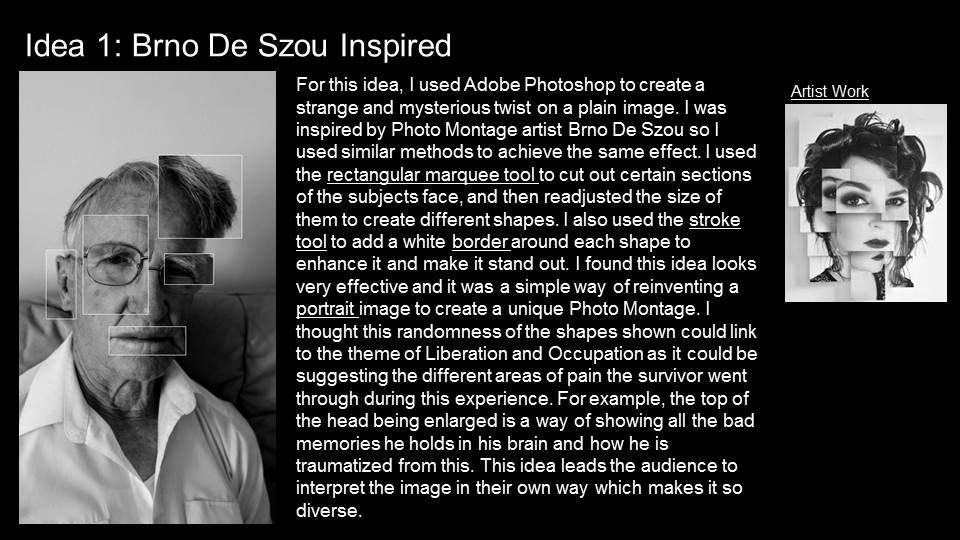
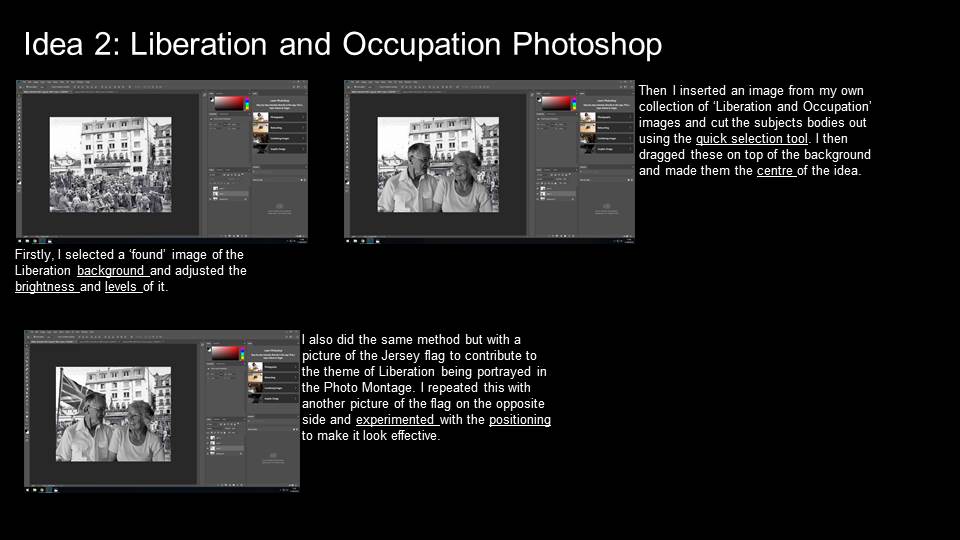


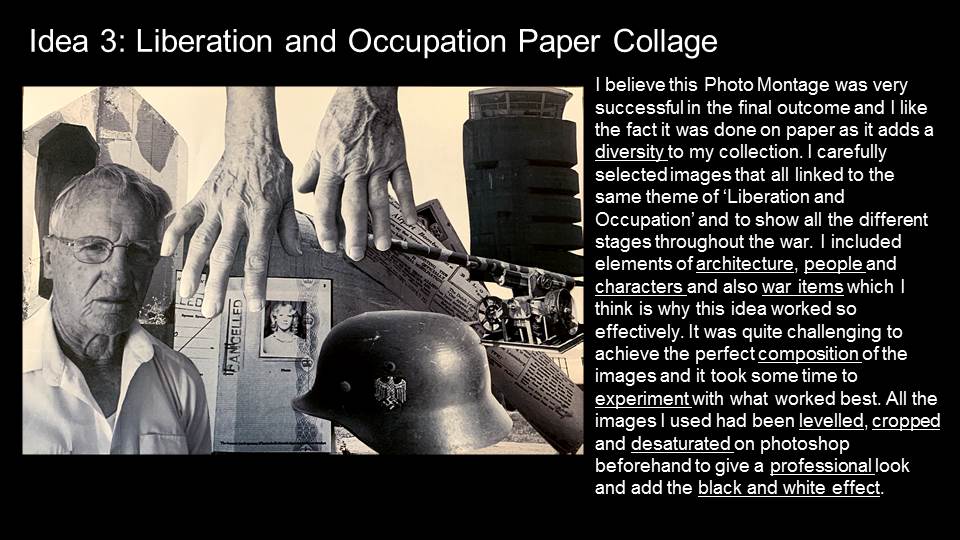
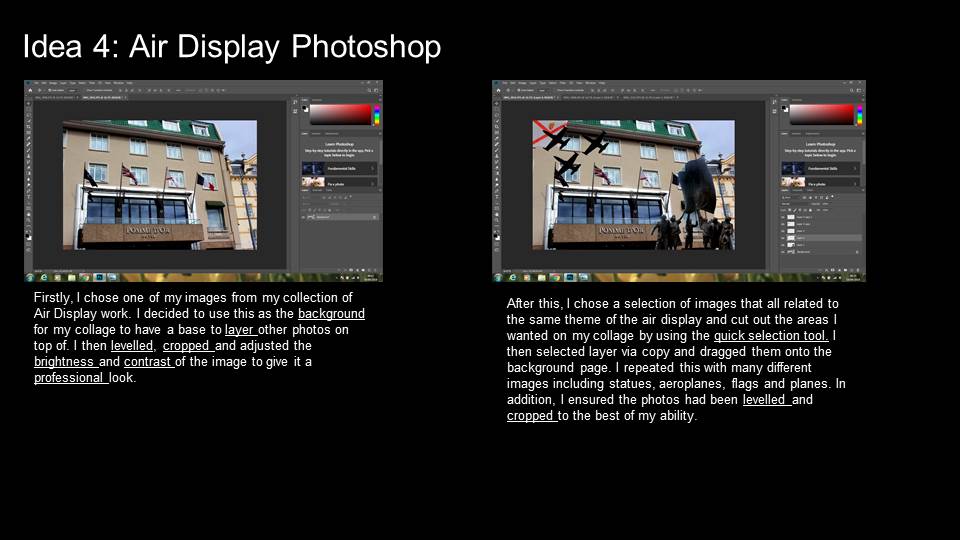


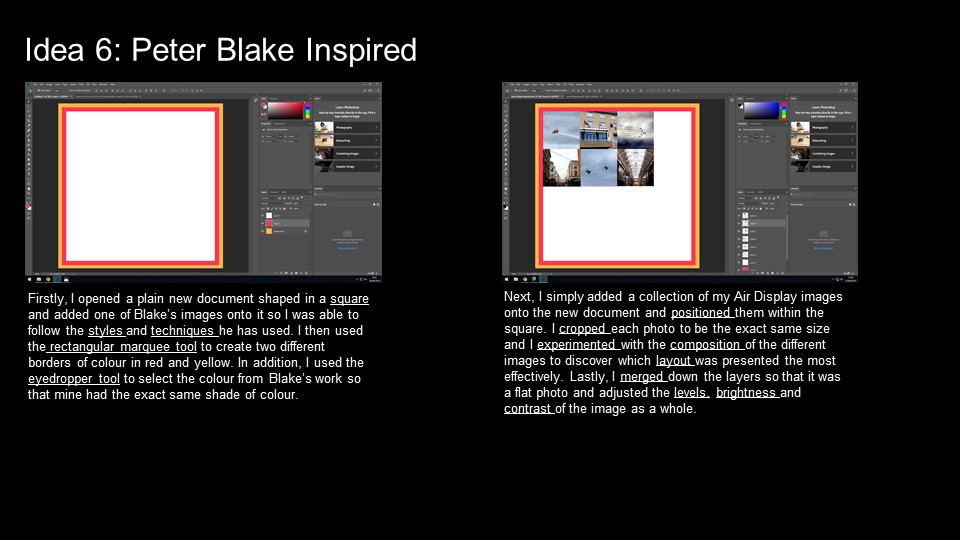












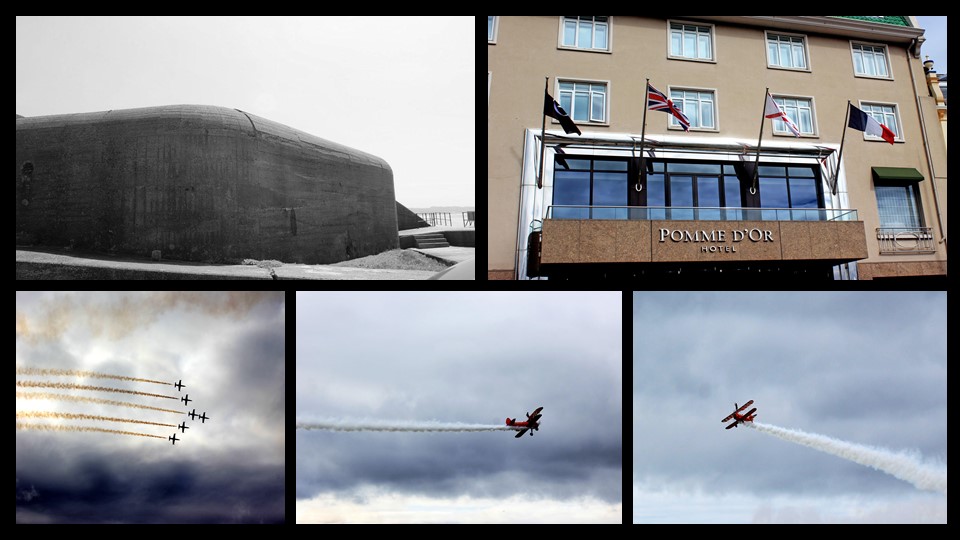













CONTEXT:
New York based freelance photographer and portraitist Arnold Newman is recognized as a pioneer of environmental portraiture, changing the ways photographers viewed portraiture in the 20th and 21st century. One of his most famous pieces, often described as a defiant stand agains people in power. One of these people was German industrialist Alfred Krupp, who, along with his father build an empire through their support of the Nazi party. Newman was commissioned to photograph Krupp by Newsweek magazine, however the photos portray the man to look menacing and intimidating.

TECHNICAL:
Arnold Newman uses the sparse natural lighting of the train station to create a ‘gloomy’ atmosphere in this photo, since the lighting the the building is dim and irregular. The photographer also avoids the use of flash which means the foreground, being Krupp’s portrait, is not illuminated. However the subject is surrounded by neutral white light from the left and right, increasing shadows on the centre of the mans face in a symmetrical manor. There is a shallow depth of field in the photo as the the focal point id the portrait in the foreground. you can also see there is not much grain visible, but Newman clearly uses a high contrast in the image, to imitate a sinister look of Krupp
VISUAL:
The colour, tone and white balance are very important in this photo in order to create an ‘evil’ look to the man in the foreground. By including a green tint to the shadows of the image, Newman manages to aid the theory of colour composition in the photograph. By having lighter whites, and contrasting warmer tones like oranges such as ones on the Mans face, bring out a focal point. These warm tones contrasting the darker green shadows lead the viewer’s eyes and draw attention to certain parts of the photo. One of the most important features is the use of line and shape. Newman incorporates symmetry and vertical lines to suggest the feeling of power, concrete pillars either side of Krupp. In this composition, the two halves of the image are almost mirror images of each other which creates a sense of harmony and aesthetic balance, however this is ironic since the foreground( portrait of Krupp) represents corruption and chaos.
CONCEPTUAL
Arnold Newman is a political photographer and was extremely clever in the positioning of Krupp in order to express a very strong image of him, and expose to the viewer the kind of person Krupp was. he specifically does this through the mans posture, with his hands under his chin and body leaning forward which suggests authority. The fact that the photographer is Jewish would also give motive to photograph this corrupt Nazi supporter in this way, and show what he personally sees through his own eyes through the camera itself.




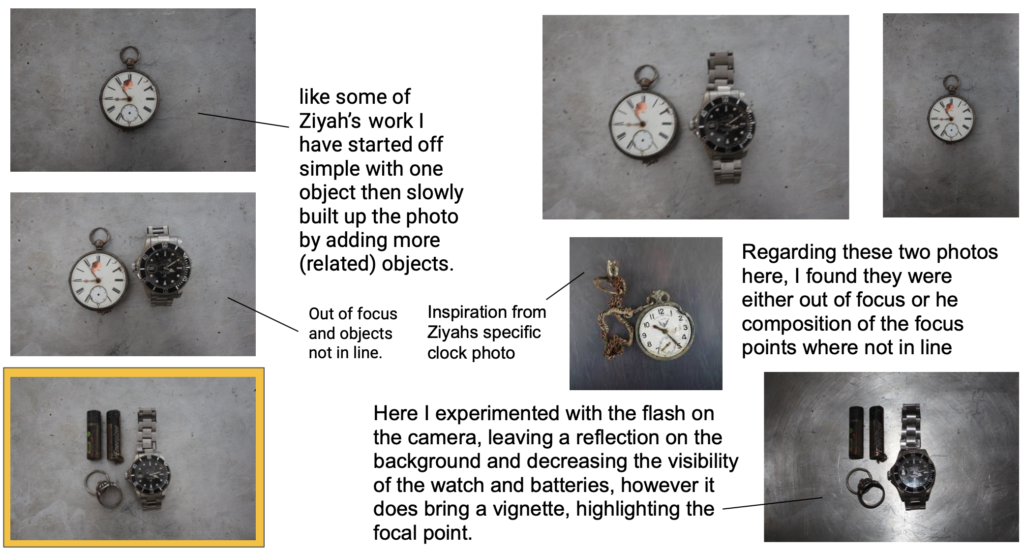
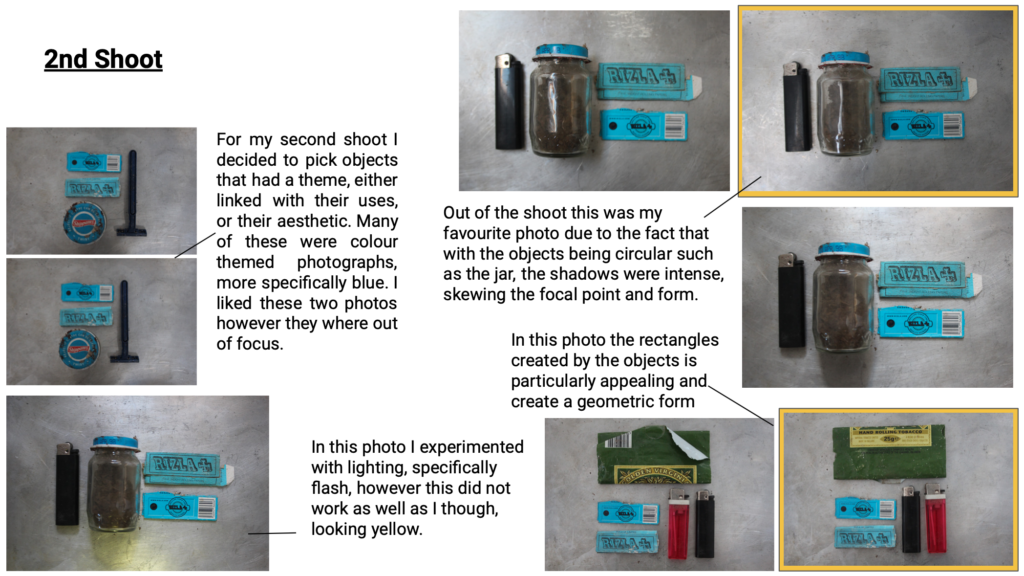
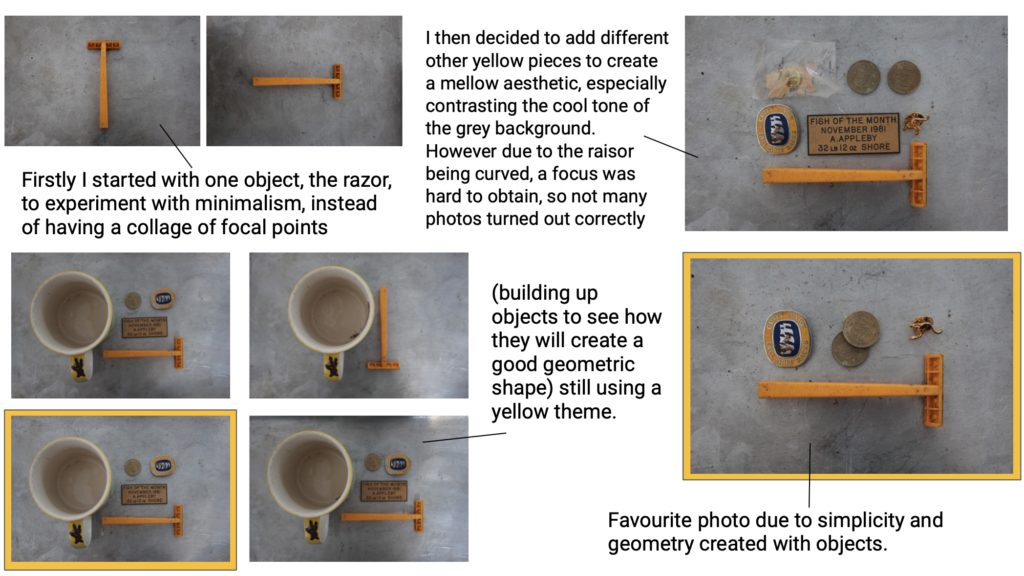

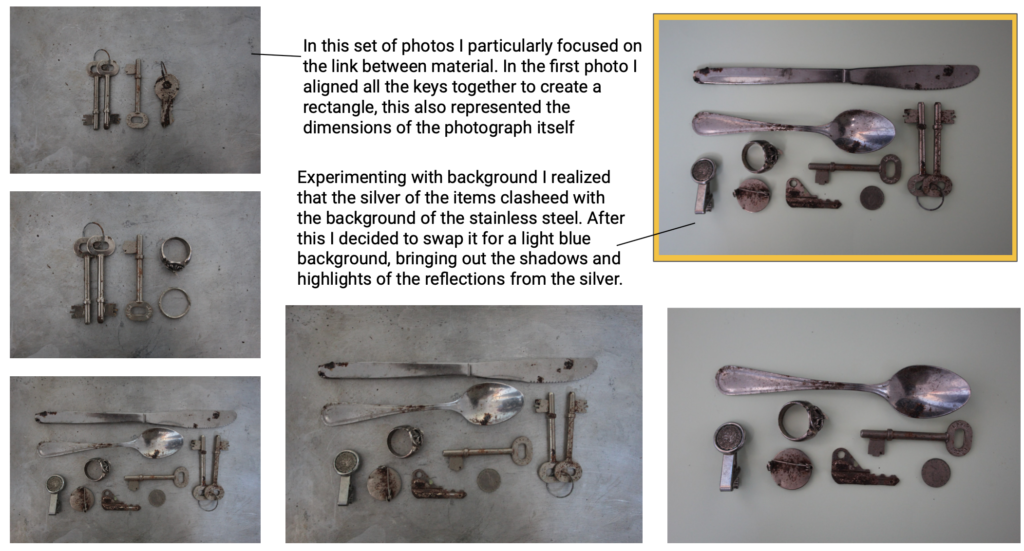
EDITING

Deciding on the photos with the correct focal points, and the least shadows to make the image look more in proportion, I proceeded to edit them, in the photo below (taken from my second shoot) I made sure that the contrast had been increased and exposure lowered. This edit is inspired by the ‘authentic’ approach to old photos, with no colour, I accomplished this with the use of a filter aswell.
Due to the mass of yellow as the focal point of the photo, I slightly increased the yellow to make to foreground even stronger. By also increasing the contrast and shadows it evened out any odd shadows that were breaking the form in the background. As well as the I made sure that the items were in the correct place using grid lines. This along with cropping the image made sure for a evenly centres focal point.
To edit I have used VSCO, a simple photo editing app. In this photo I have enhanced the contrast and exposure to lighten yet keep the objects definition. As well as this i simple cropped and straightened the photo in order to align the sides with the form of the items in focus.
In this photo I also straightened and cropped the image, however due to the two metals (background and foreground) I increased highlights and shadows, making it more clear to view. I furthermore softened the tones of the colours, cooling the image to create a blue/ silver theme.
FINAL PHOTOGRAPH
This is my chosen photo from my 3 shoots, due to the fact that it firstly represents the object’s that would be in personal use, much like the ones in the photos taken by Ziyah Gafic. This is personally my favourite due to the link between each item, being silver. This means that every item reflected in a similar way. Furthermore, even though most of the objects are rounded, I like the way they create a rectangular form. I also think that the editing of B&W improves the contrast the the background, making the focal points more visible.
I used Adobe Photoshop to edit a selection of my air display images to achieve a professional style. The tools I mainly used were the cropping, levelling, brightness and contrast, shadows and highlights and saturation tools. Using a combination of these enhanced the colour and lighting of my images to ensure they are presented to the highest quality.
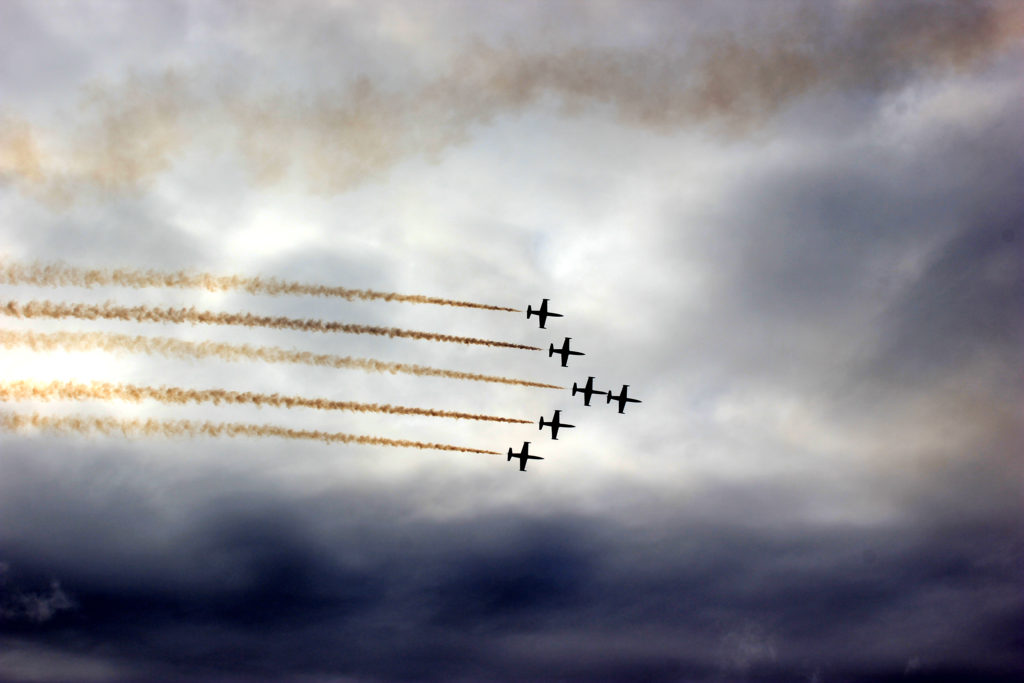
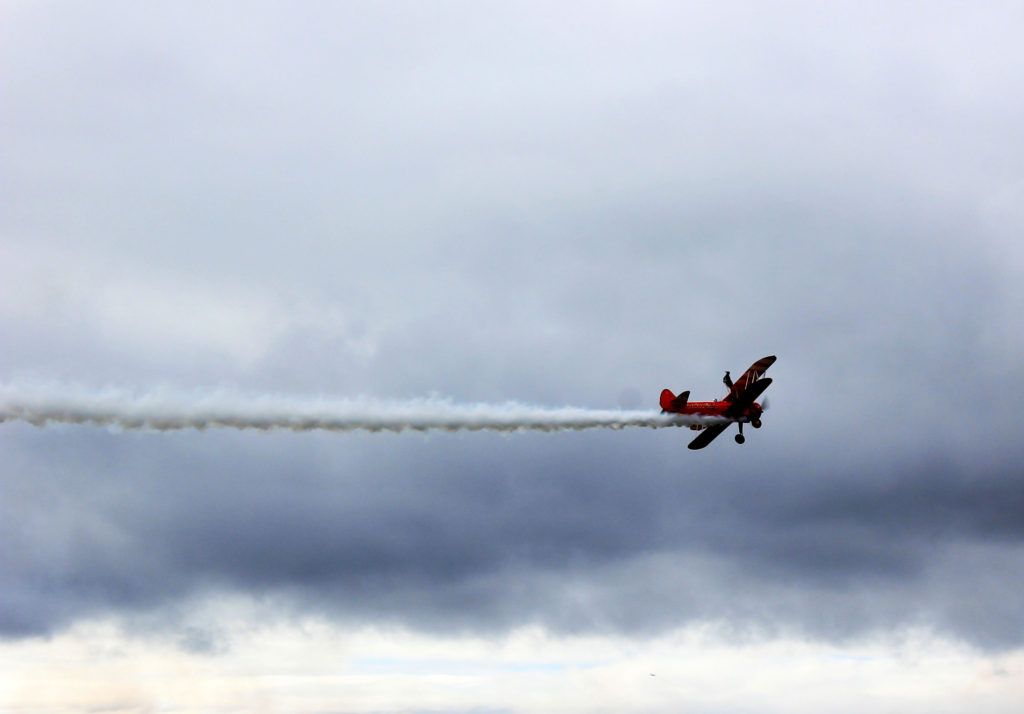
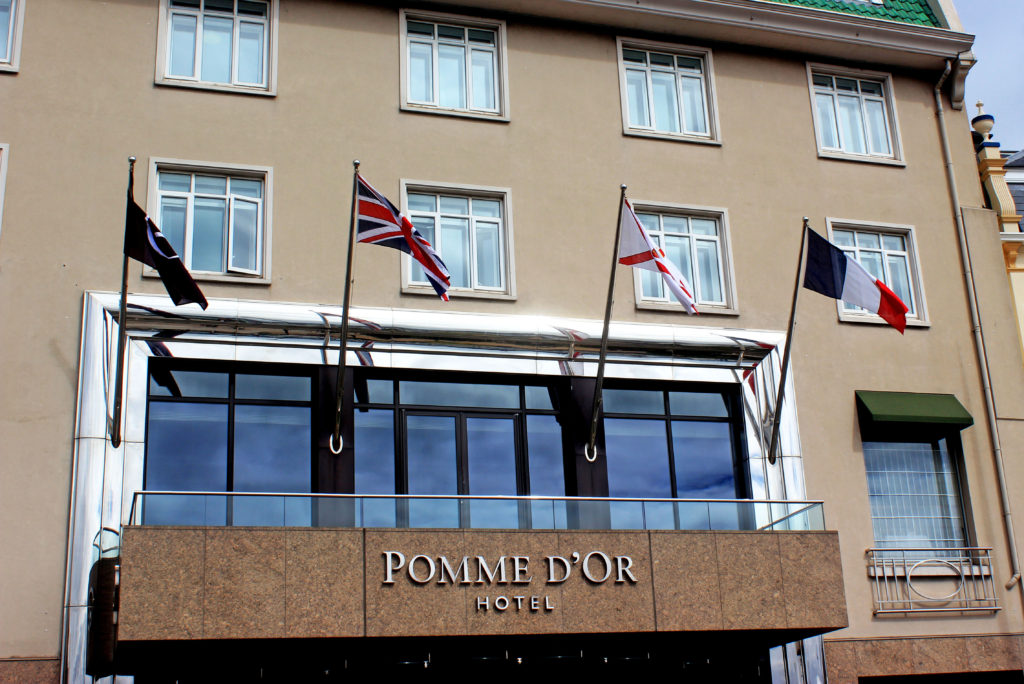
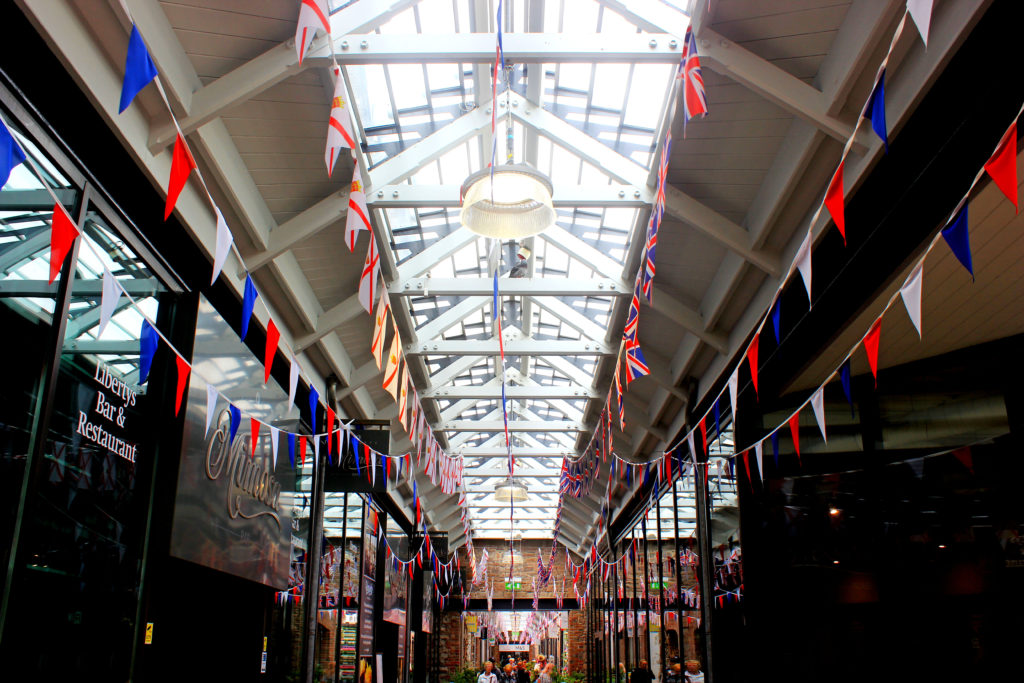
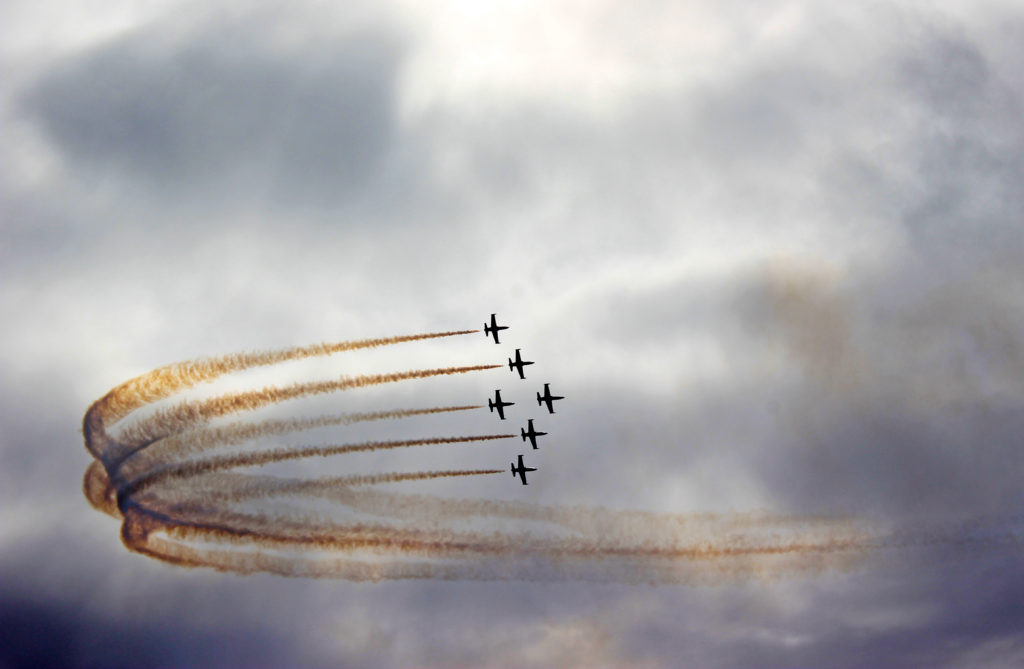
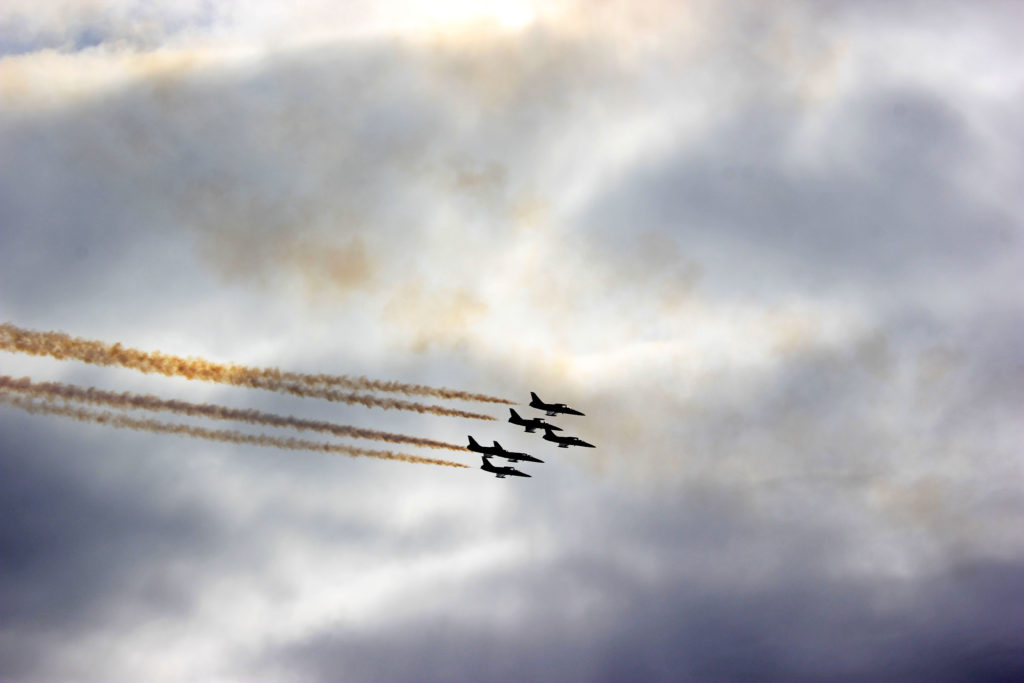

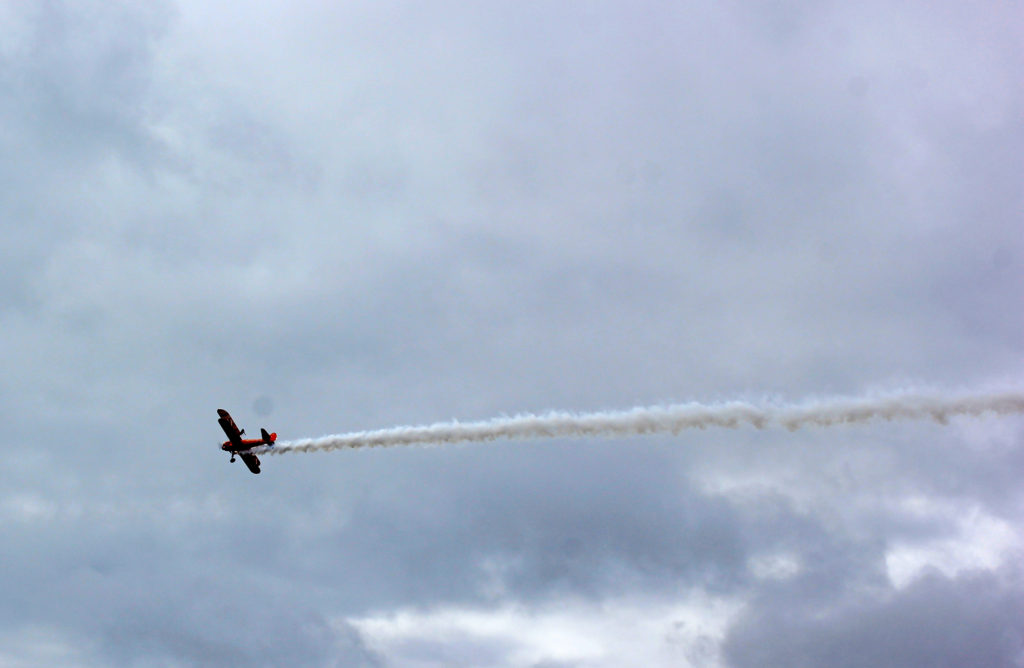
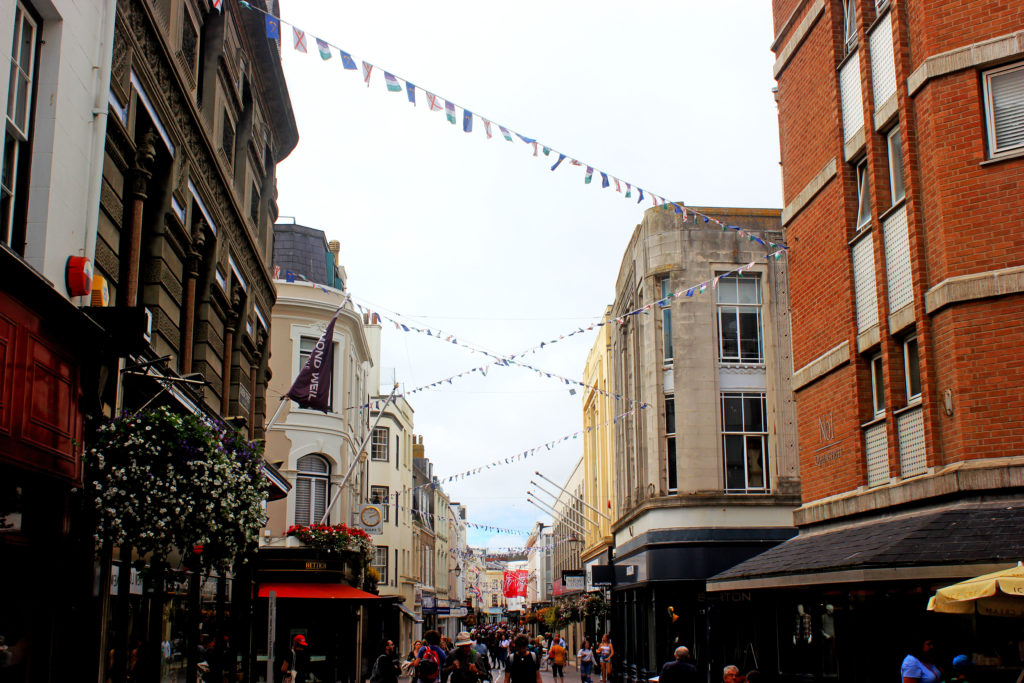

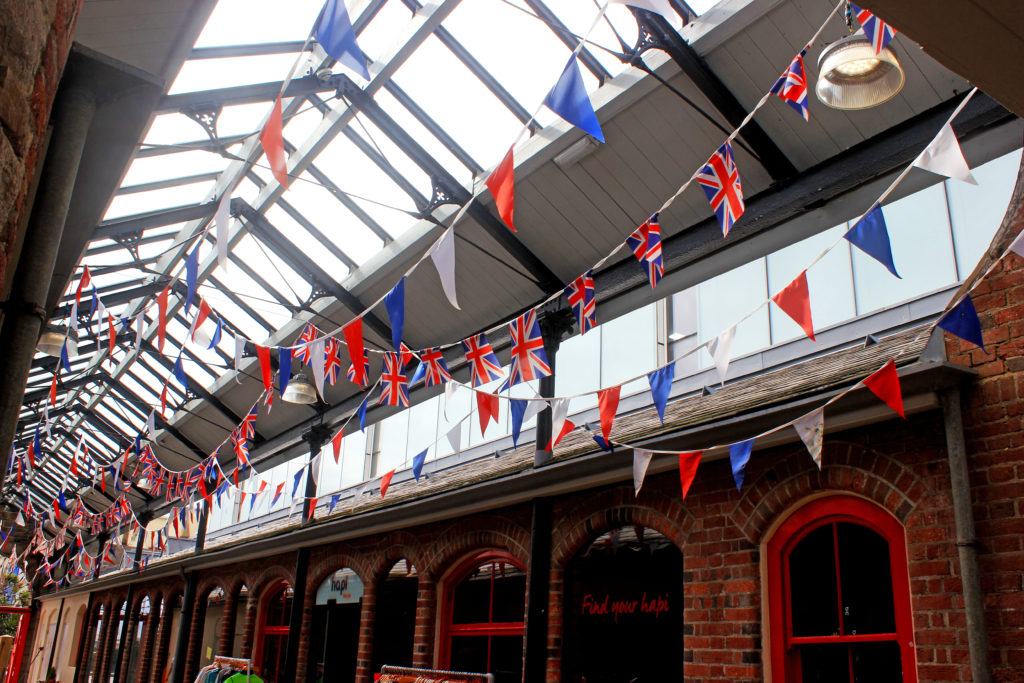


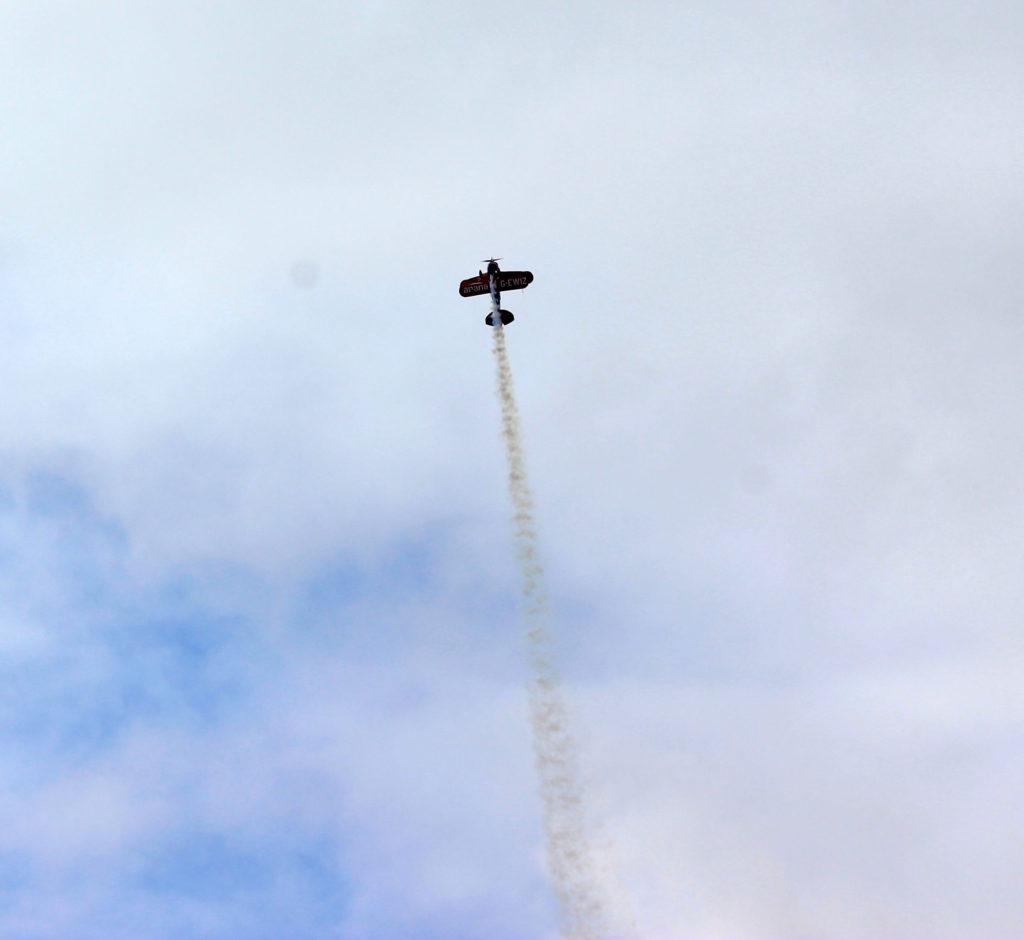
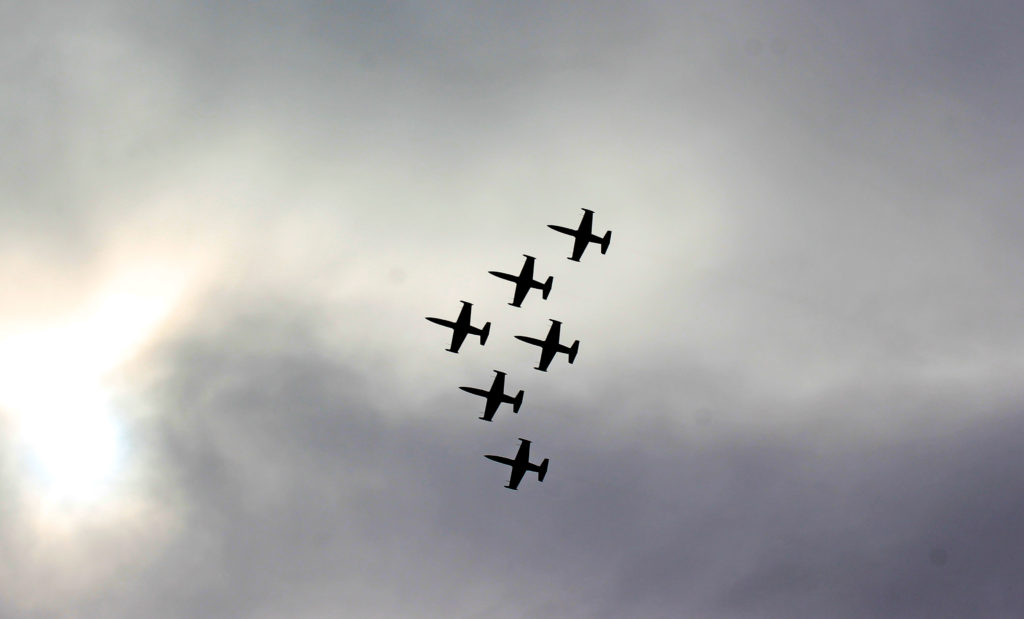
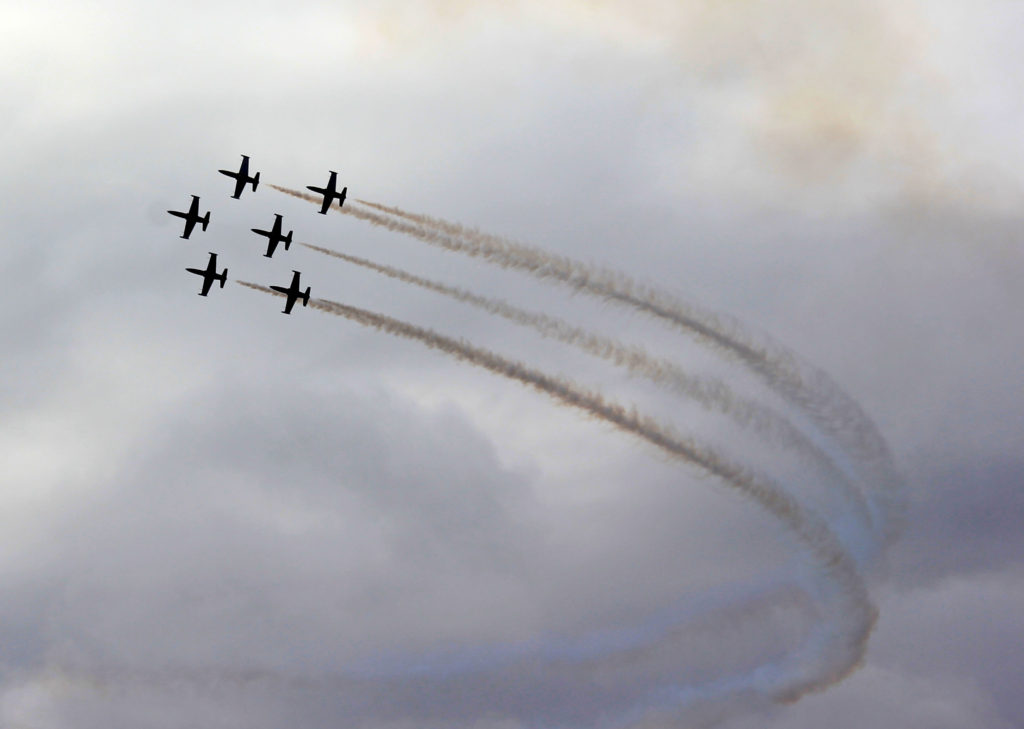
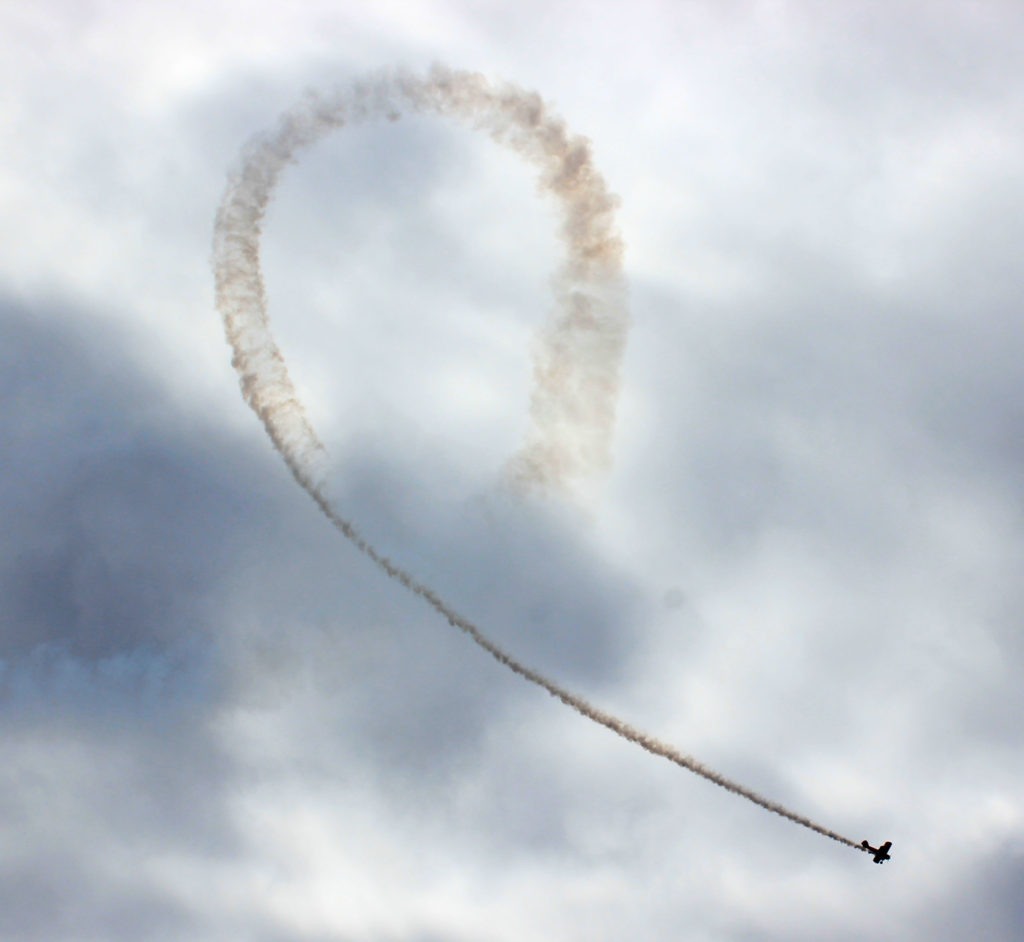
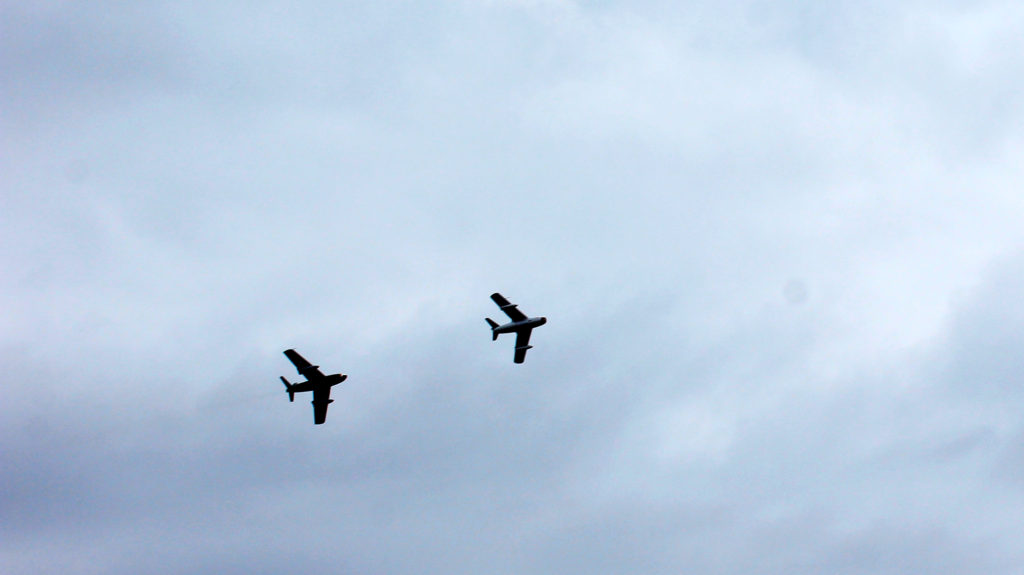

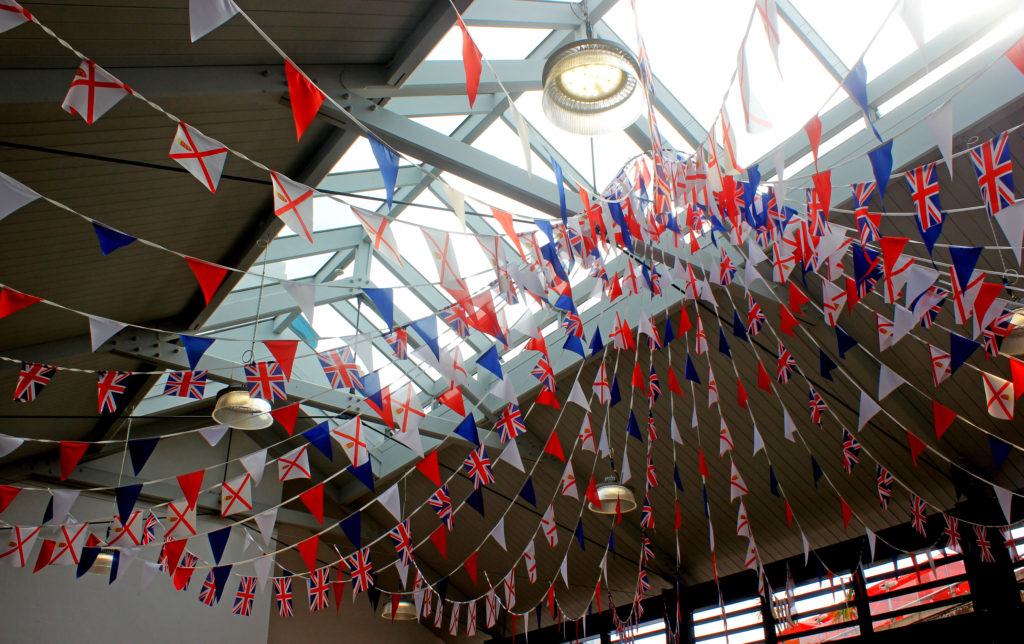
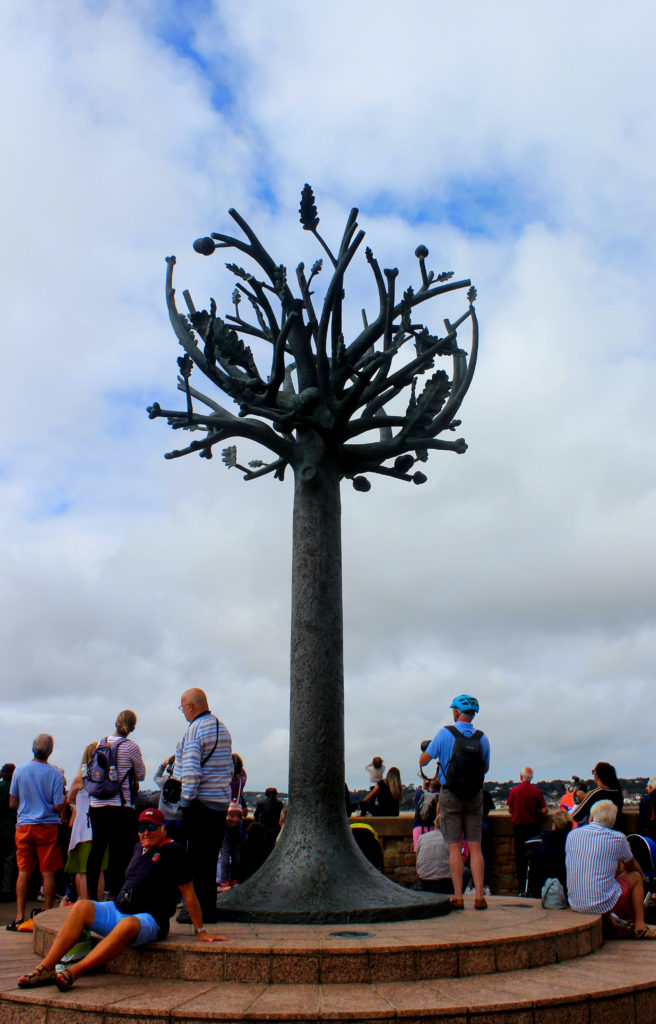
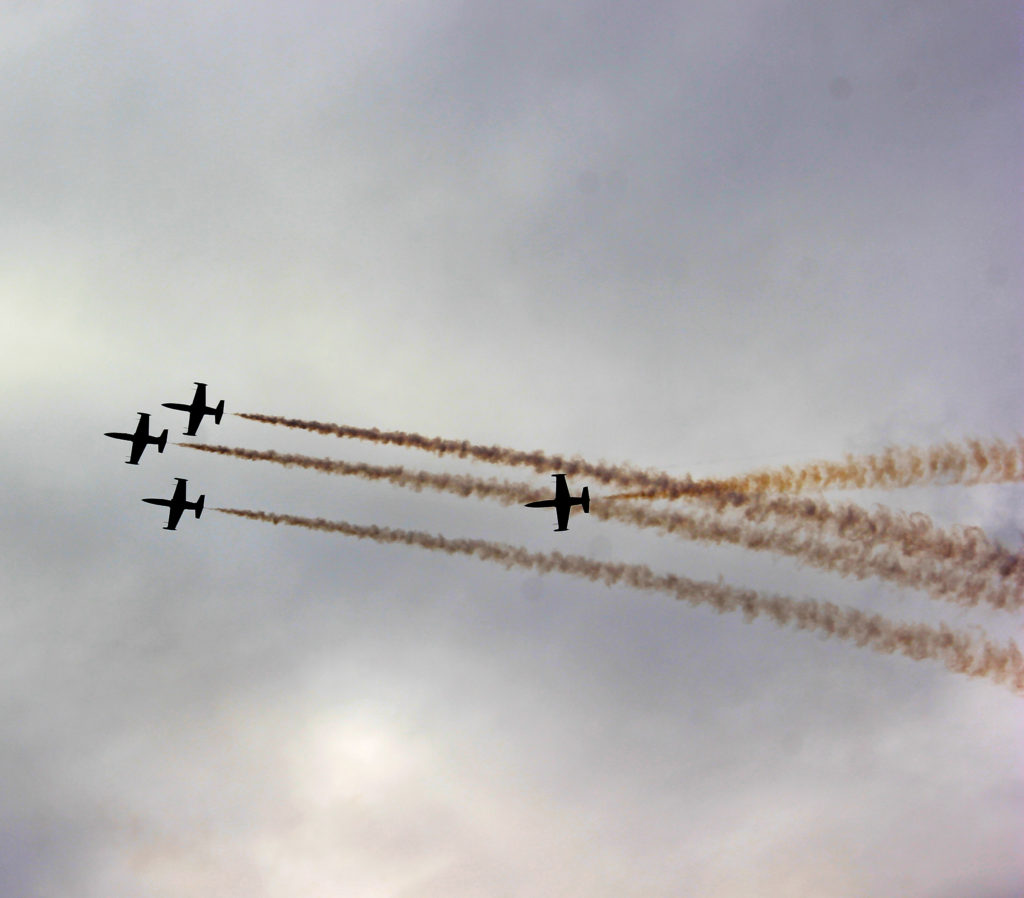



You have 5 minutes to research this image and present your findings as a group…
Select one key image and apply Technical | Visual | Contextual | Conceptual analysis


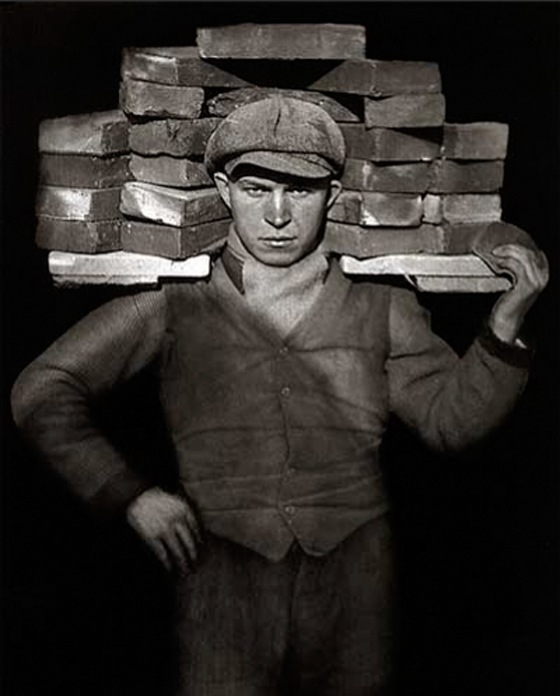
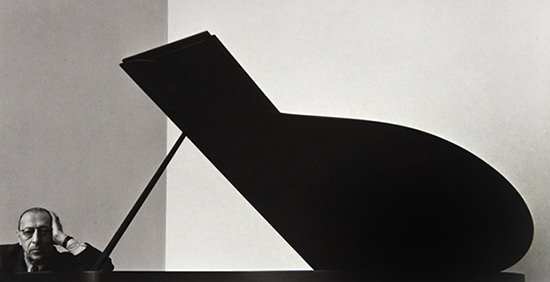
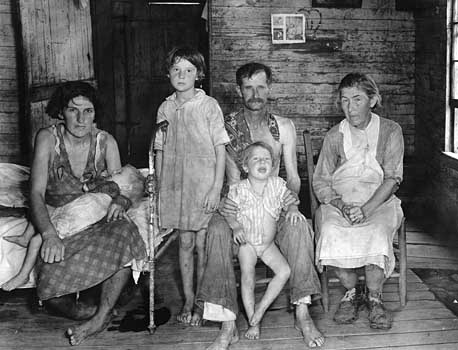

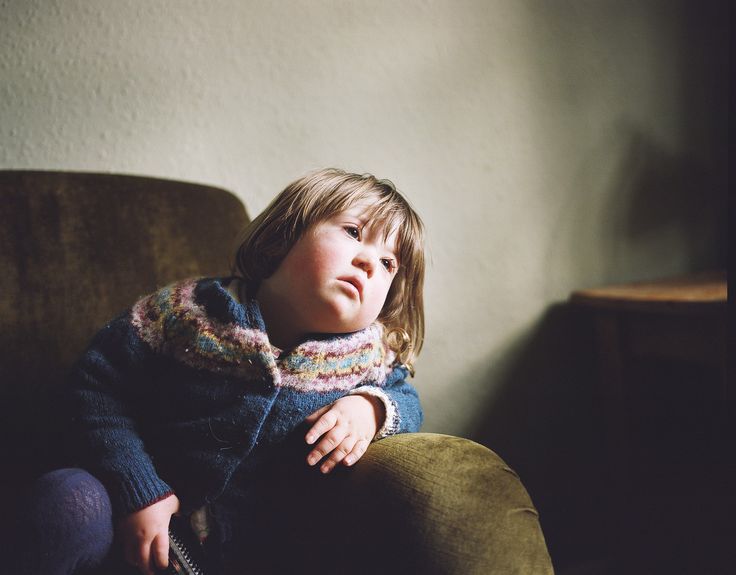
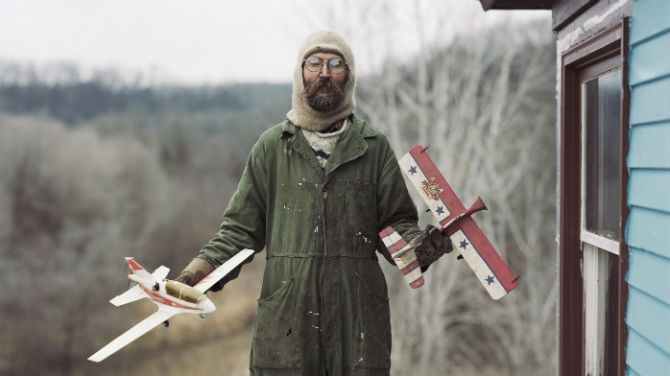
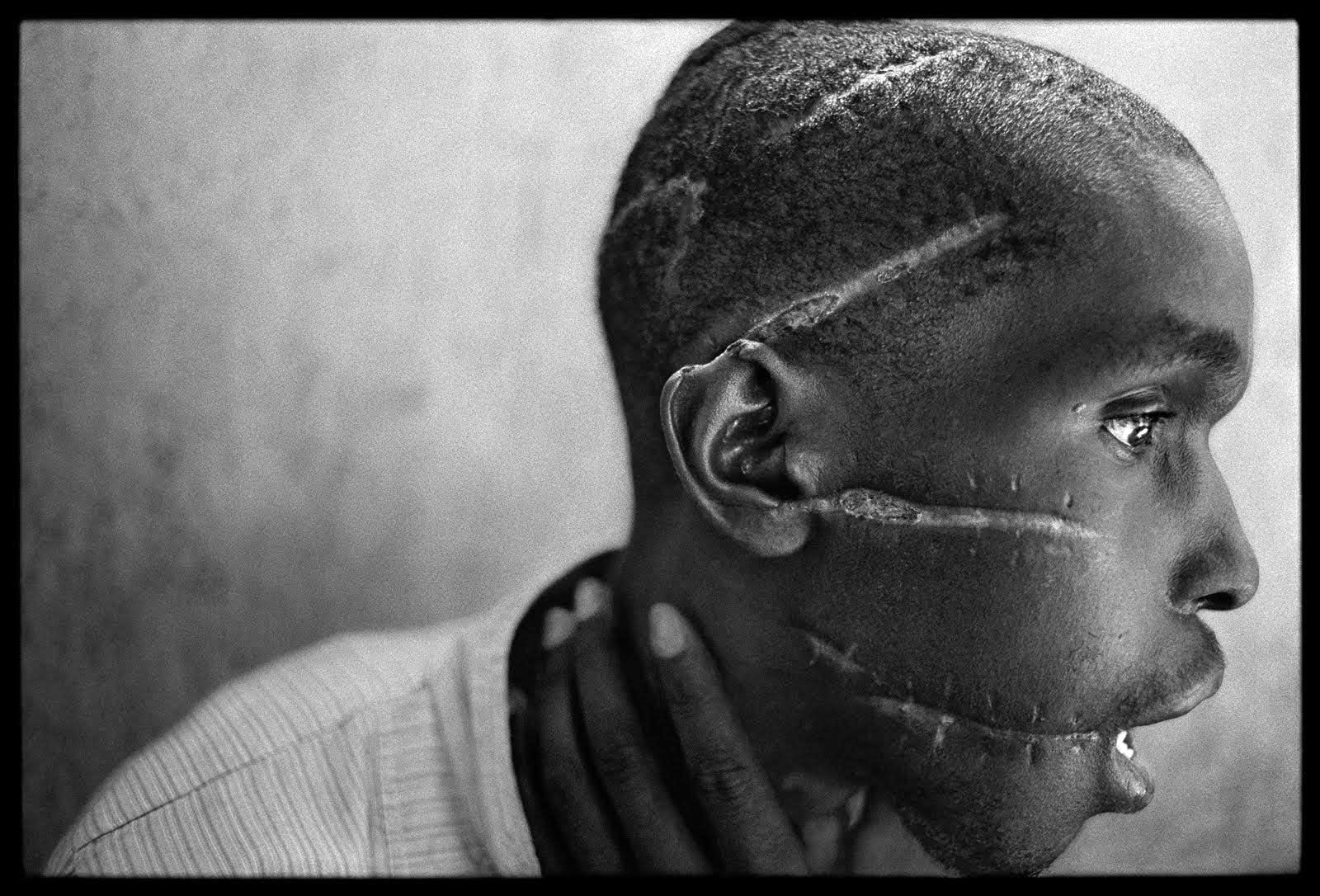

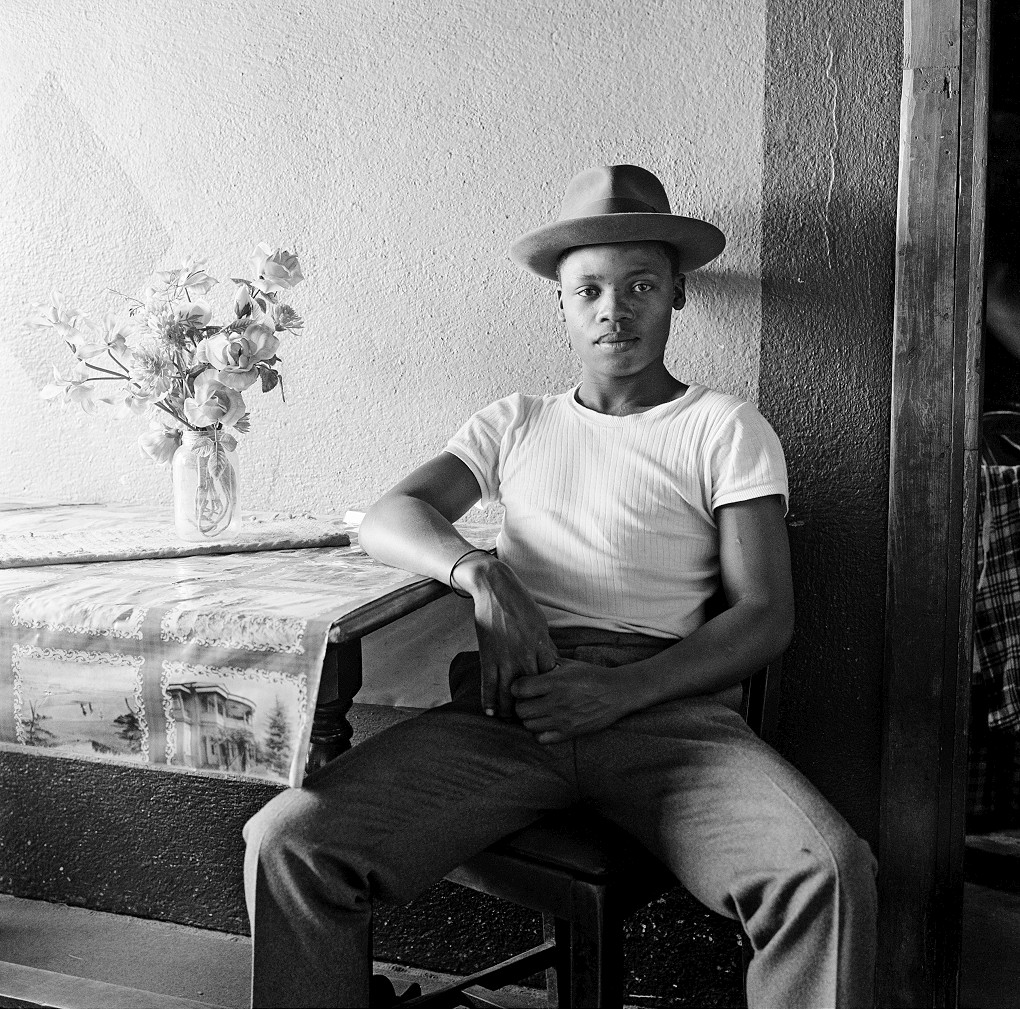





Remember to show your Photo-Shoot Planning and clearly explain :

Please refer to this resource to help you navigate your camera’s function and settings. You will learn how to apply these skills learning to various photo-shoots over the next few months…and you should aim to provide evidence of these skills throughout your coursework.
Remember to practice and experiment. Use your eyes and look. The more you look, the more you will see. How you see the world will determine what kind of photographer you will become.
A camera is only a tool, and it is down to you to get the best out of your equipment by becoming confident and comfortable
https://canon.ca/CanonOutsideOfAuto/learn
You must experiment with each of these skill areas as we move through our sequence of photo-shoots. Remember to include / produce a blog post on each that includes evidence of your experiments and successes…
Remember to use What / How / Why / When when describing and explaining what you are experiencing and achieving with each of these…
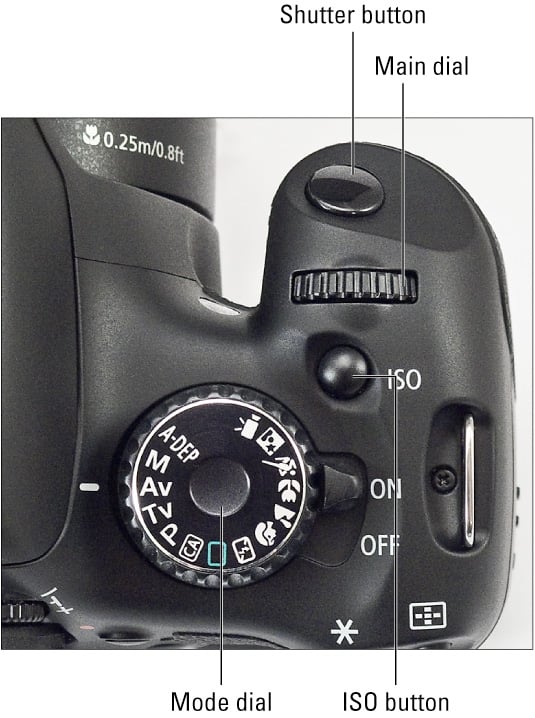
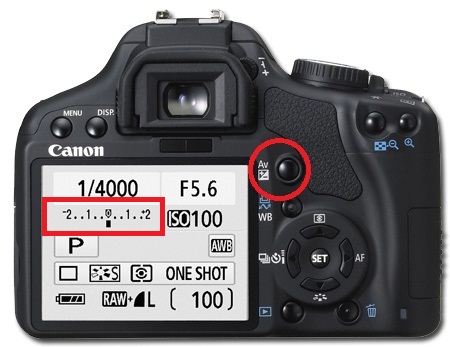


Many digital cameras include an Auto Exposure Bracketing (AEB) option. When AEB is selected, the camera automatically takes three or more shots, each at a different exposure. Auto Exposure Bracketing is very useful for capturing high contrast scenes for HDR like this…
…by taking the same photograph with a range of different exposure settings
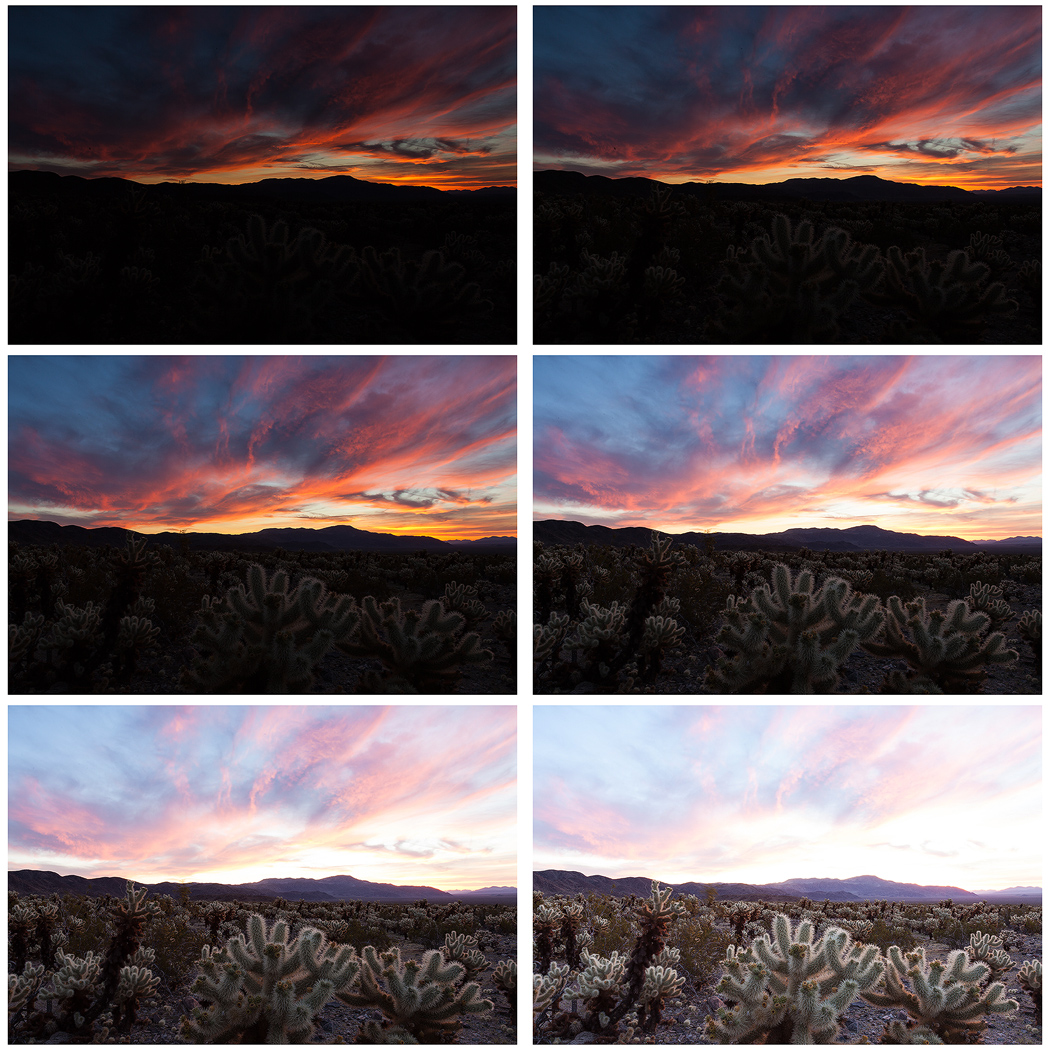
You can use Exposure Compensation to quickly adjust how light or how dark your exposure will be using these controls…


Then you can create your High Dynamic Range images by using this process in Adobe Photoshop…
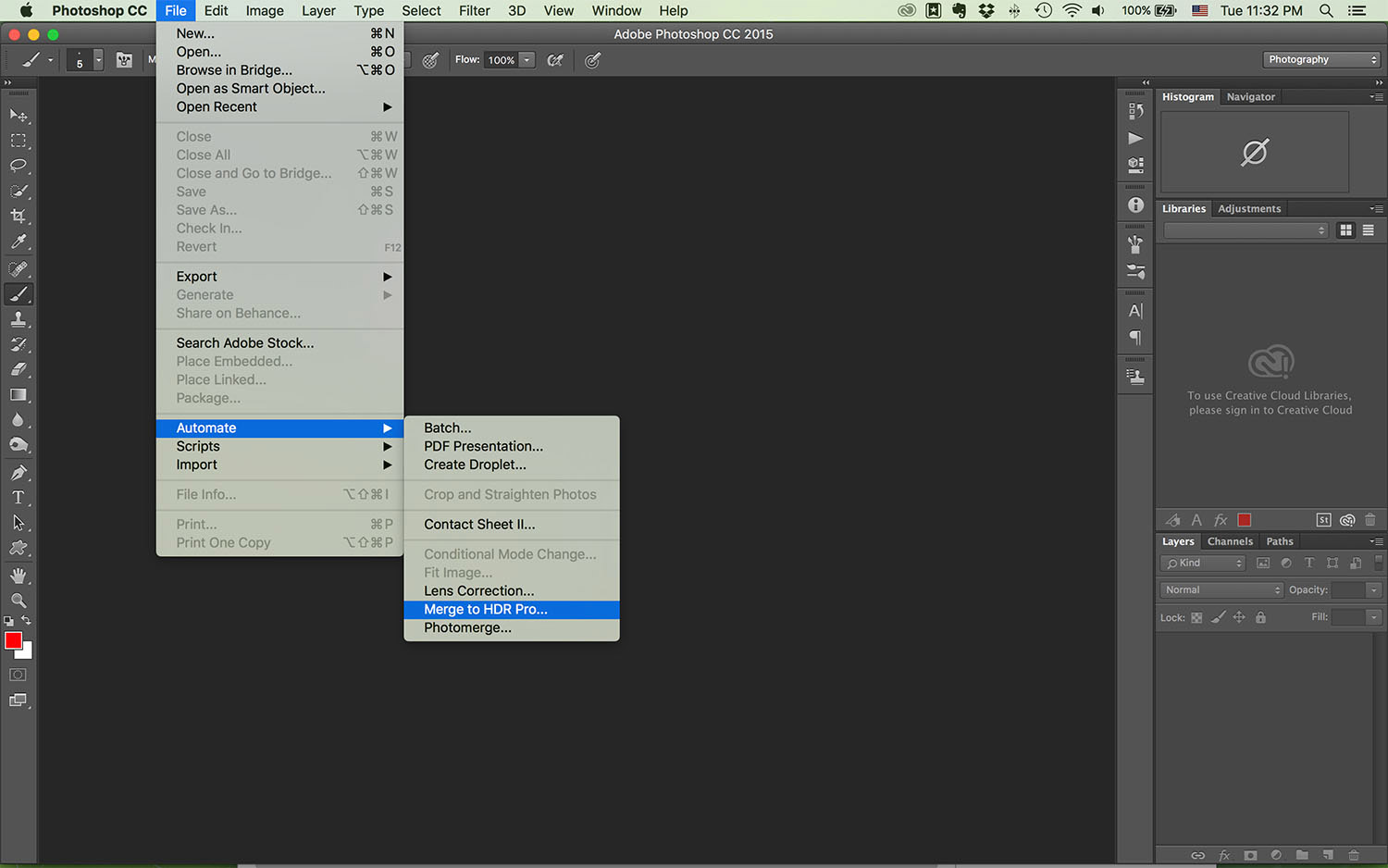
Understanding Composition
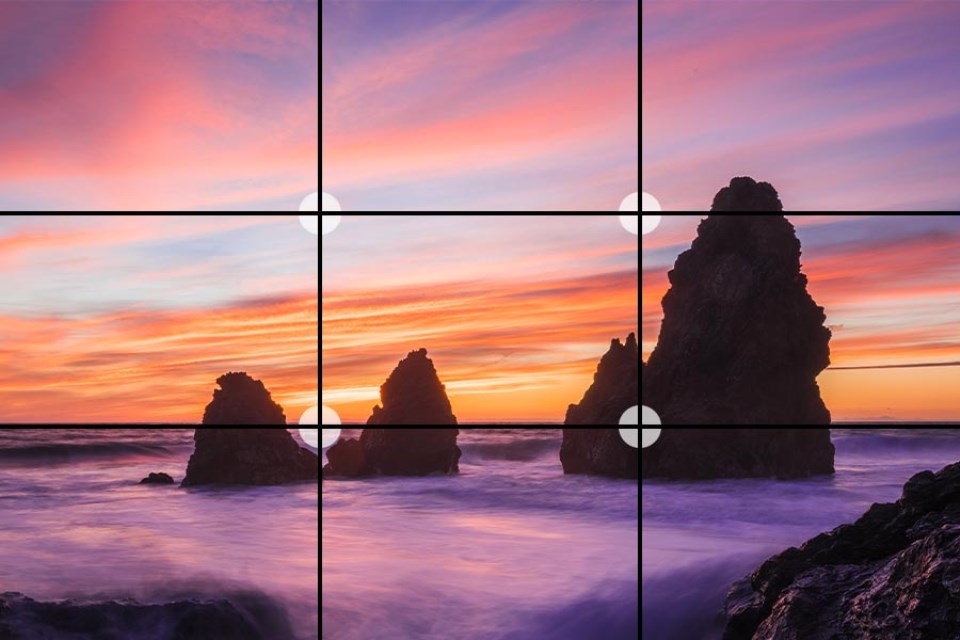
2. Fibonacci Curve
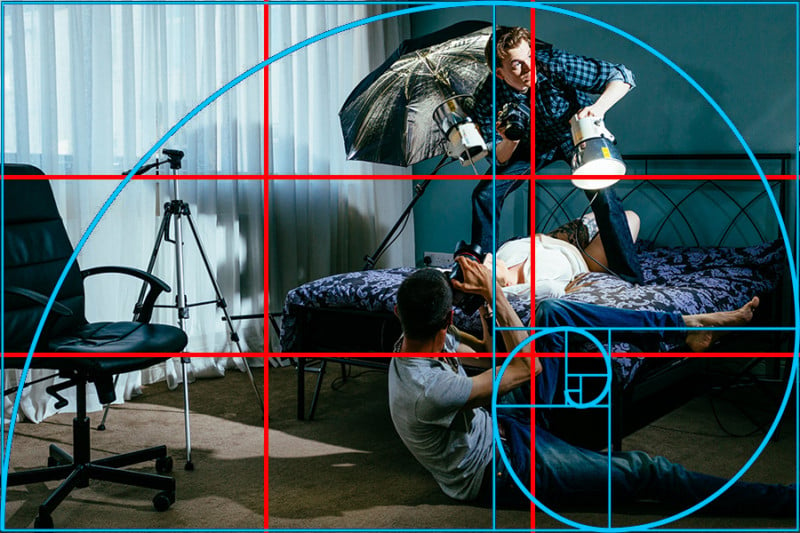
3. Triangles / angles / Golden Section
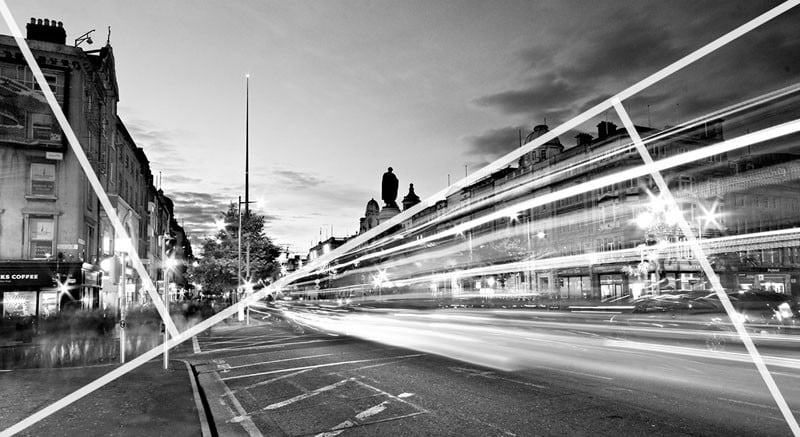
Cropping / framing

Understanding Lenses and Focal Length

Perspective and Depth
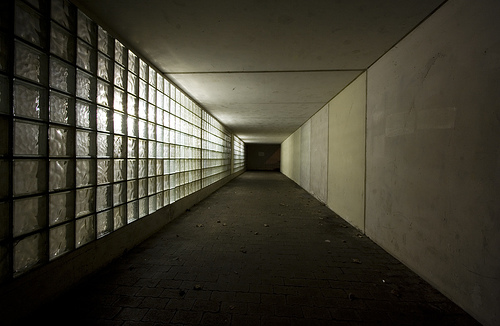


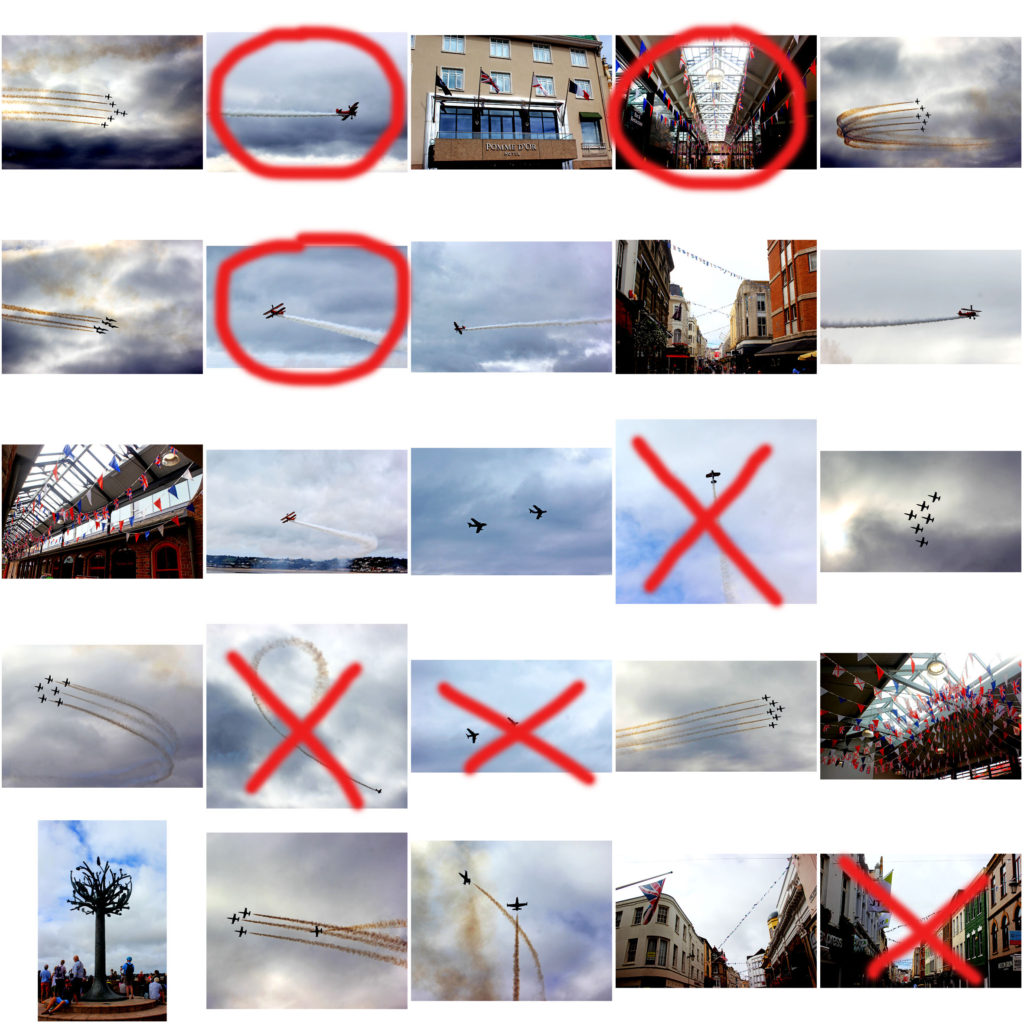
I have displayed a collection of my Air Display images into a large contact sheet using Photoshop, so I was able to compare each image and decide which ones were my best outcomes. I used the pen tool to cross and circle what I believe are the best and worst images in this series, and which ones I will be using again. My reasons behind the crossed out images were mainly to do with the lighting, lack of clarity, composition and view. For example, the planes were very far away, making the image unclear, or the positioning of them wasn’t aesthetically pleasing in my image.
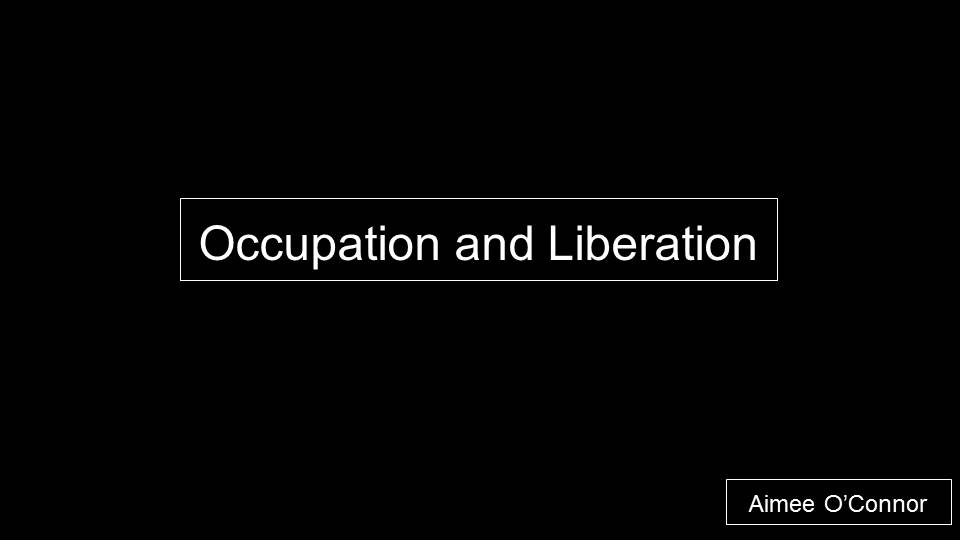


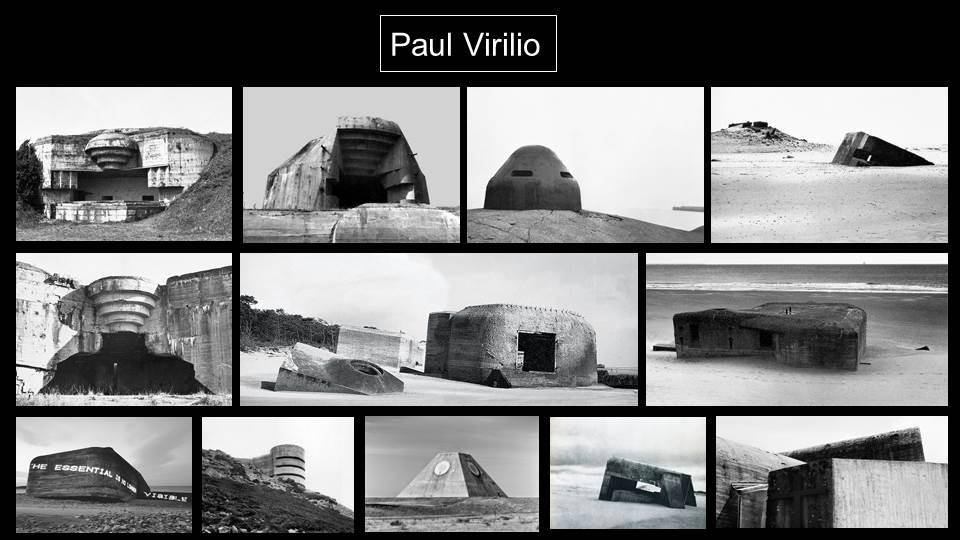

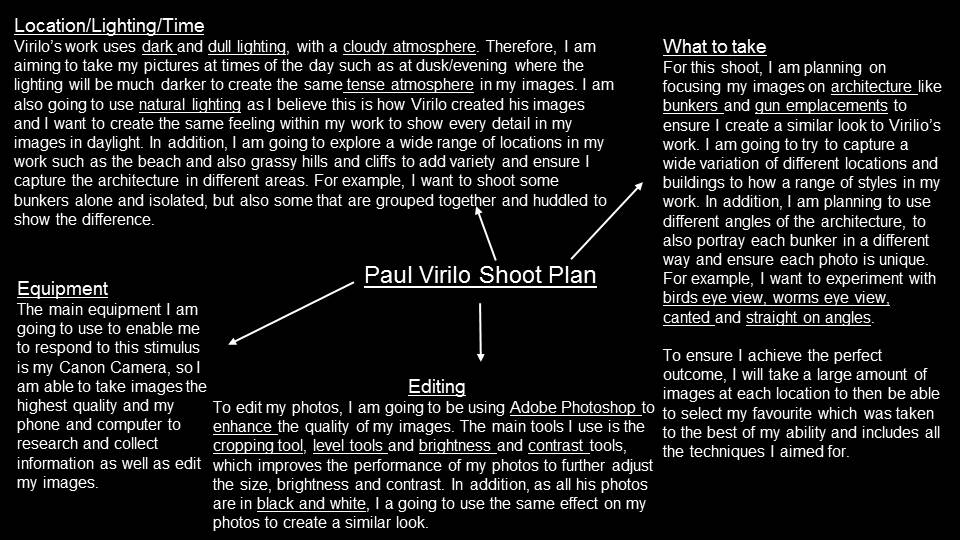
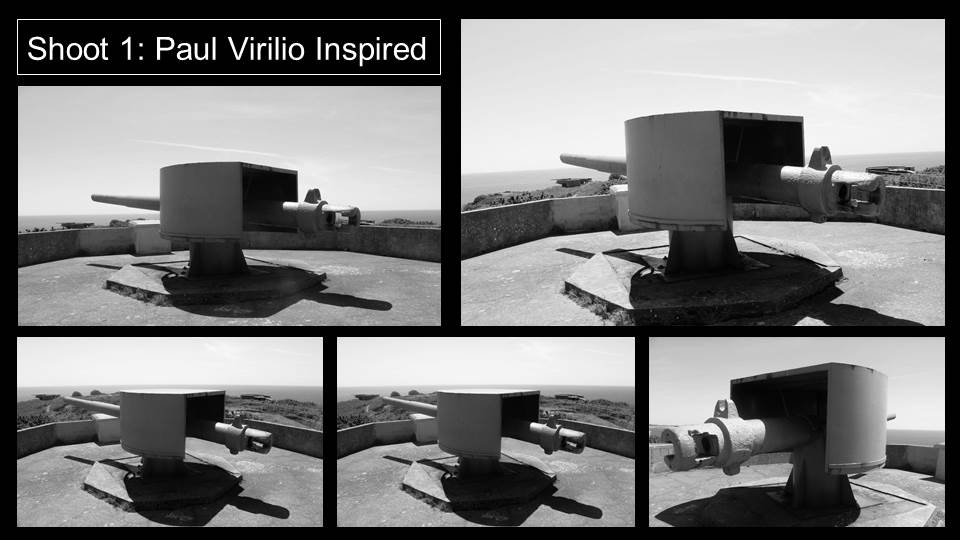
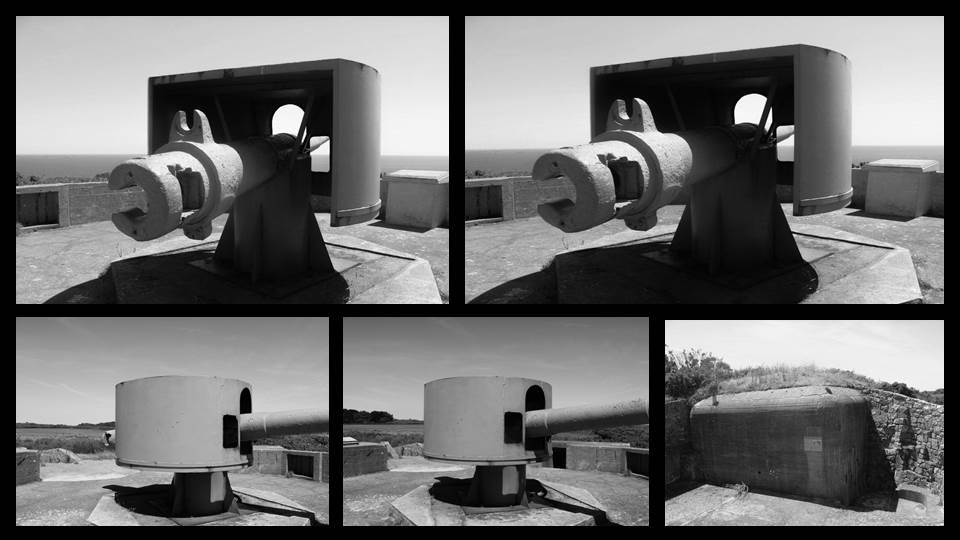
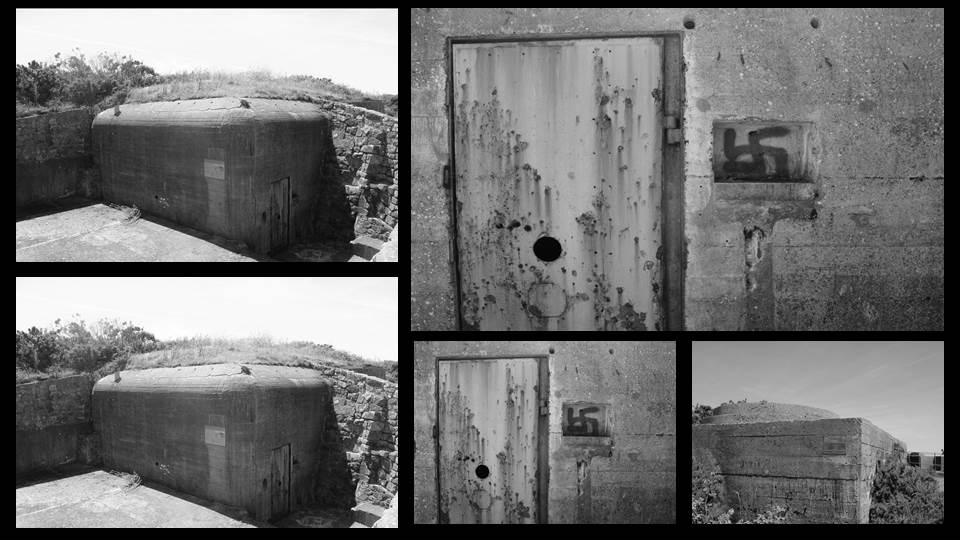

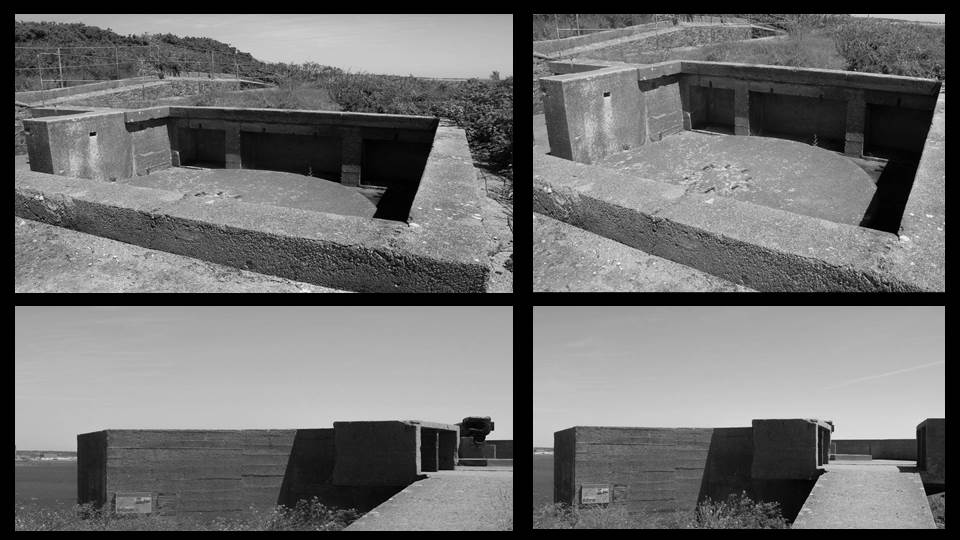


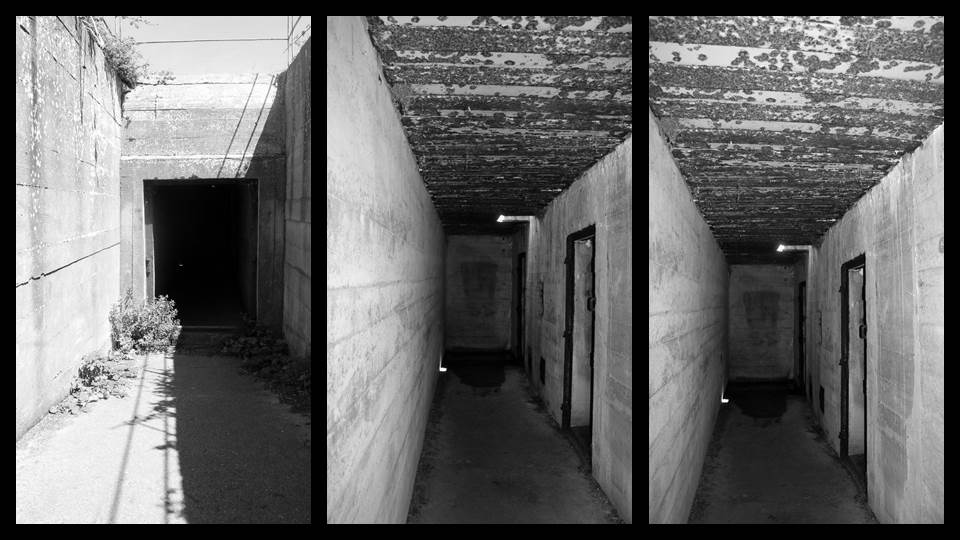

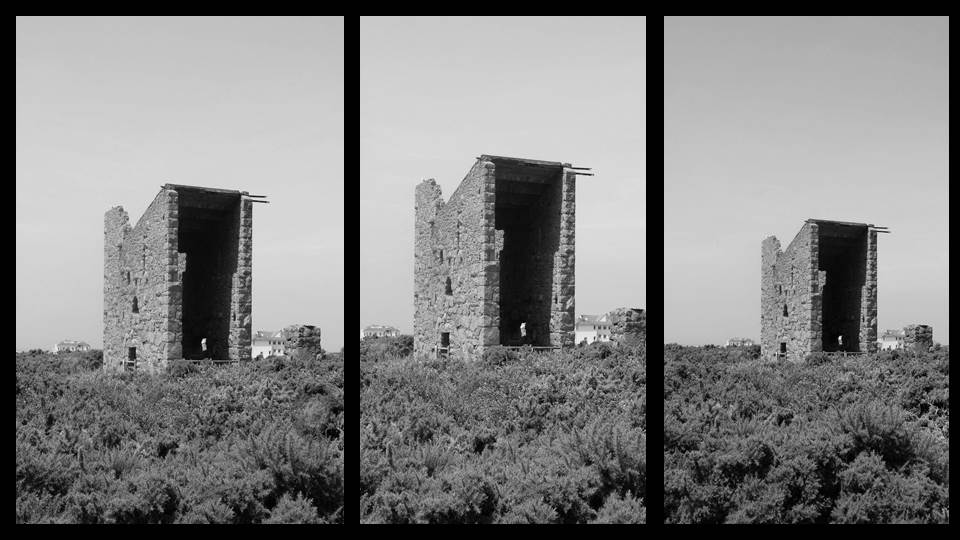
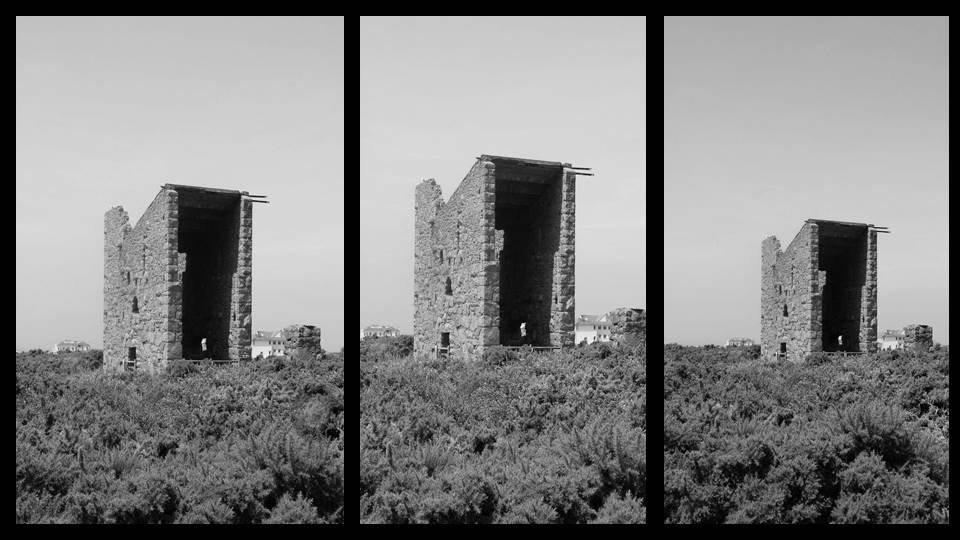
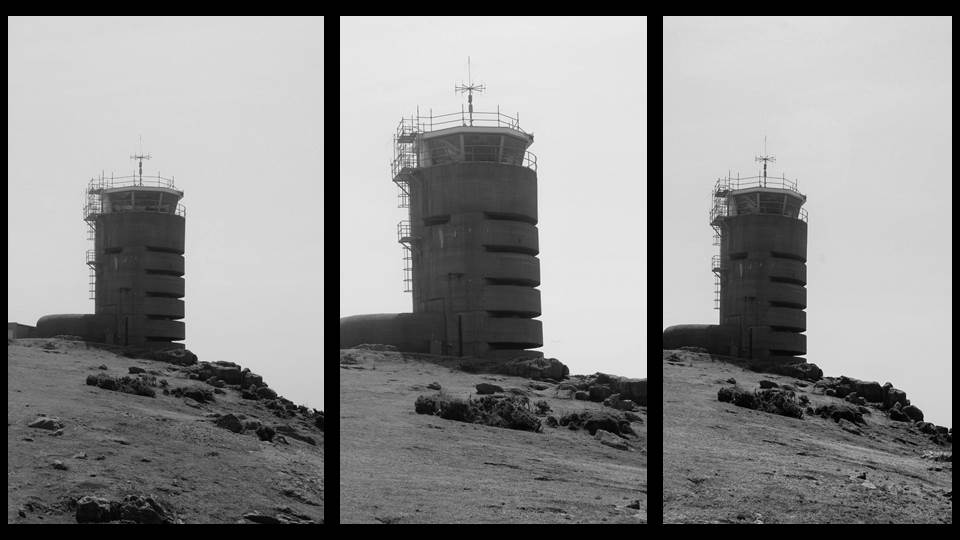
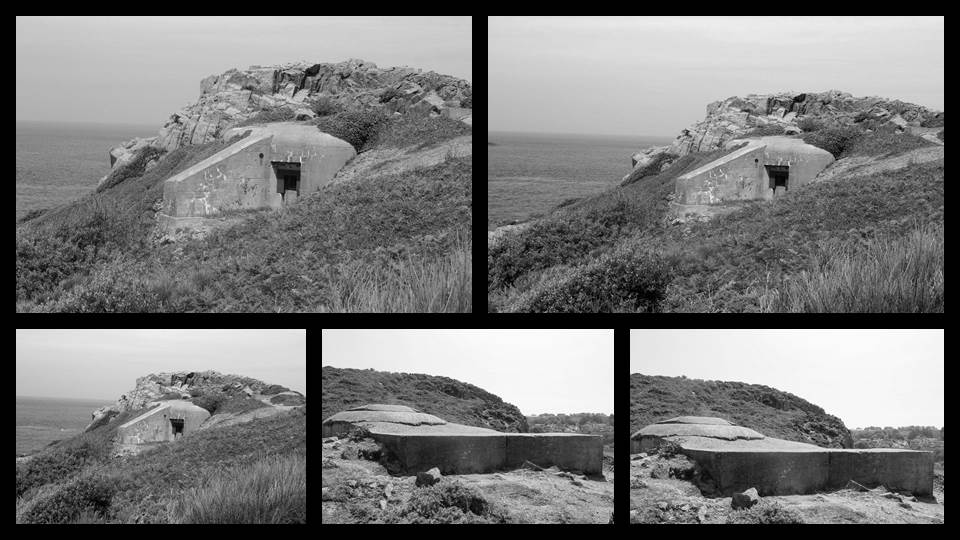
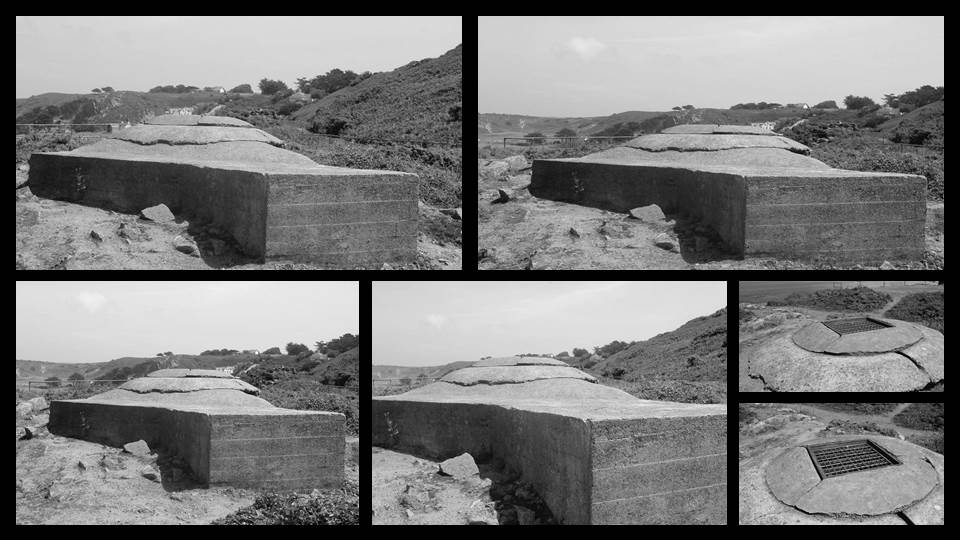

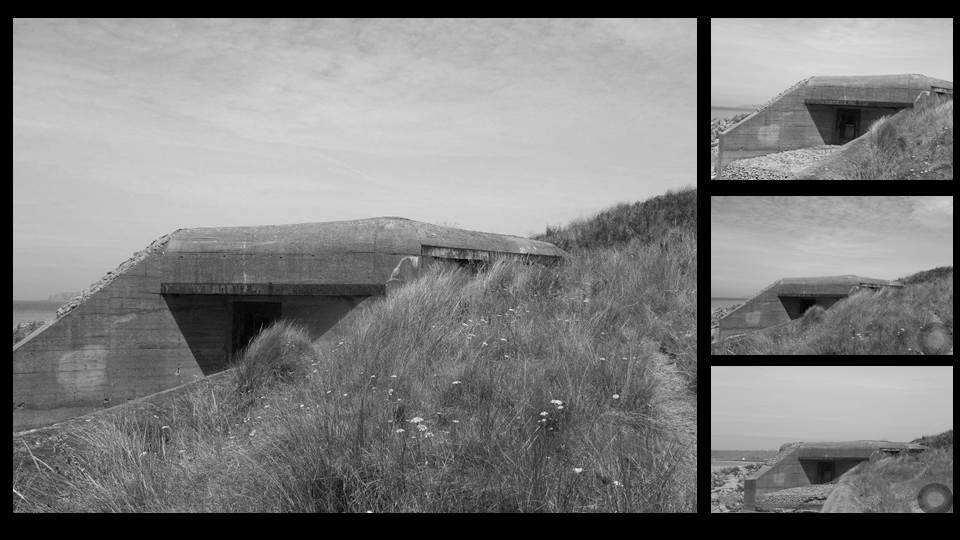
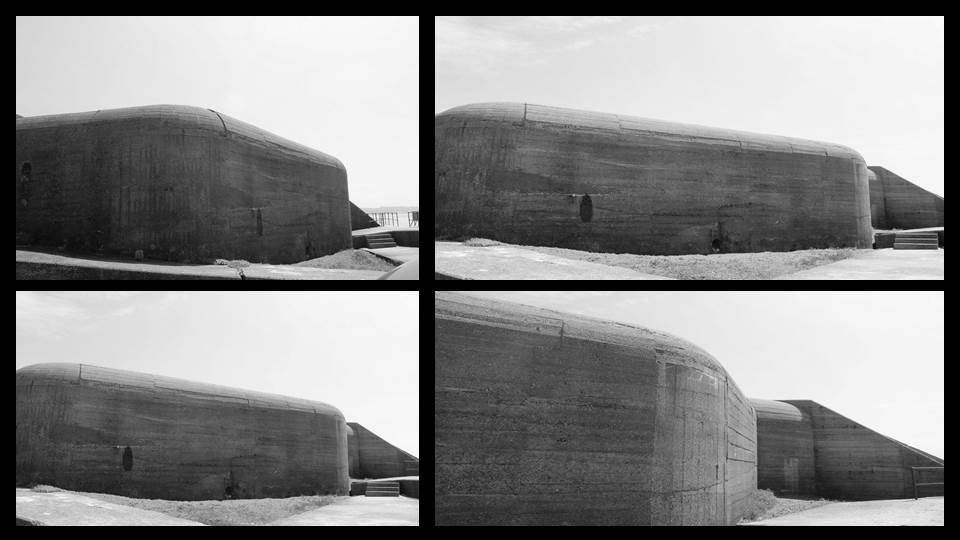
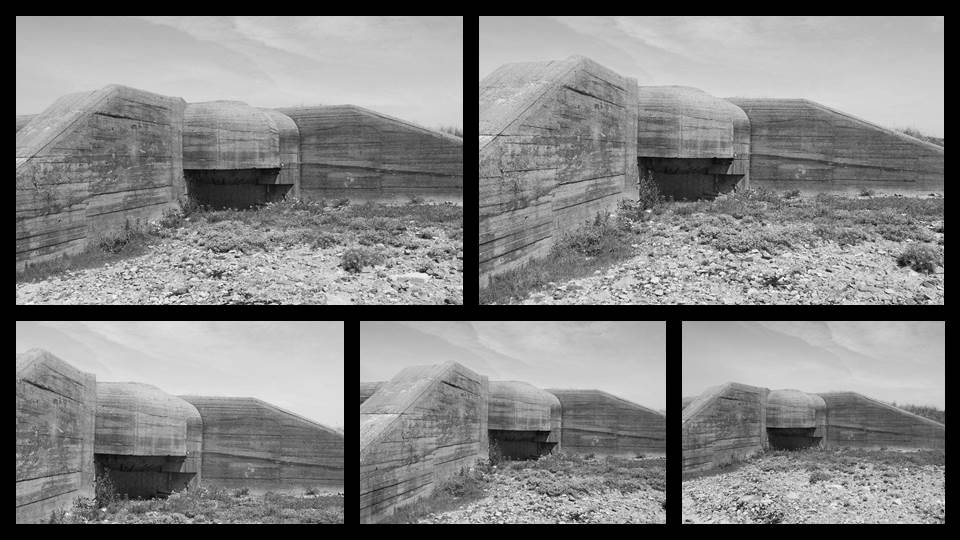
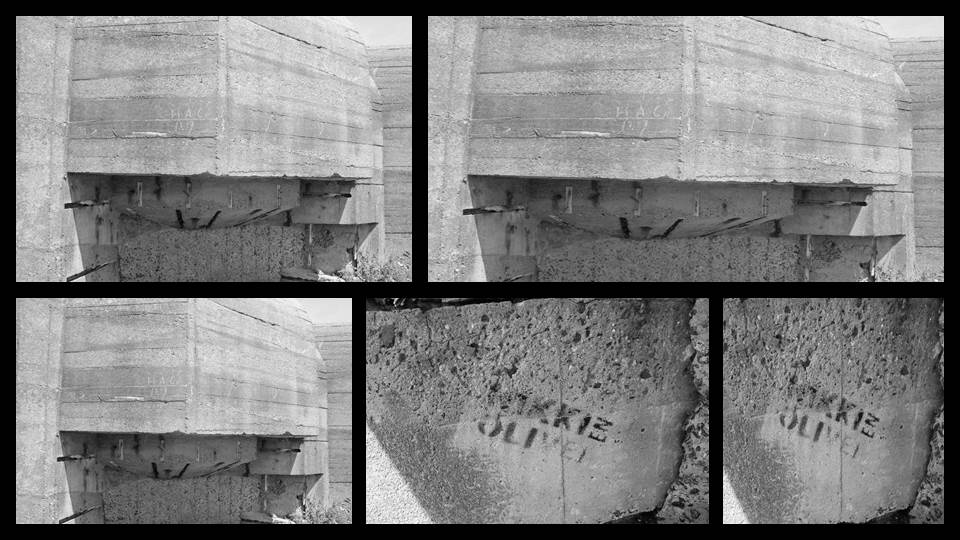
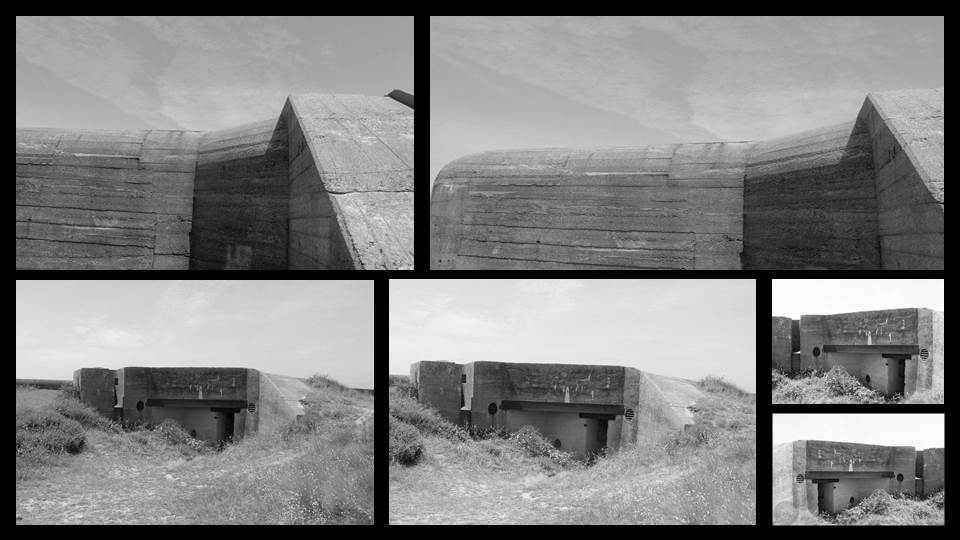

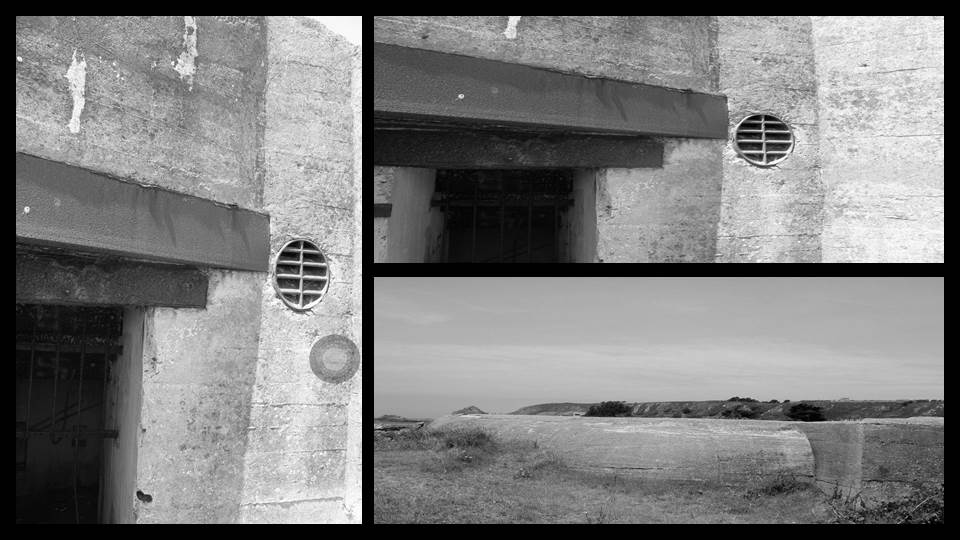
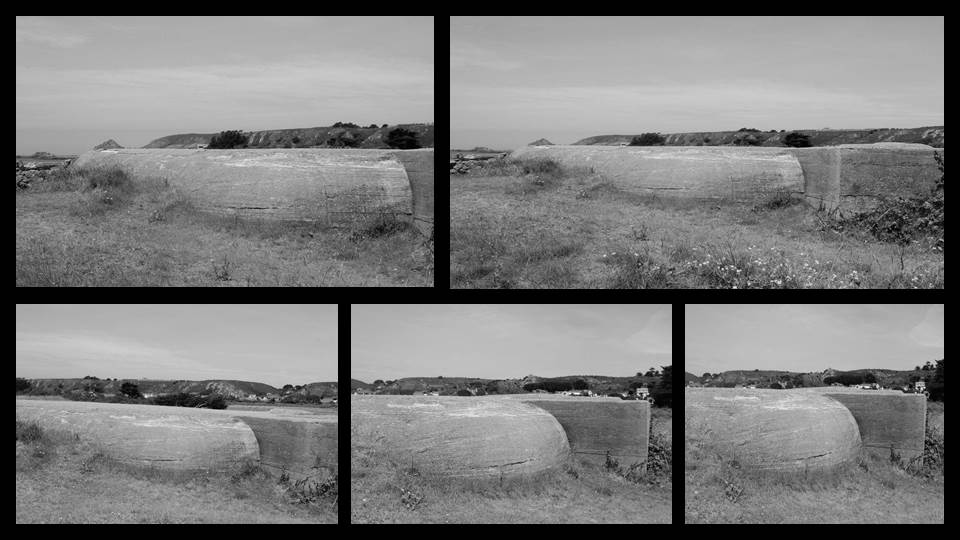
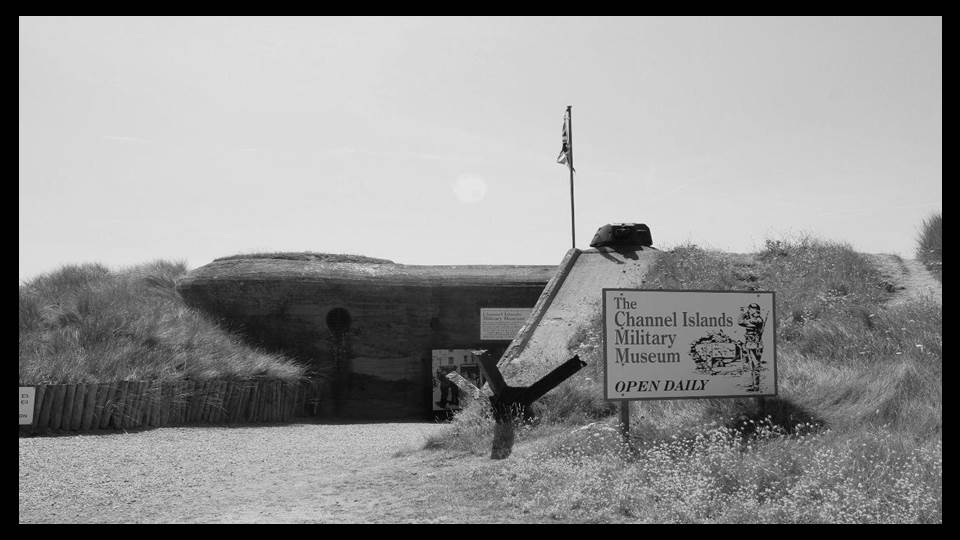

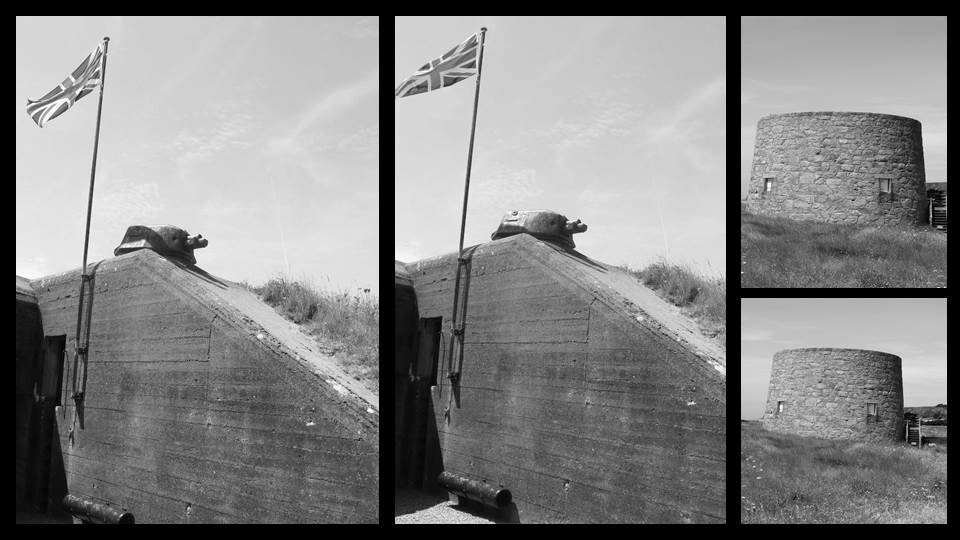
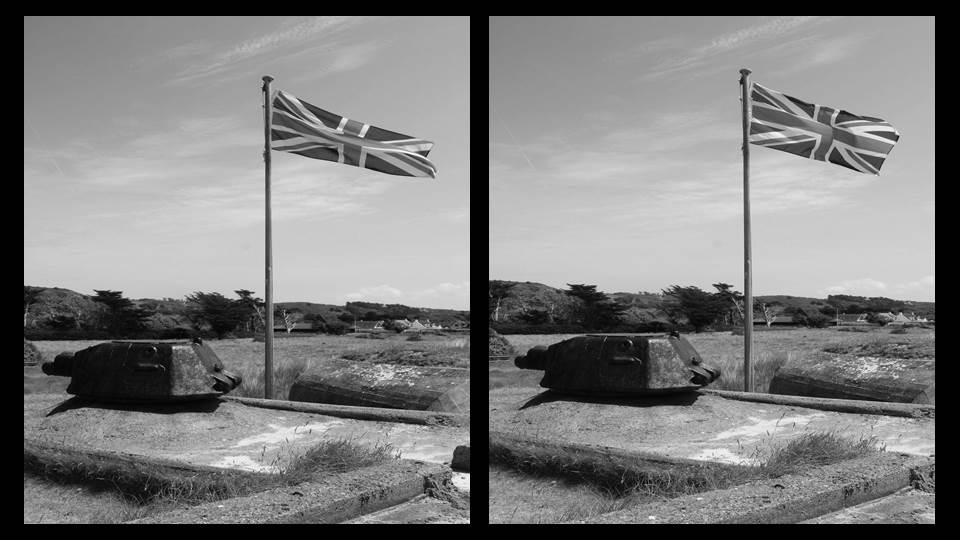

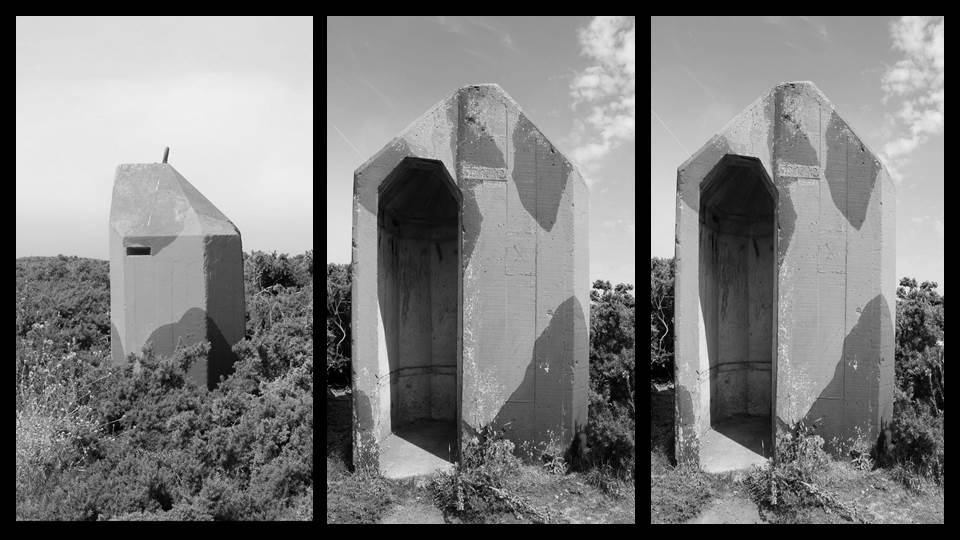
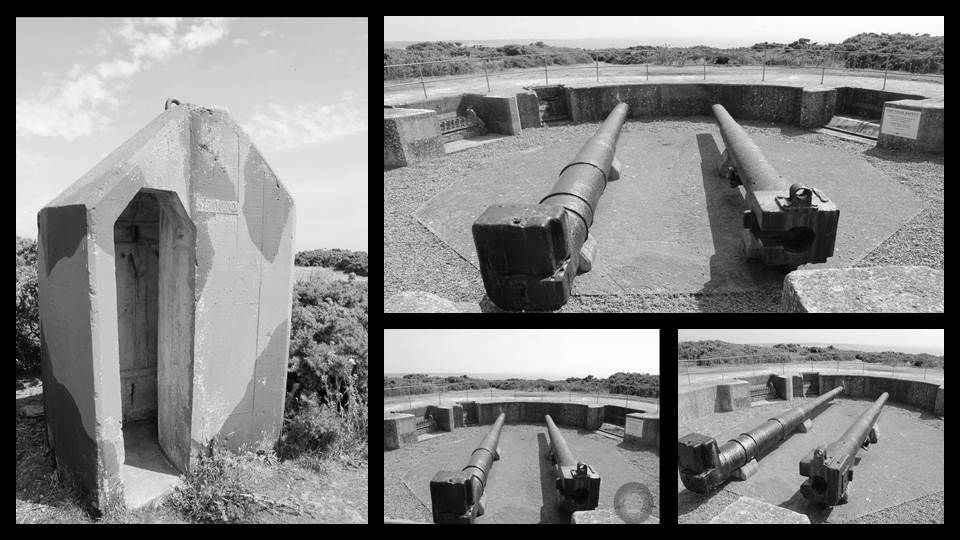
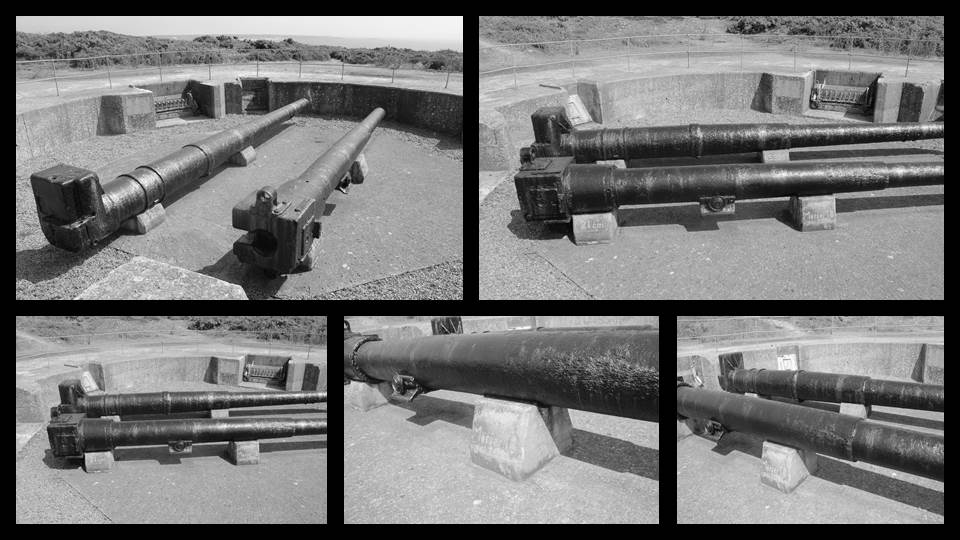
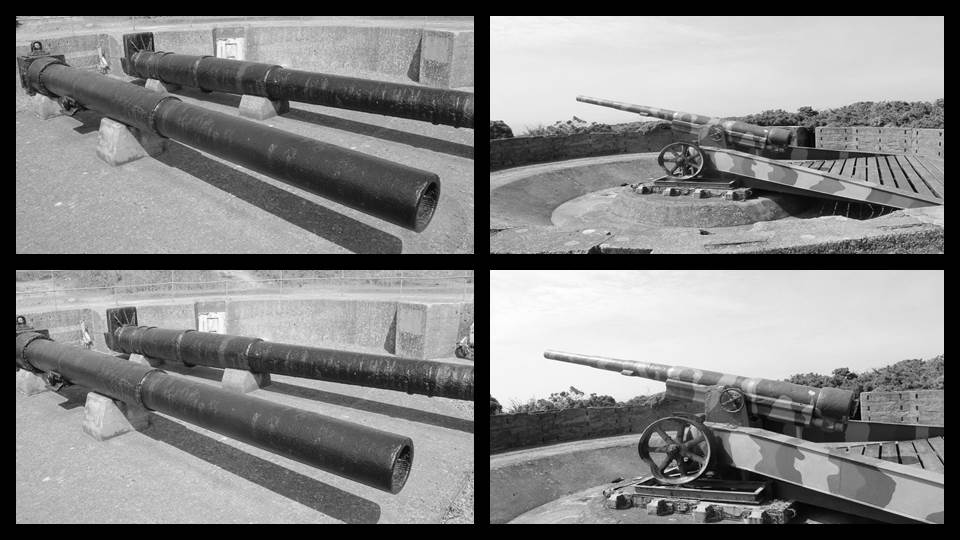







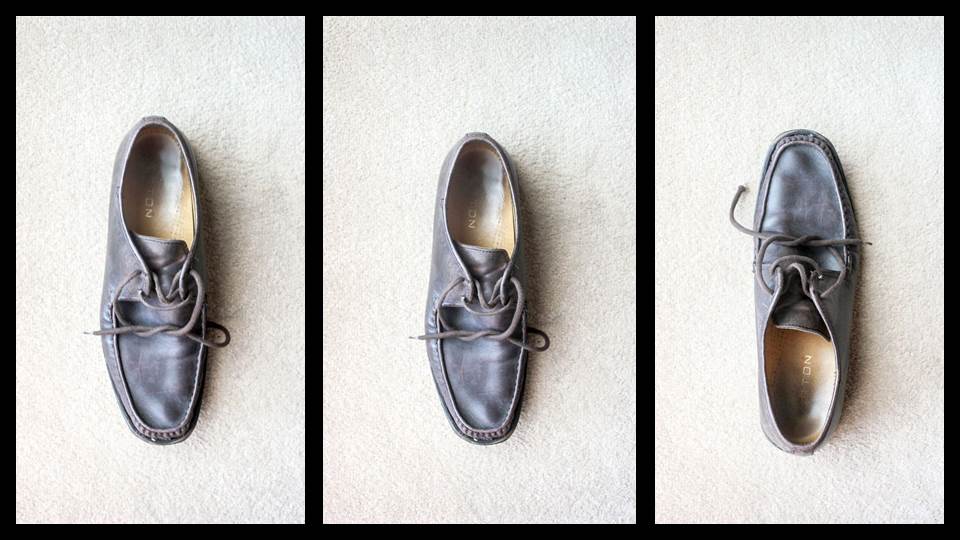
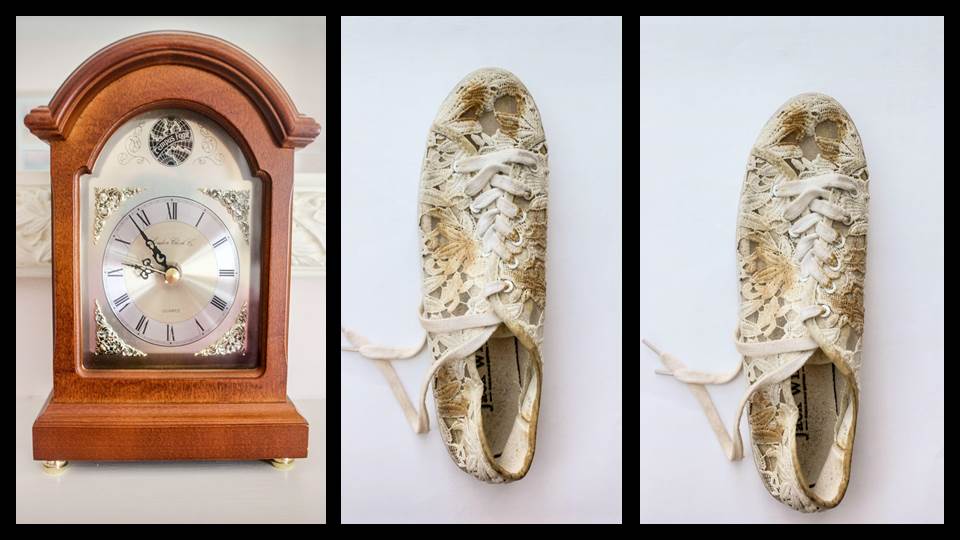

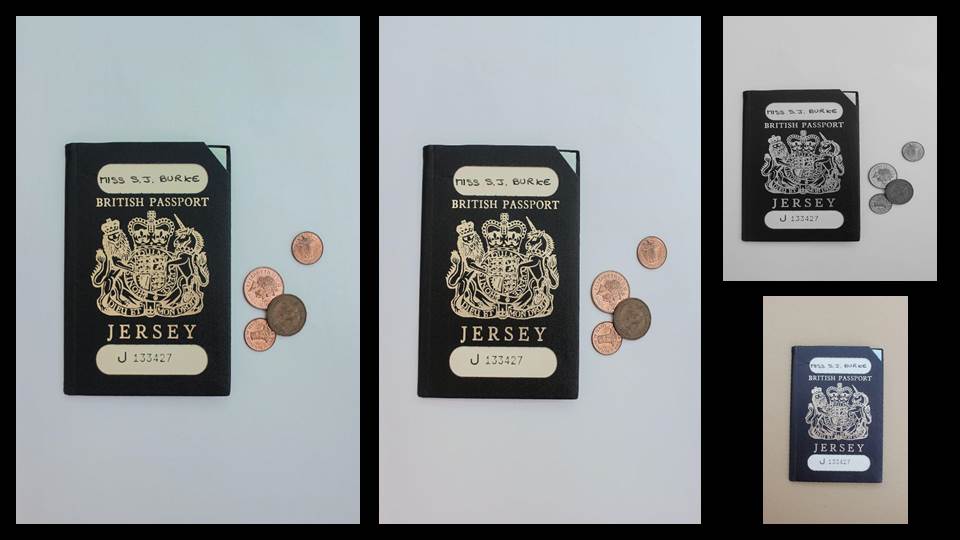







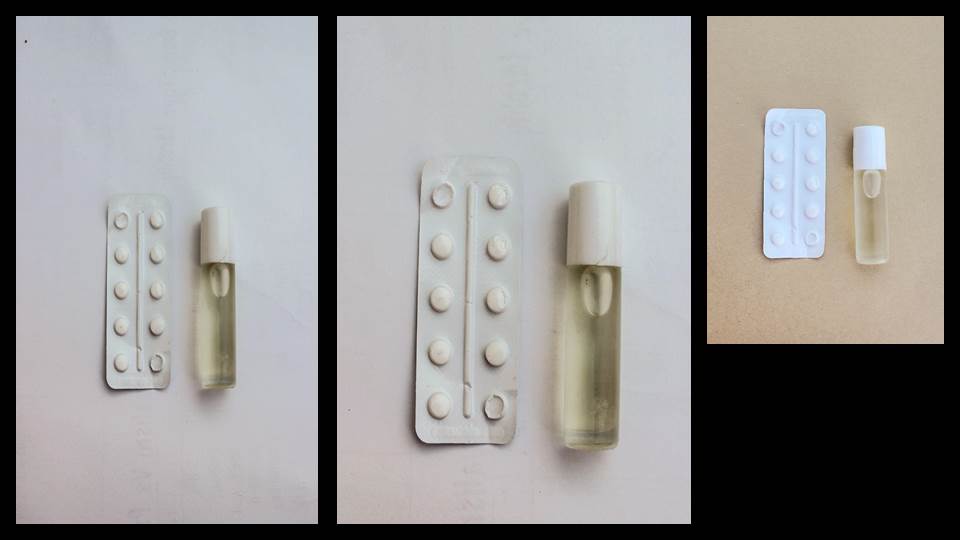

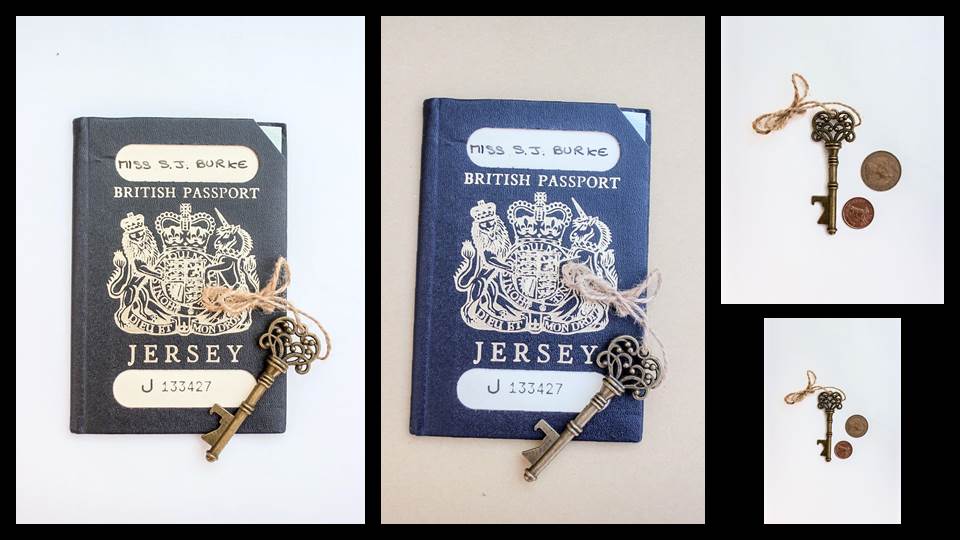
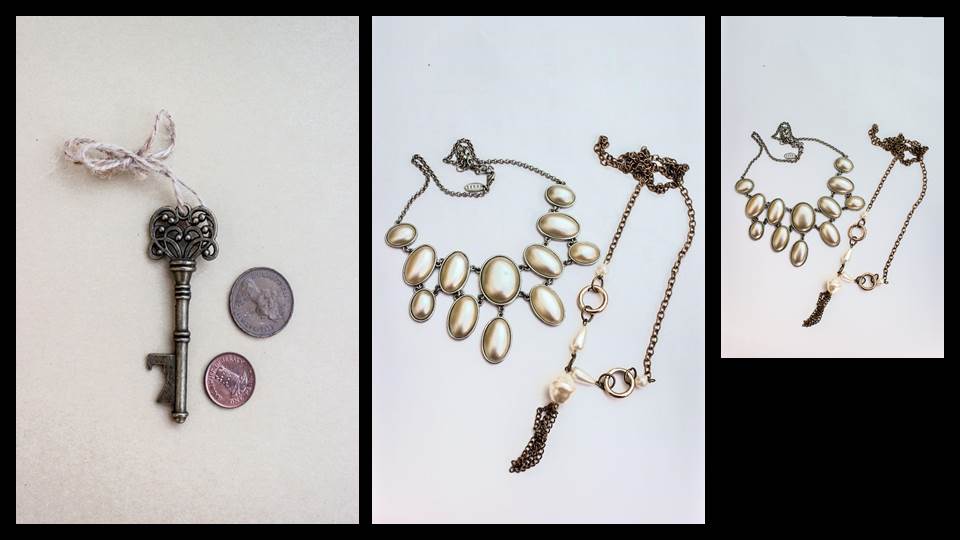


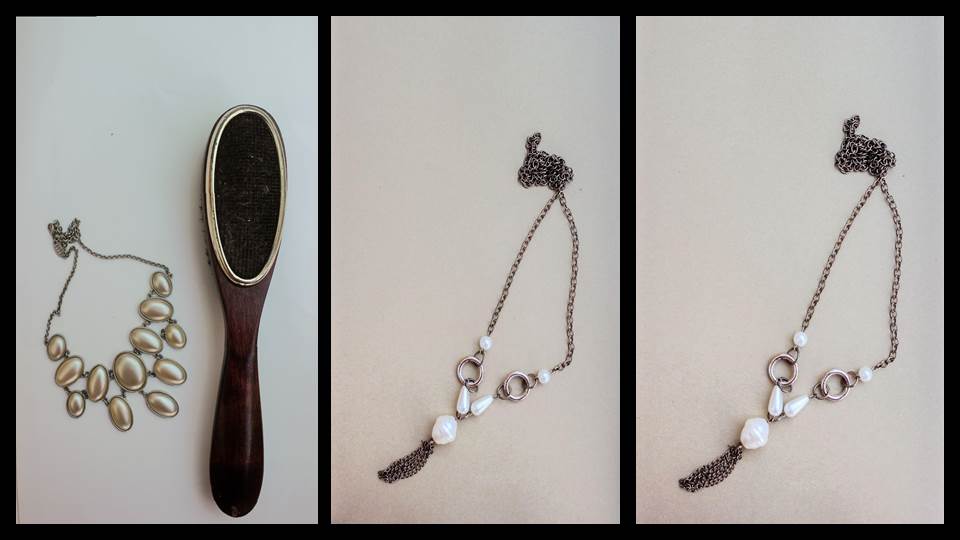
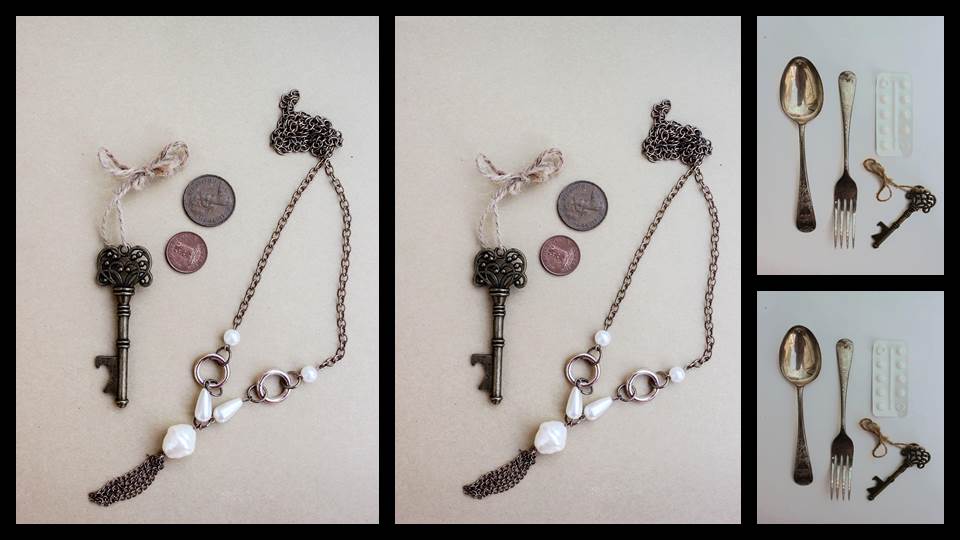
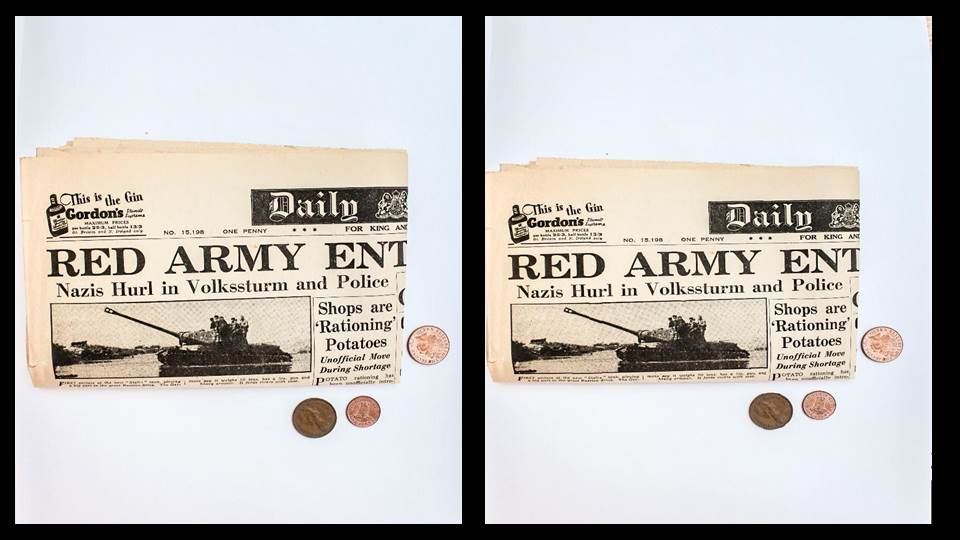
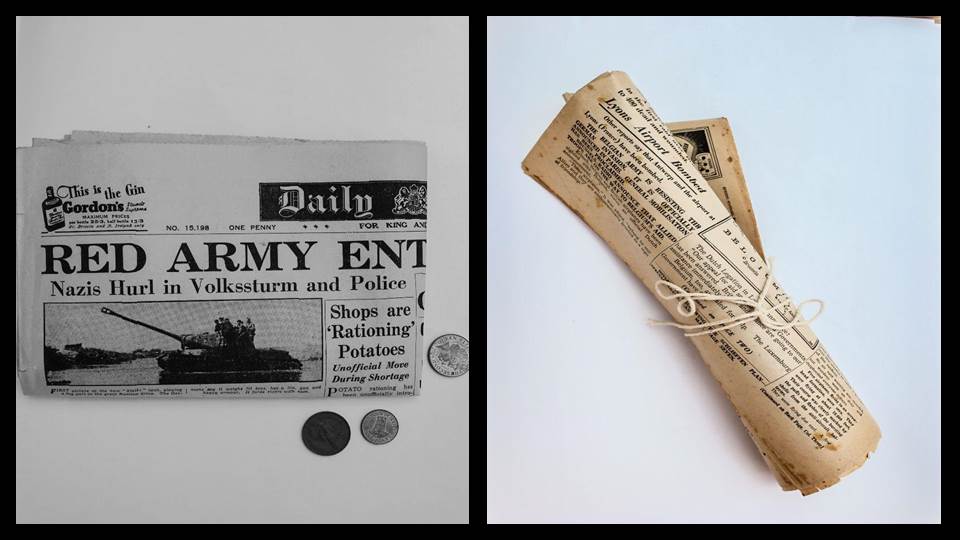



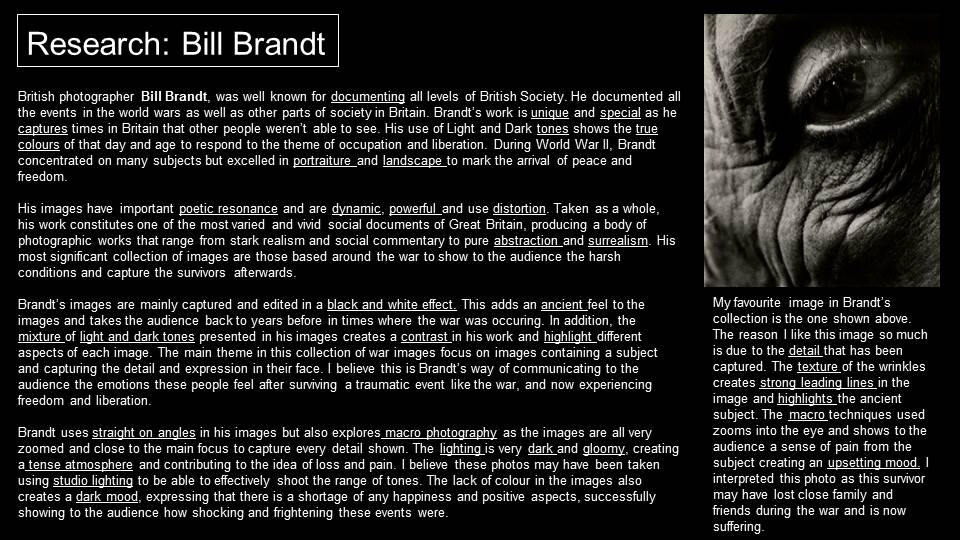
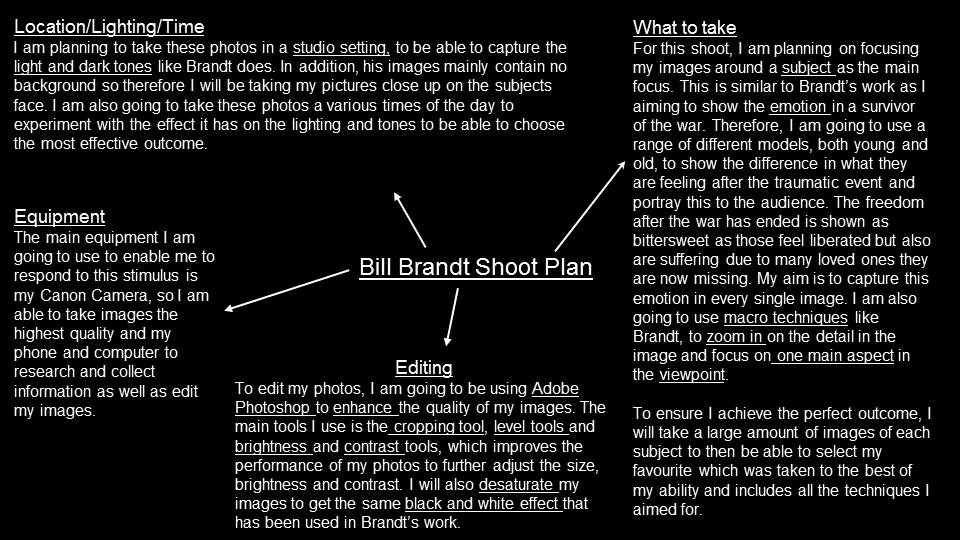
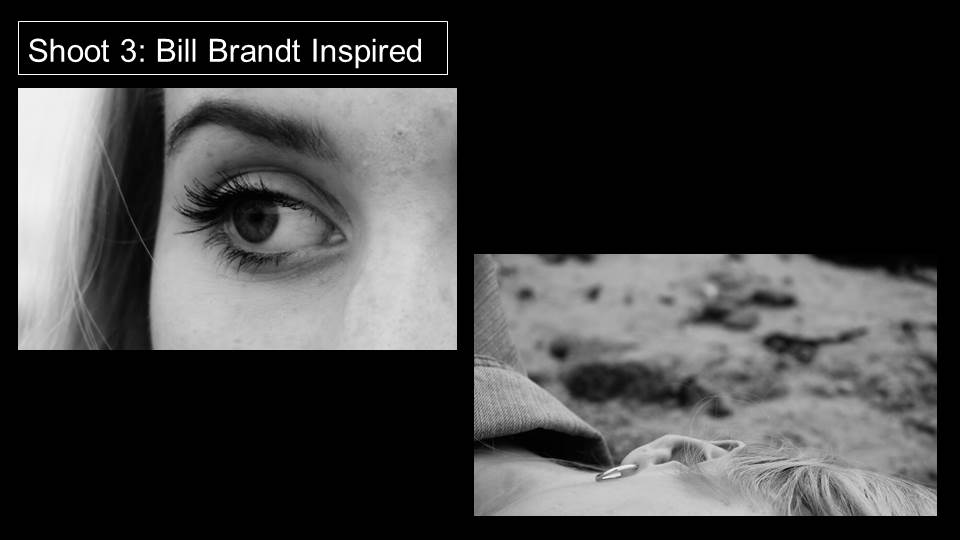
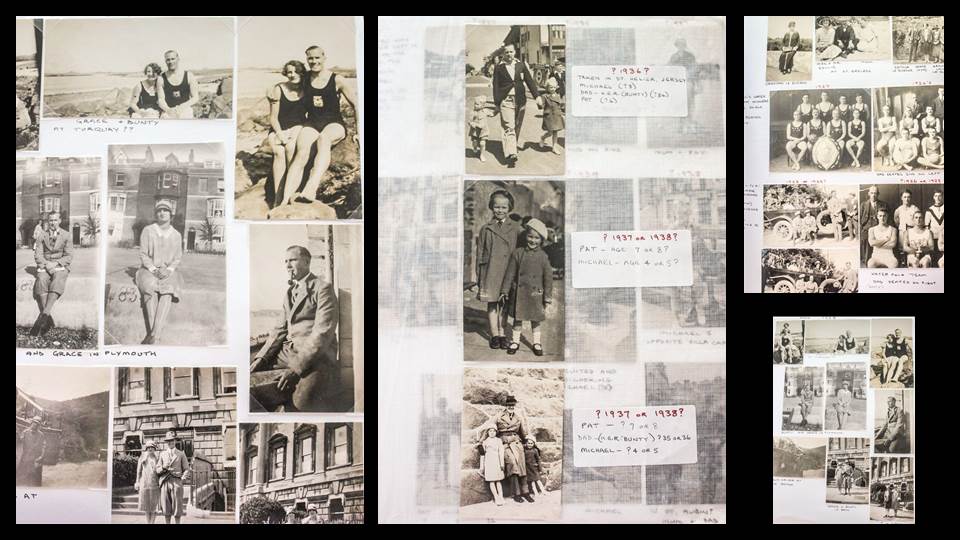
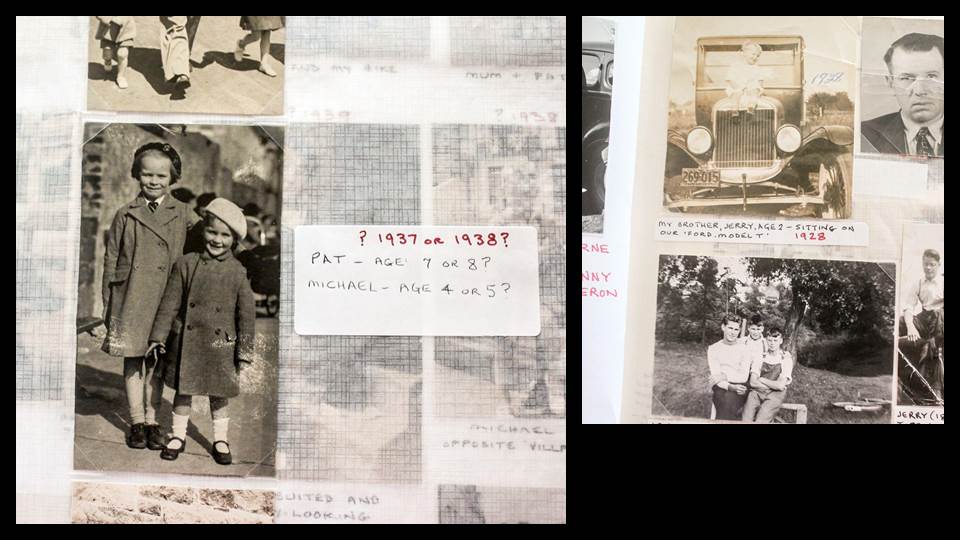
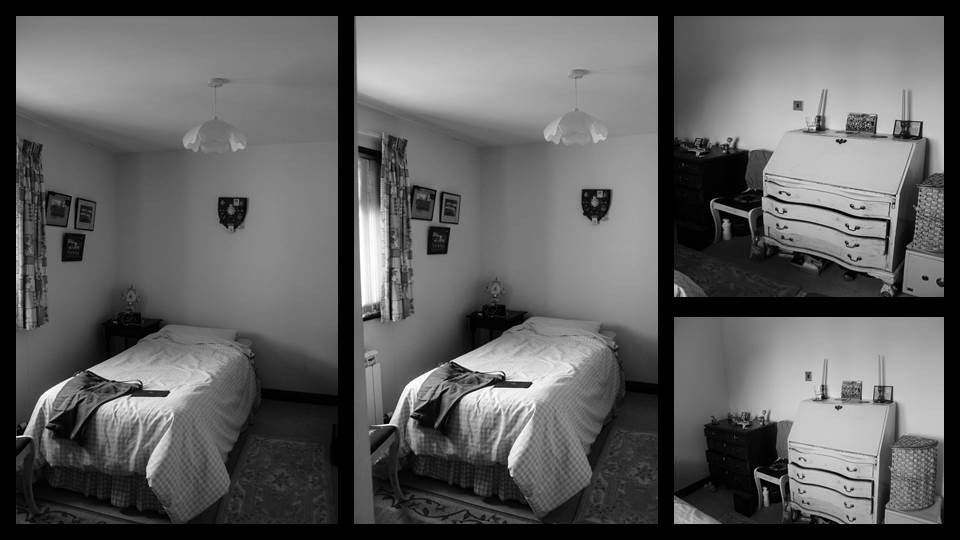

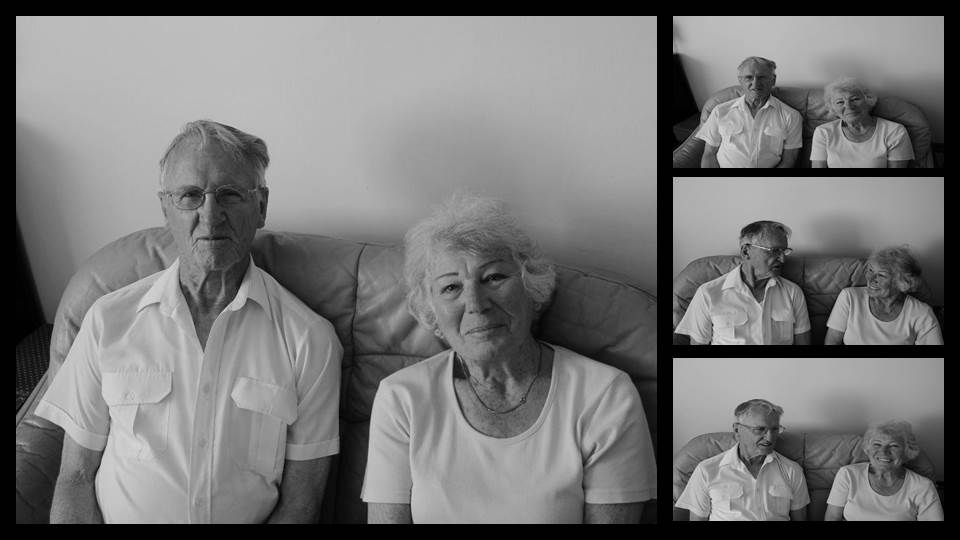
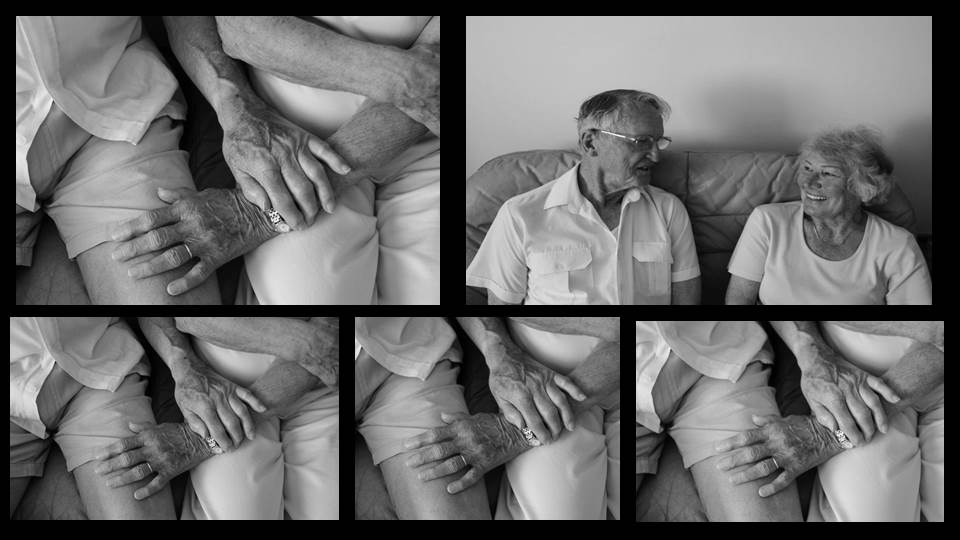
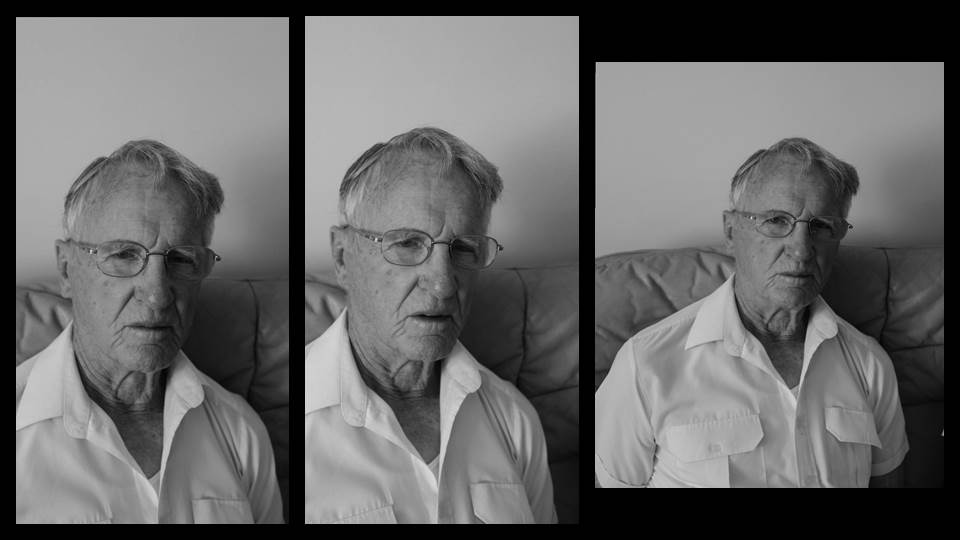


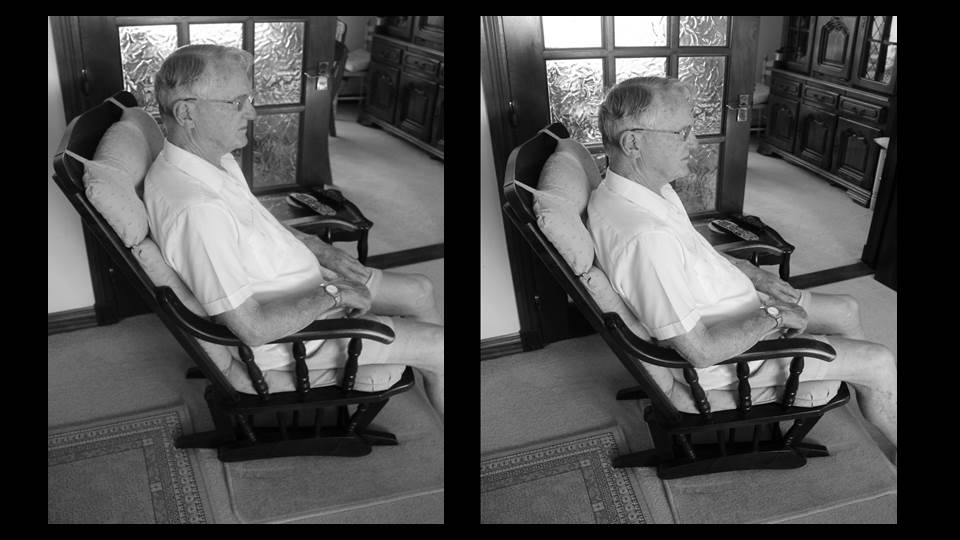
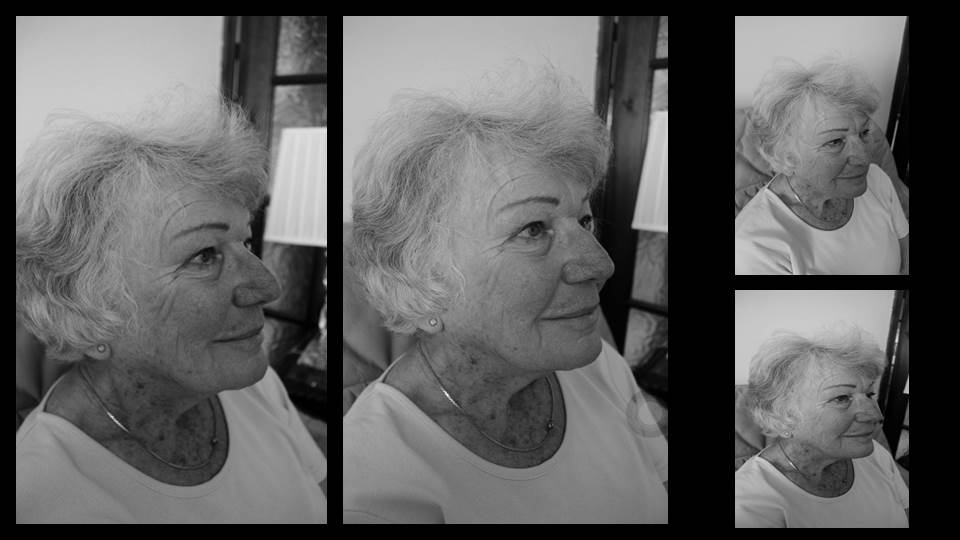
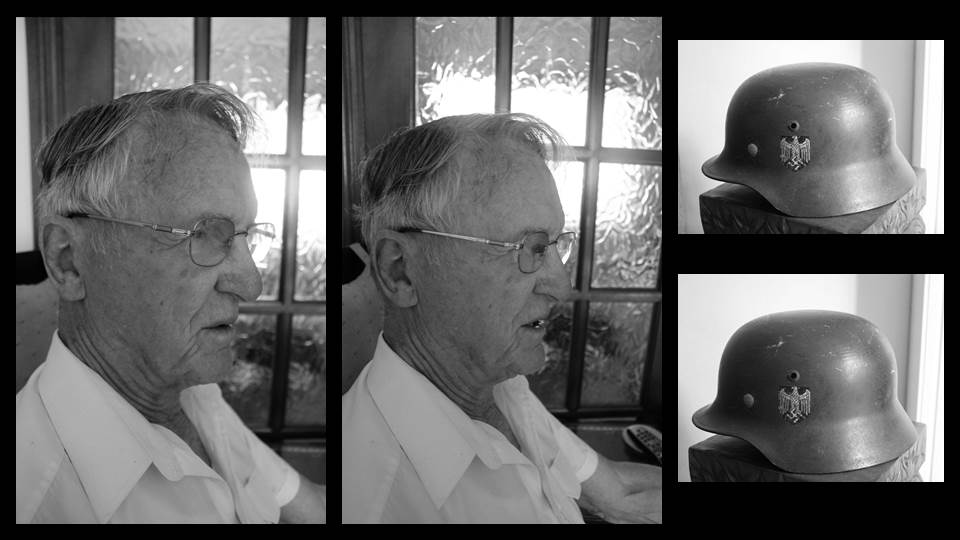
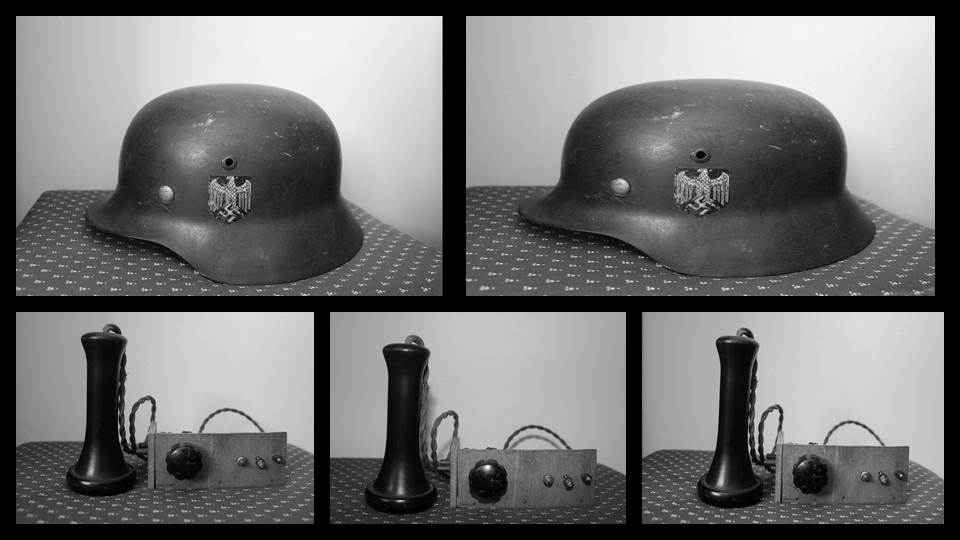
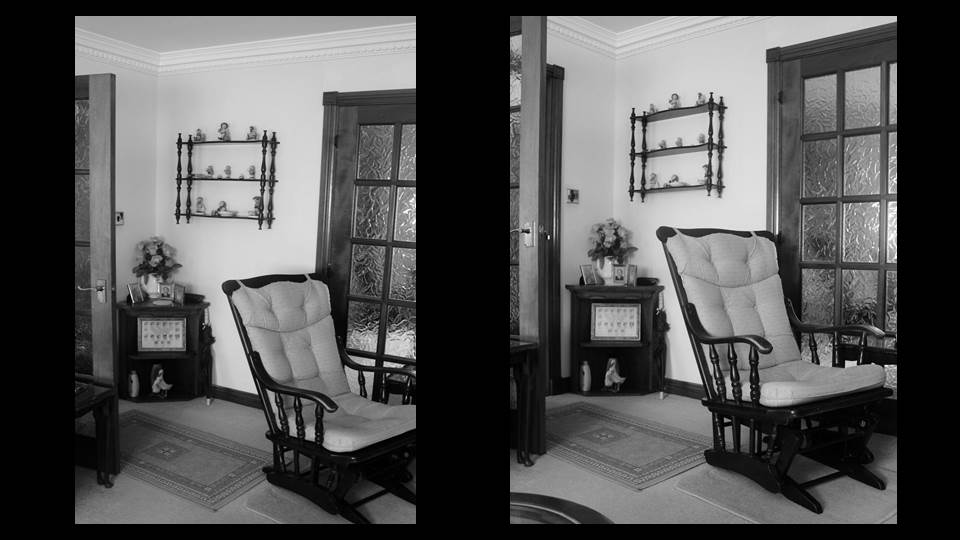
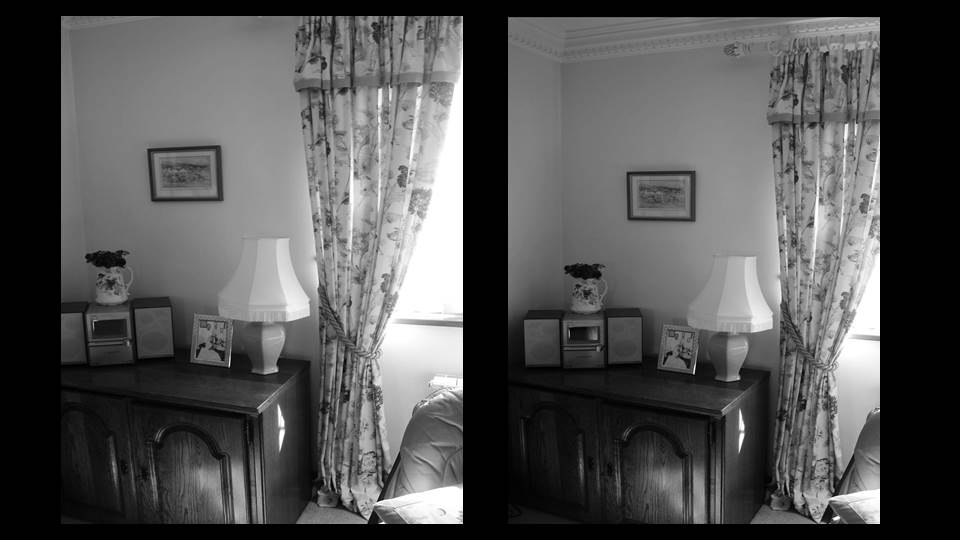

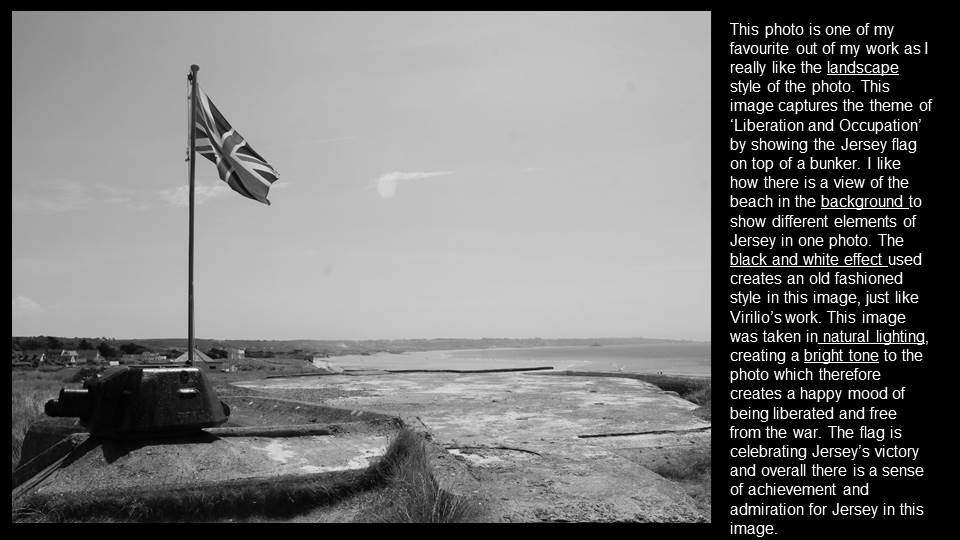
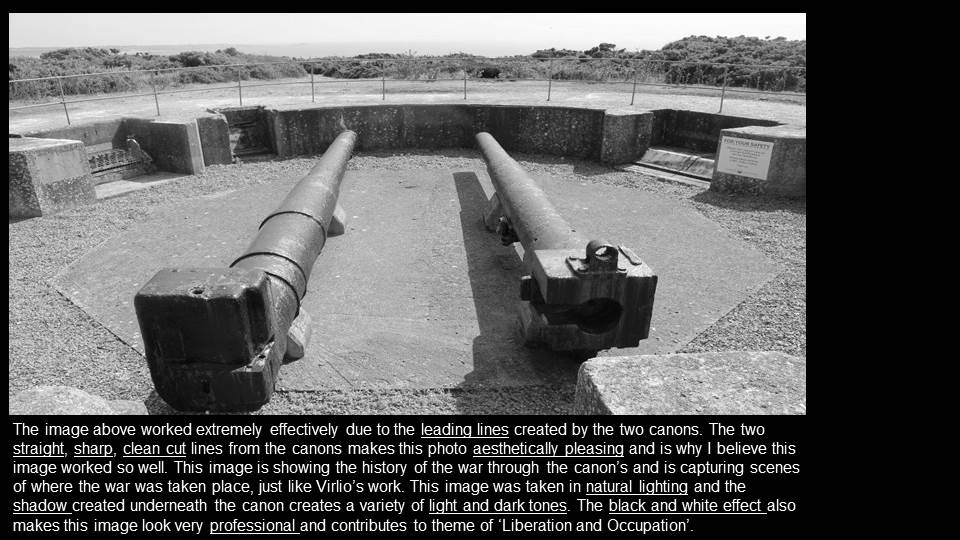
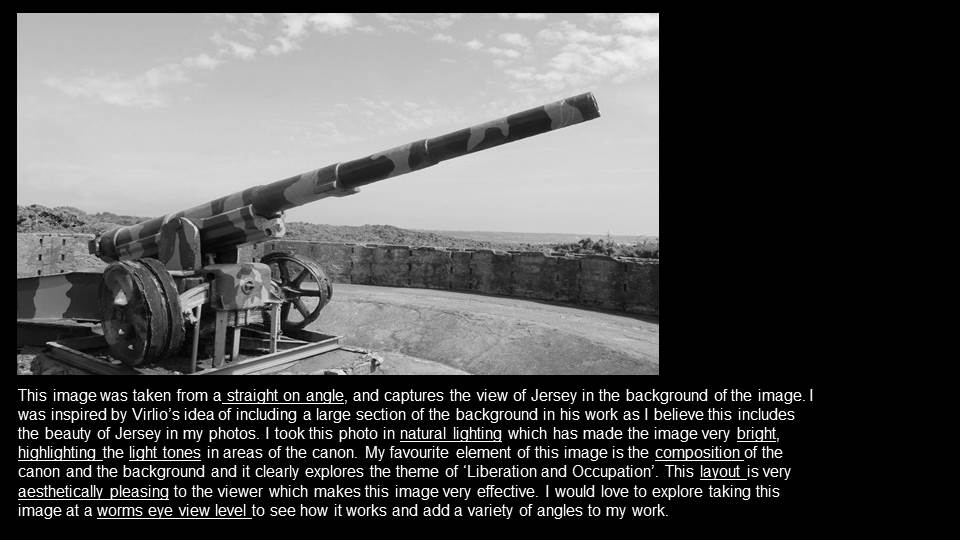

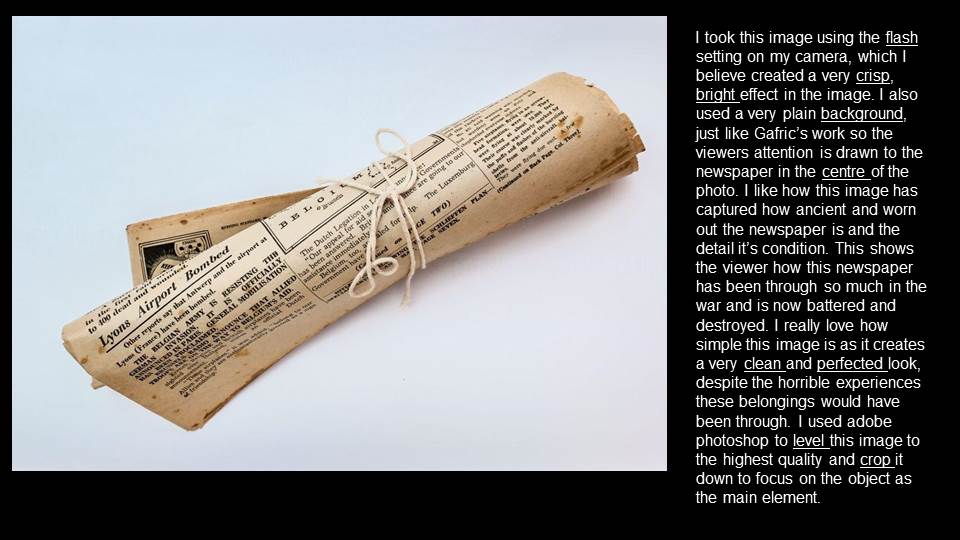

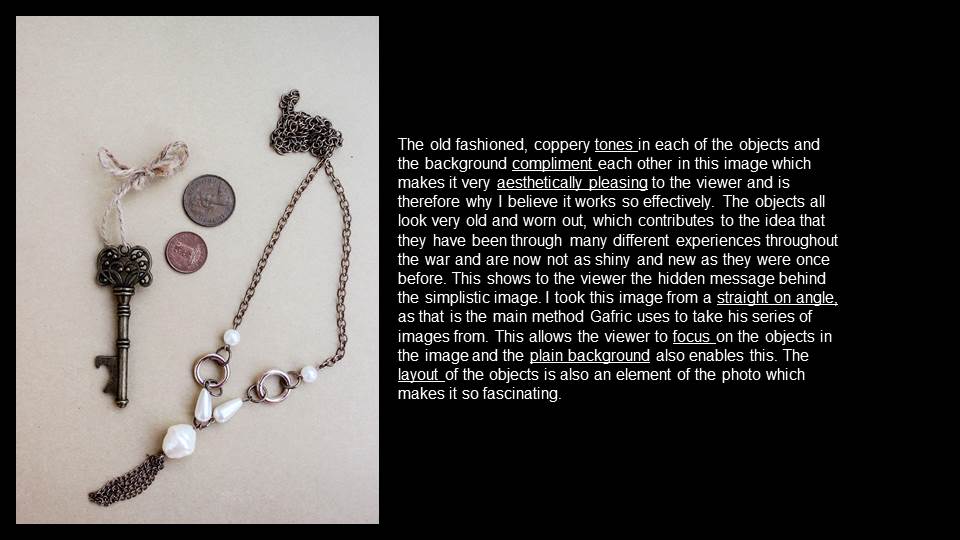
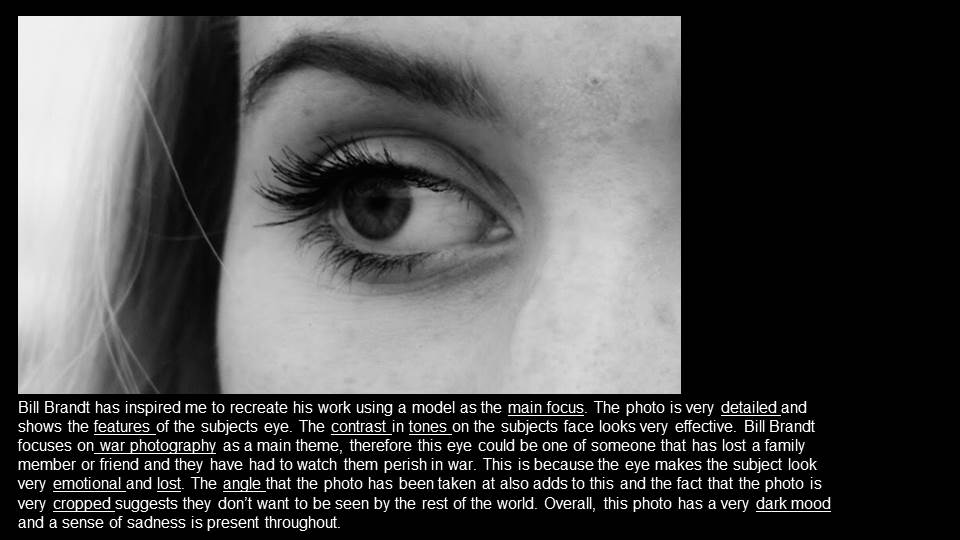
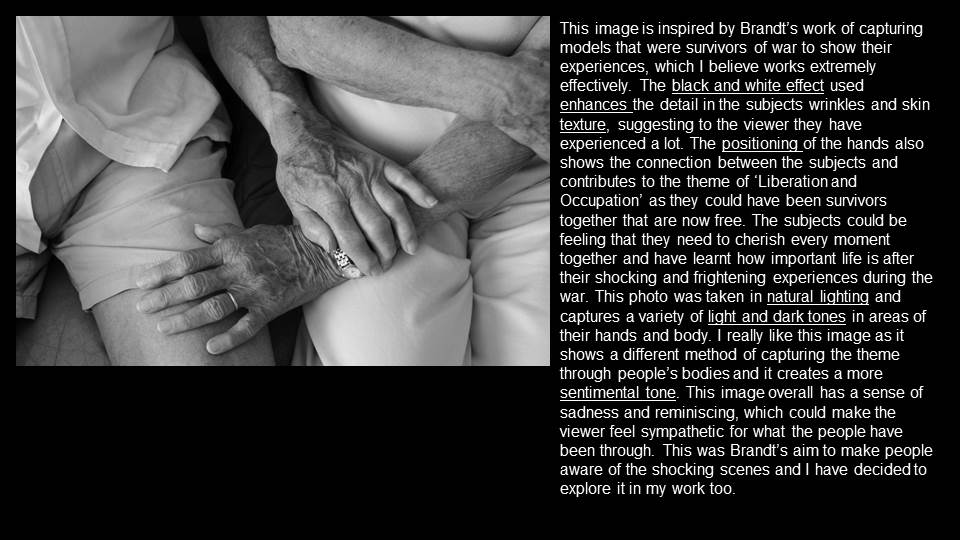
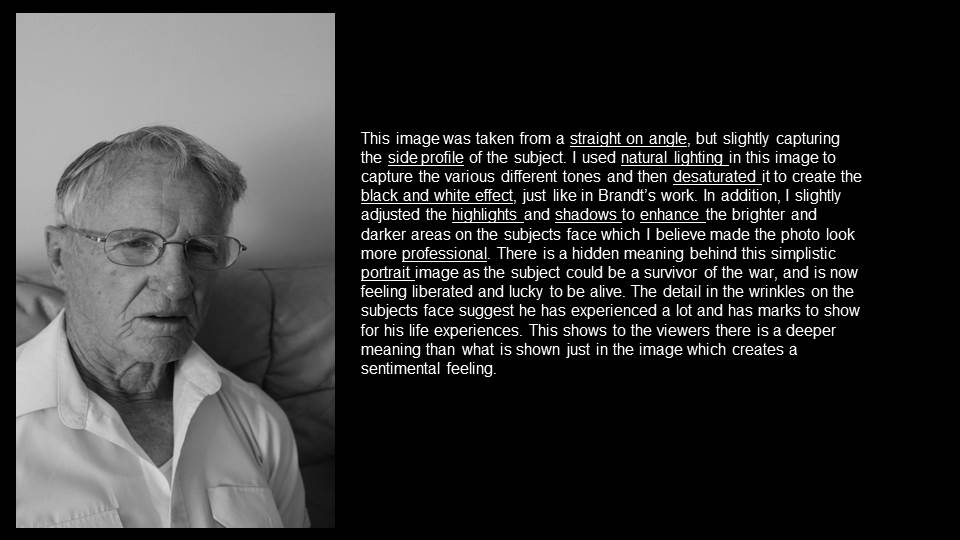

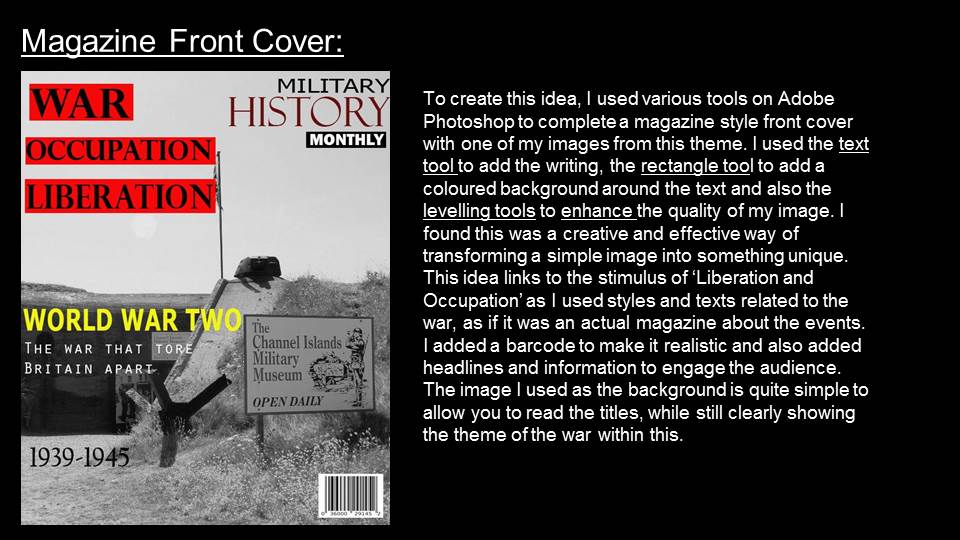
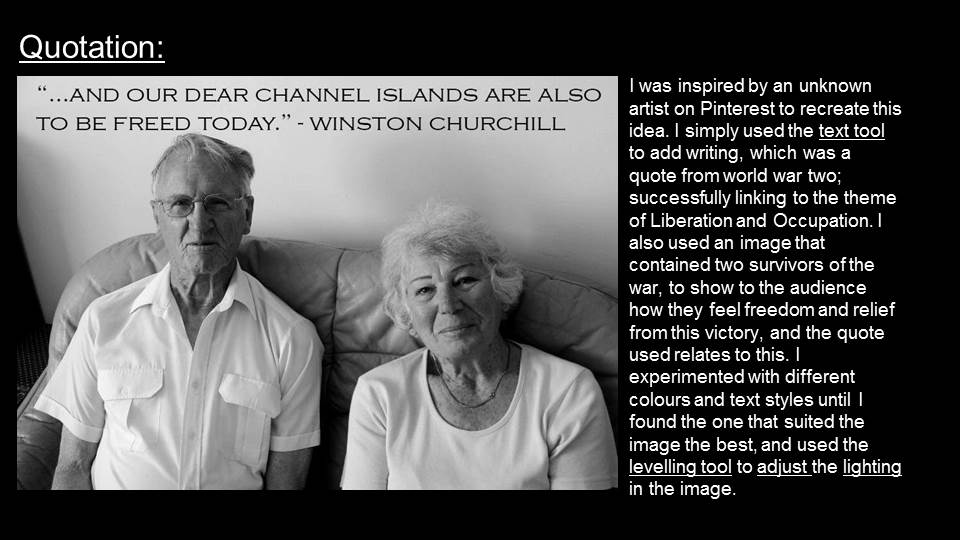
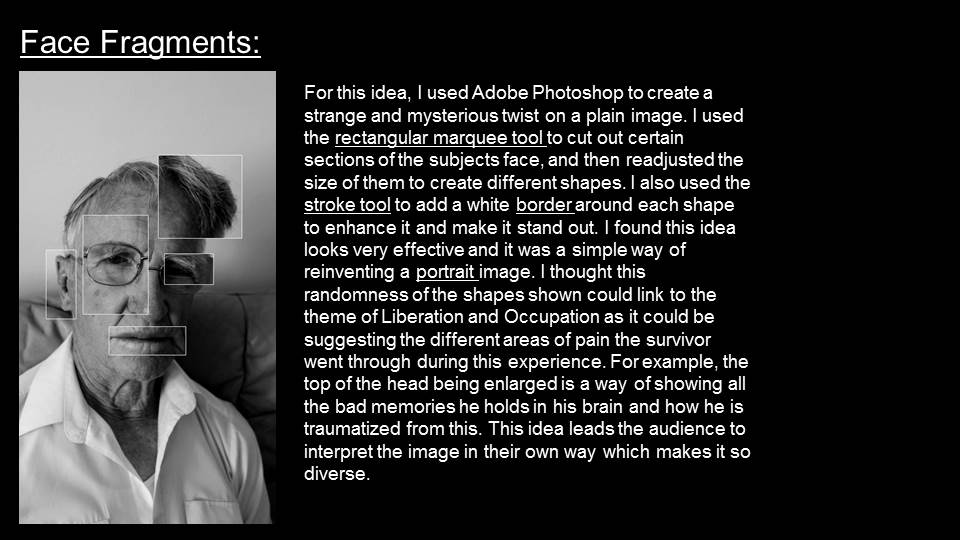
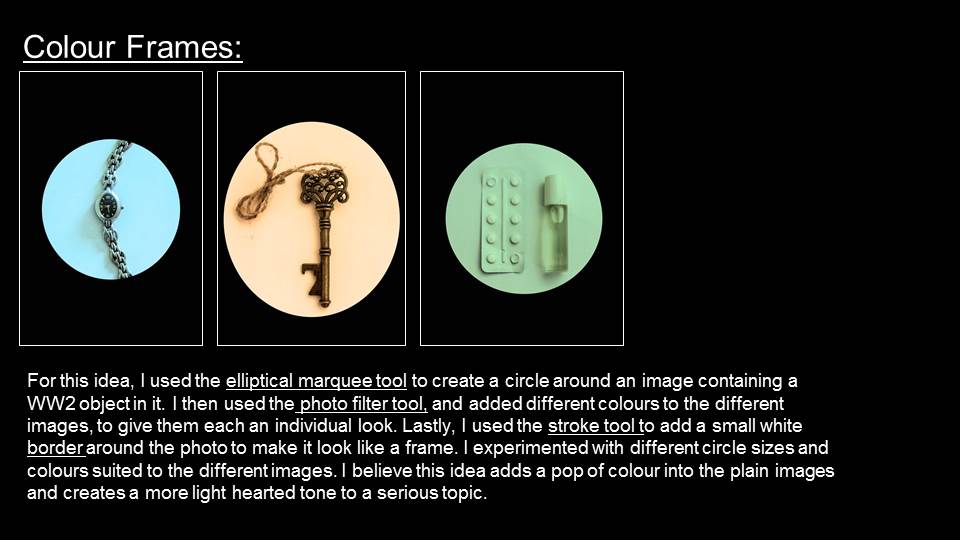
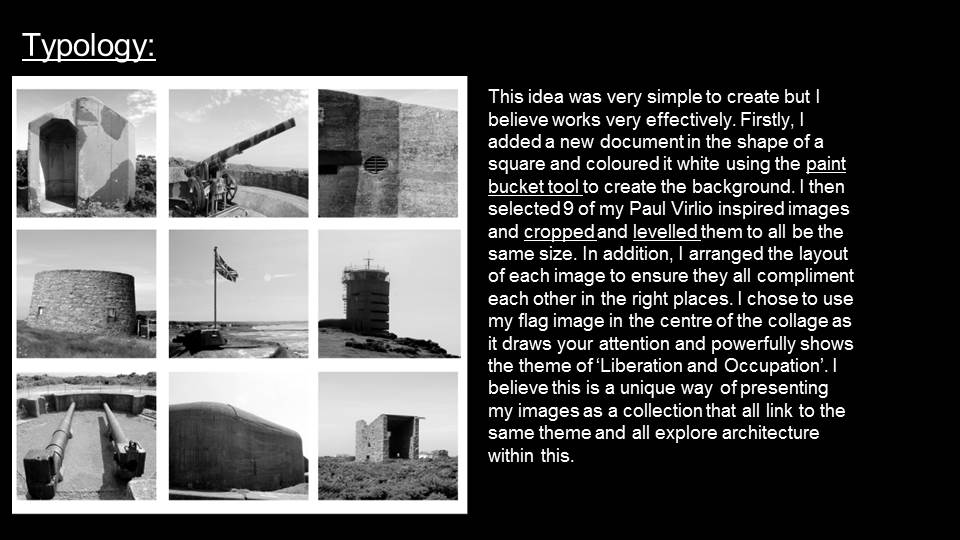
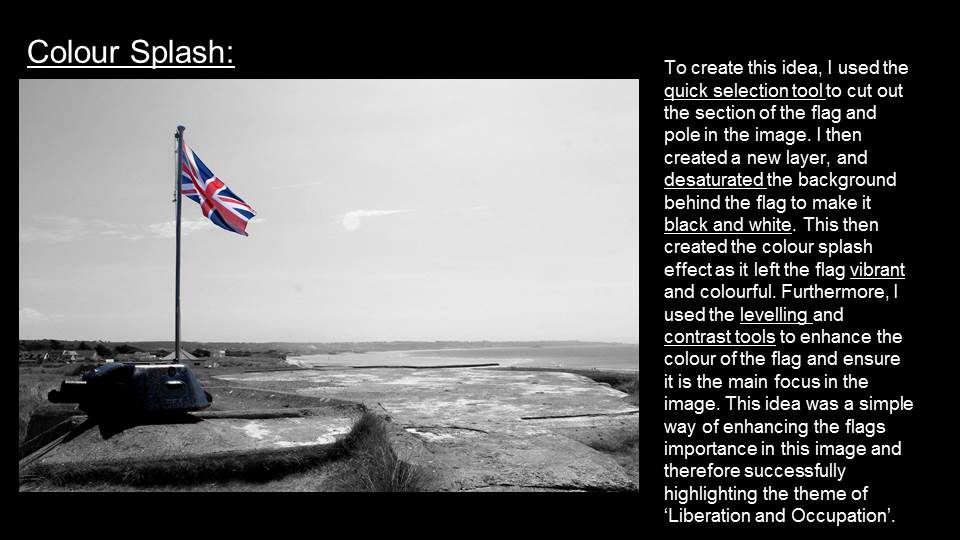
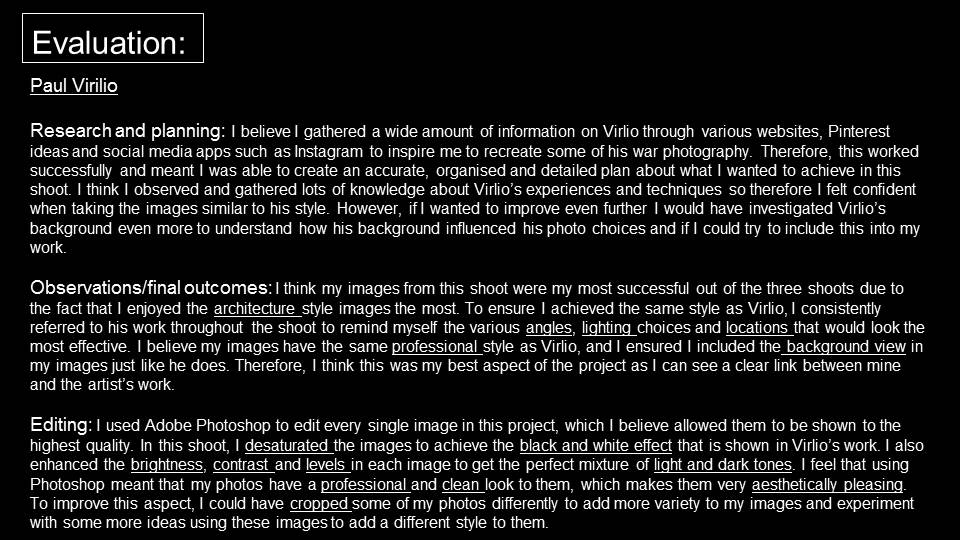

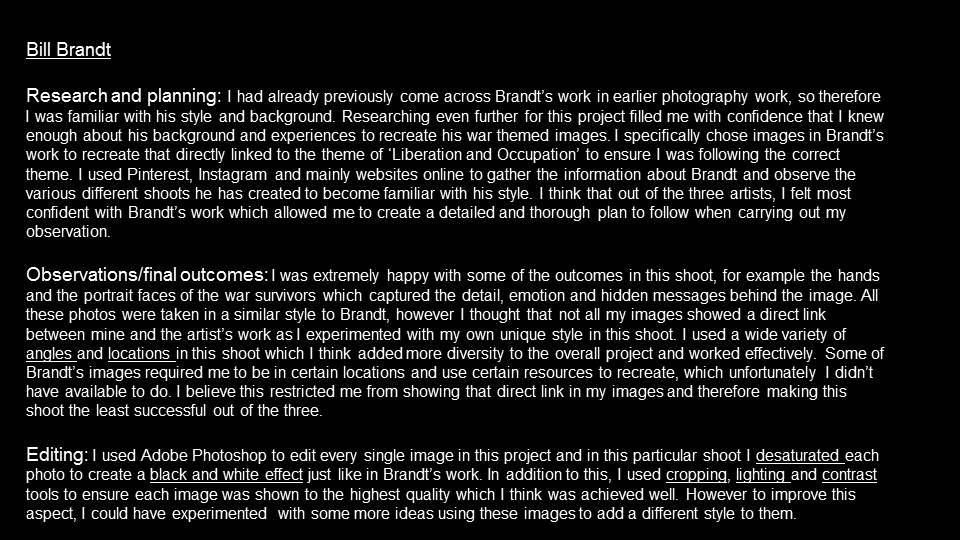
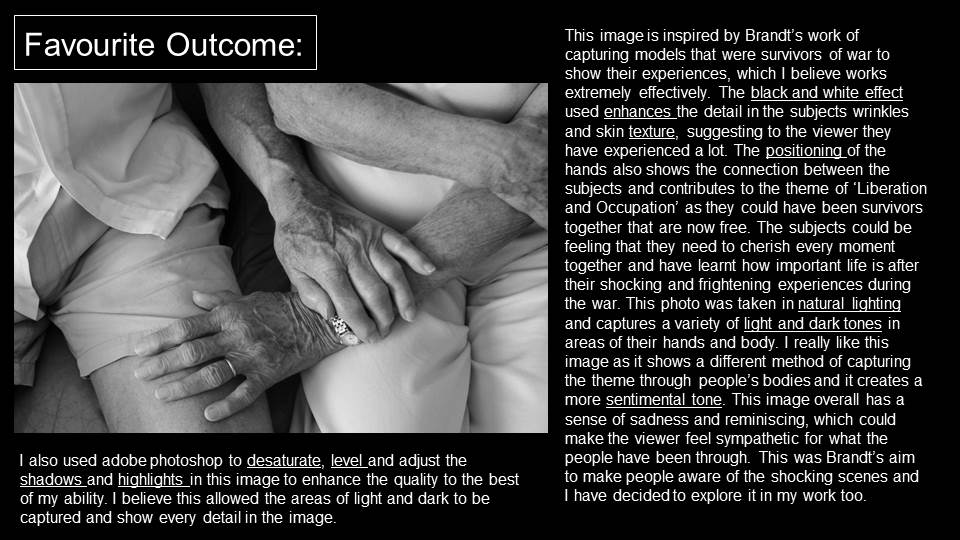
| The formal and visual elements that constitute part of the ‘grammar’ of photography (such as line, shape, repetition, rhythm, balance etc.) are shared with other works of art. But photographs also have a specific grammar – flatness, frame, time, focus etc. ‘Mistakes’ in photography are often associated with (breaking) the ‘rules’ and expectations of this grammar e.g. out of focus, subject cropped, blur etc. Because of the flattening effect of photographs, things in reality are juxtaposed in unusual ways. Things in the distance (in reality) can appear to be on the same level as things closer to the camera. Some photographers have exploited the inherent surreality of this effect, what we might think of as a deliberate attempt to disorientate the viewer for artistic purposes. Other photographers and artists are more interested in the accidental disorientation caused by this phenomenon, a feature of the equipment (or apparatus) being used. Take these examples by Henri Cartier-Bresson, Joel Meyerowitz, Saul Leiter and Matt Stuart. These photographers have exploited the flatness of photographs to make witty, gently surreal images that generate a smile in the mind. |
Some questions to consider:
Let’s take a look at some other photographers who seem interested in deliberately interrupting our view of the world. How do they deal with a whole range of stuff that gets in the way? Why are they attracted to interruptions, obscurity and ambiguity and how do they help us get to grips with how photographs work?
Metzker is known for his unconventional street photographs. More abstract than either Cartier-Bresson and Meyerowitz, Metzker exploits and exaggerates the properties of still photography – odd framing, multiple exposures, deep contrast, and, in this series, the interruption of various objects placed between the lens and the ‘subject’. Metzker seems to want to deliberately disorientate the viewer and question the indexical relationship between photography and the world.
It becomes clearer…that I am looking for the unknown which in fact disturbs, is foreign in subject but hauntingly right for the picture, the workings of which seem inexplicable, at the very least, a surprise.
— Ray Metzker
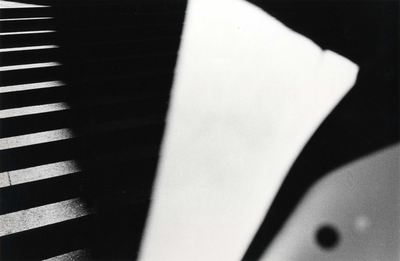
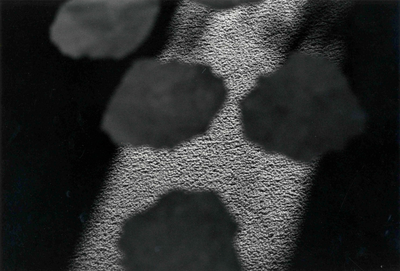
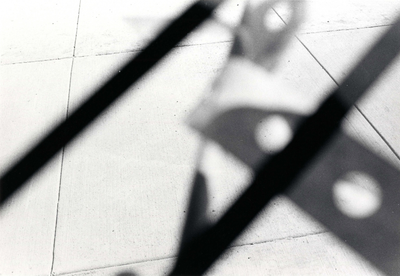
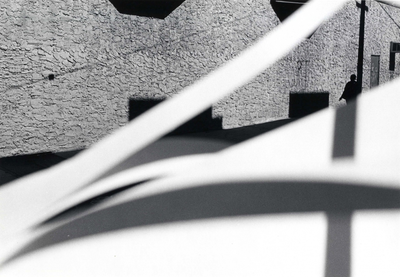
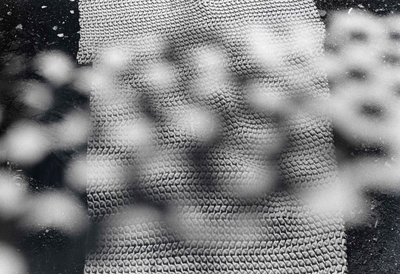
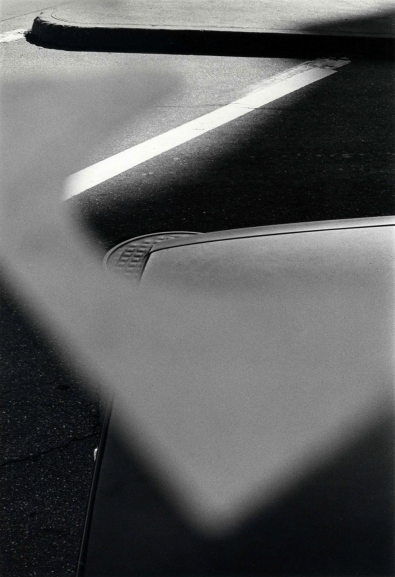
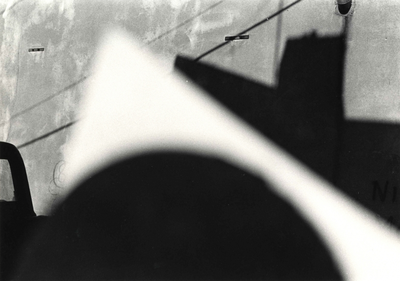
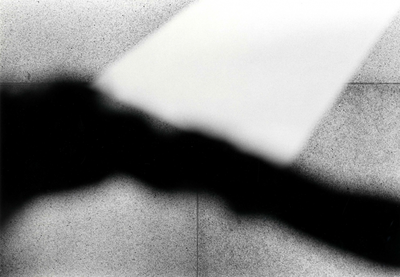
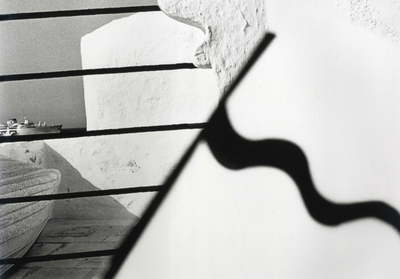
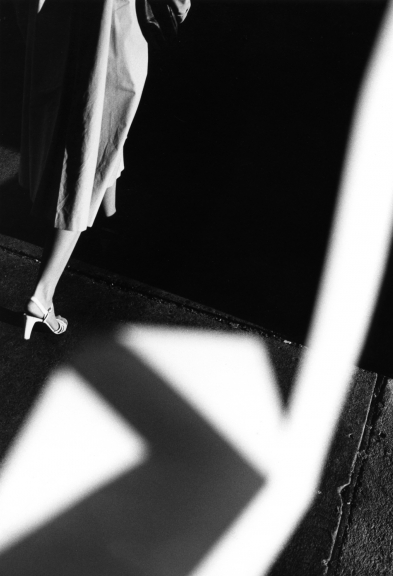
Caviezel takes images made by public video surveillance cameras that can be viewed live on the Internet. The ‘Animals’ series documents landscape views disrupted by birds and insects roosting on or crawling across the camera’s lens. He raises interesting questions about what the subject(s) of these photographs might be and what happens when nature and technology collide.
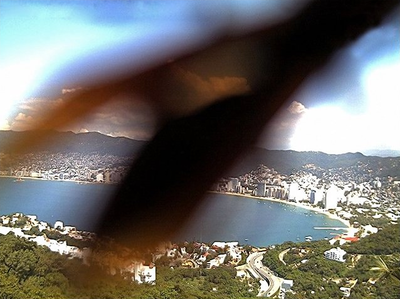
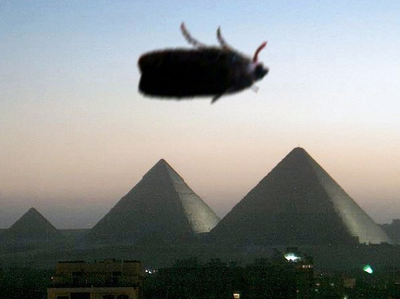
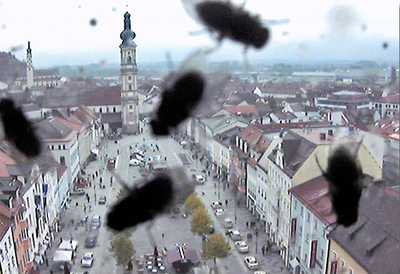
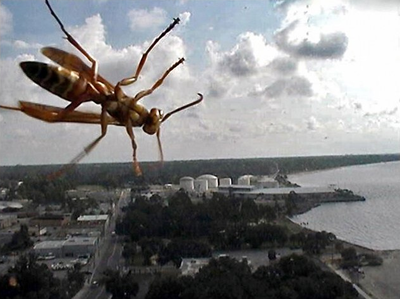
Stephen Gill is exactly the sort of photographer who might keep moths in his camera. Gill’s practice is rooted in the urban landscape of London’s East End. He has utilised a variety of strategies for capturing the beauty of mundane reality, offering viewers new visions and surprising perspectives. In this series he disrupts his chosen views by introducing small objects into the body of the camera itself. The resulting photographs are chance arrangements of photogram-like abstractions seemingly superimposed on unremarkable sections of the Hackney landscape.
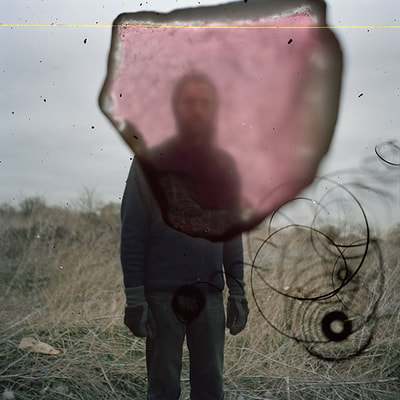
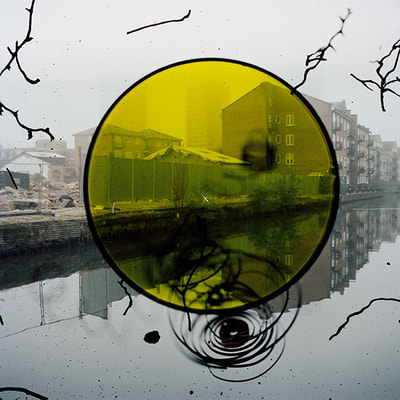
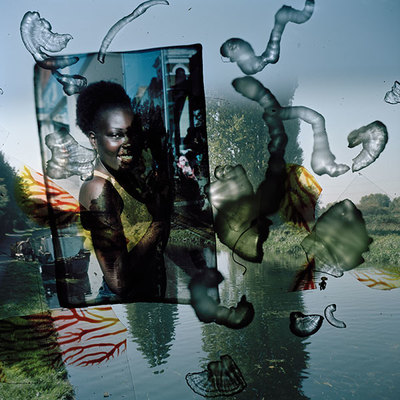
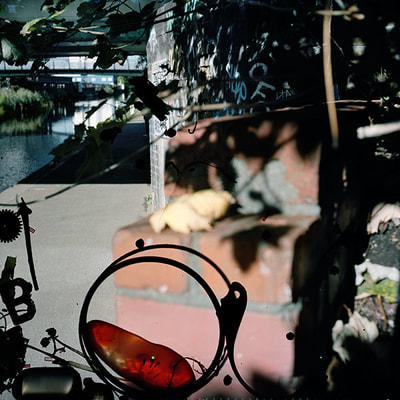
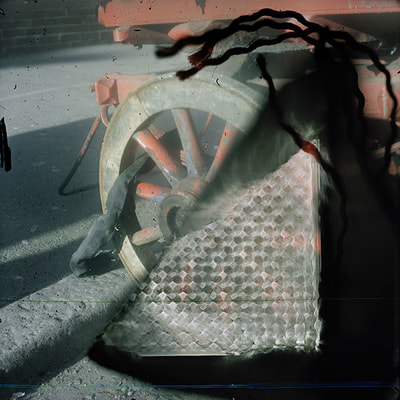
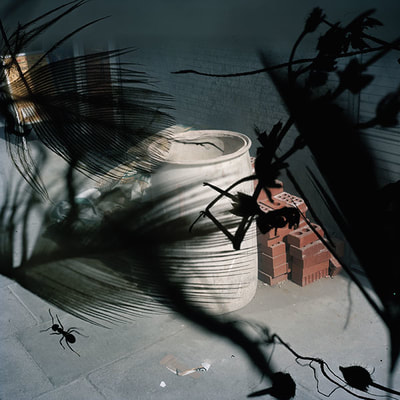
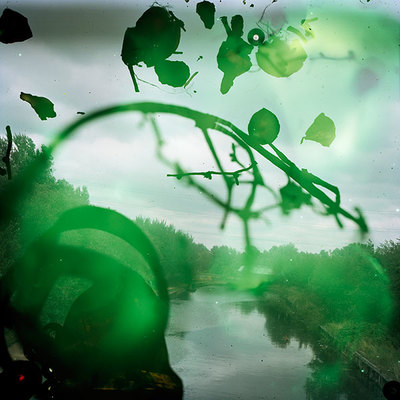

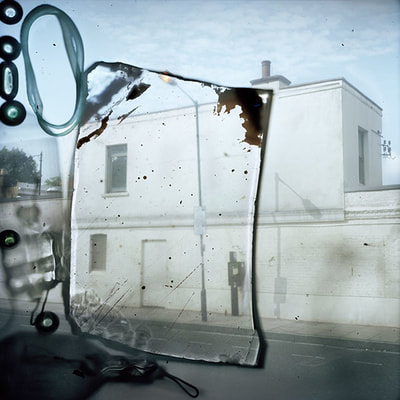
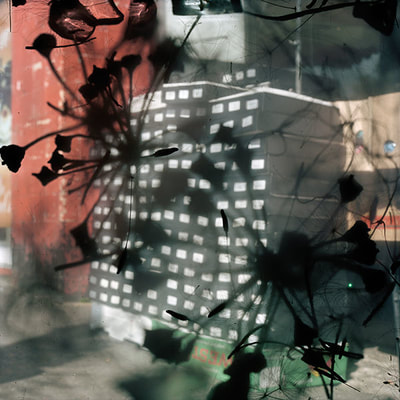
The photographs in this series were made in East London between 2009 and 2013. They feature objects and creatures that I sourced from the local surroundings and placed into the body of my camera. I hoped through this method to encourage the spirit of the place to clamber aboard the images and be encapsulated in the film emulsion, like objects embedded in amber. My aim was to evoke the feeling of the area at the same time as describing its appearance as the subject was both in front and behind the camera lens at the same moment.
I like to think of these photographs as in-camera photograms in which conflict or harmony has been randomly formed in the final image depending on where the objects landed.
— Stephen Gill
Miyoshi is fascinated by the relationship between analogue and digital photography, between the indexicality of light and the abstraction of pixels. In this series he uses a large format camera, a mirror and coloured tape, creating disrupted self-portraits. Our sense of spatial relationships is confused. Initially, we are unable to trust what we see. Slowly, we are able to disentangle the visual clues in order to make sense of the picture. In the process we are reminded of the elements of photographic grammar. Abstraction can often be more effective way to remind us that we are looking at a photograph, an artificial construct rather than a faithful facsimile of the world.
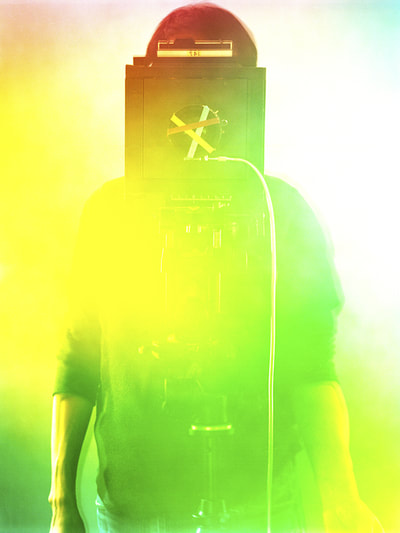
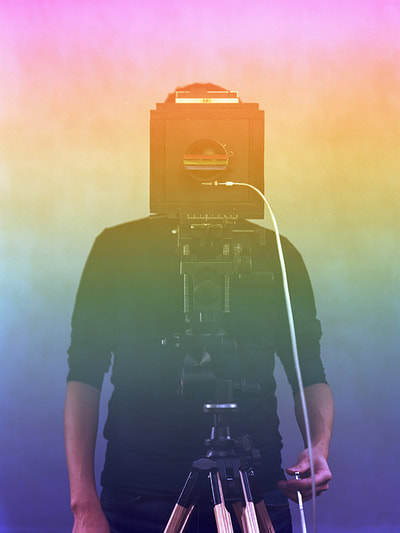
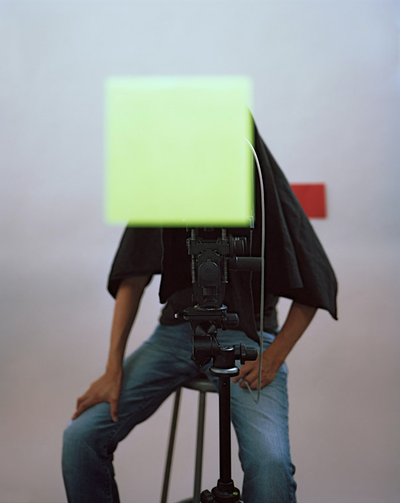
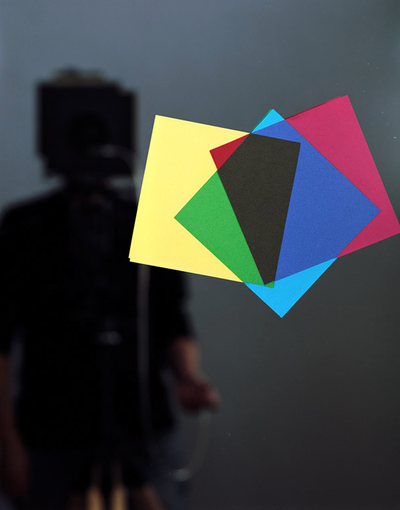
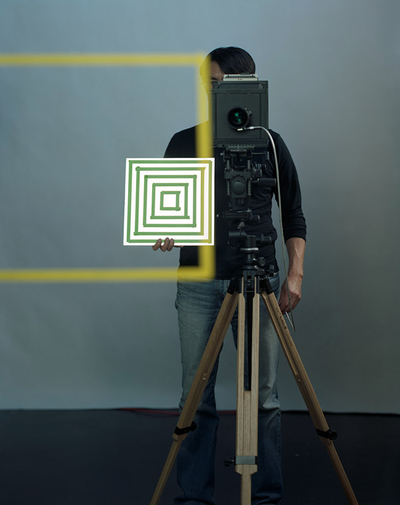
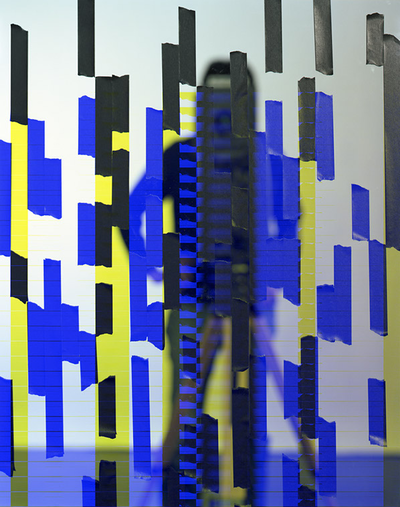
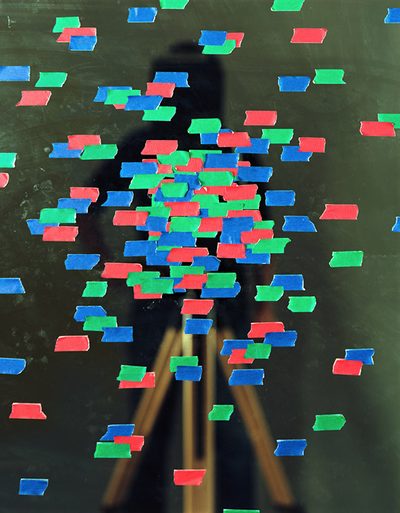
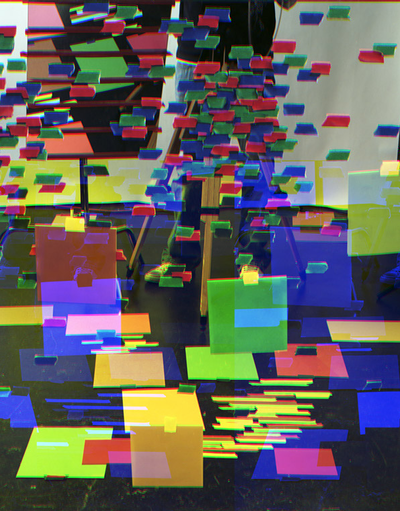
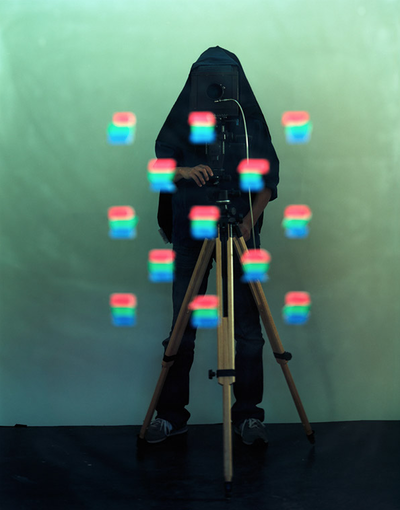
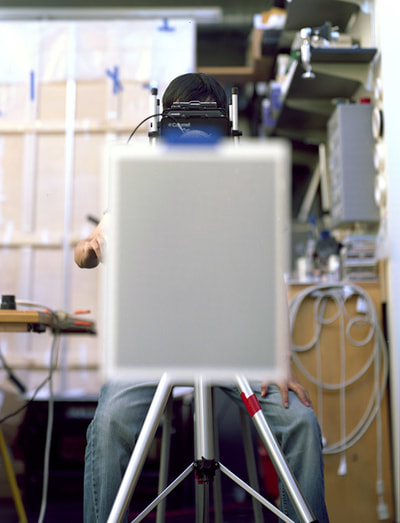
Diabuldo is Bipolar. This series of photographs is a deliberate attempt to capture the fracturing of reality that occurs when he experiences a manic episode. It is interesting, in the context of this project, that his chosen technique was to disrupt ordinary views with an object, itself a fractured optical device. In these pictures, we are looking at the world through two pieces of glass which return a recognisable but warped and disturbing view of the world. It’s a reminder that reality is largely subjective, affected by our mental states and relative wellbeing. We all see the world differently and photography can be a useful means to communicate our individual visions.
When I shot these photographs, I used a piece of broken glass brick to interrupt a sense of full verisimilitude in the images. The visual effect is meant to signify the trouble with getting back to a sense of “reality” that those faced with Bipolar constantly re-learn to achieve, each time they heal from a manic episode.
– Adrian Diubaldo
Make the following blog posts…
Development of your ideas by research and analysis / look at key photographers eg Ray Metzker
Photo shoot 1 /2 / 3
Experiment!
Show your outcomes…and evaluate the process


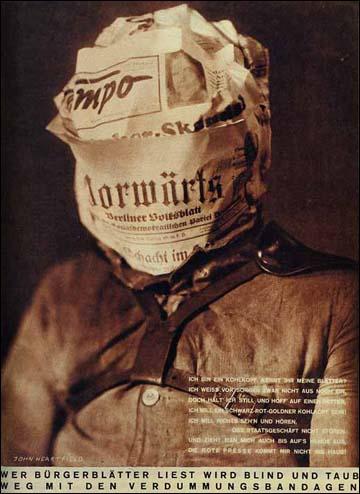







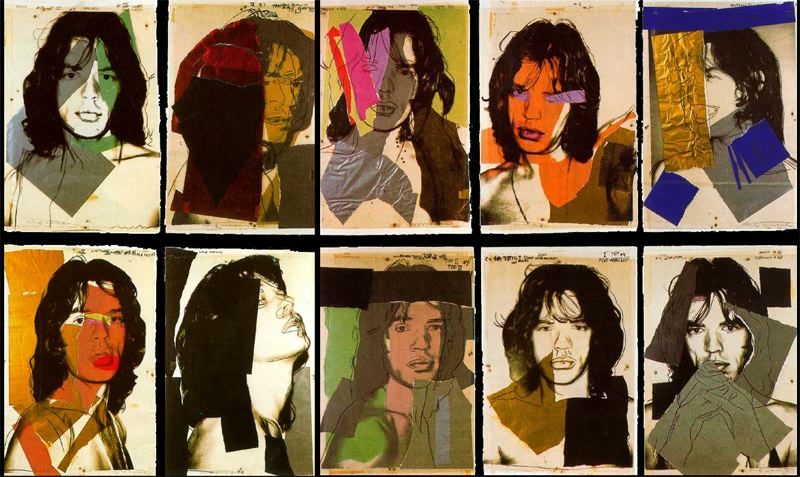





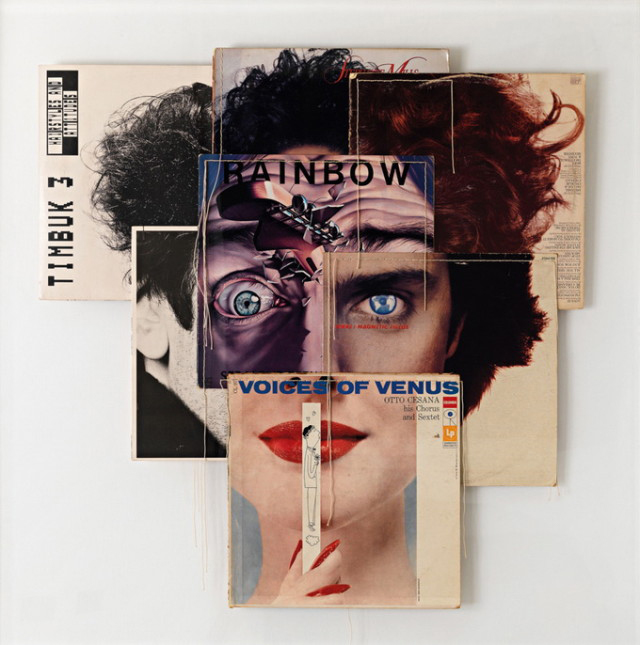

.jpg)




In her artist statement Montana based artist Sarah Eisenlohr explains that her collages use places of existence to create fictional ones in an effort to demonstrate the ways in which humans have transformed the earth. These scenes often carry undertones of spirituality and faith. “I consider the figures’ desire for shelter, warmth, and something stronger than themselves as symbols of serenity that I seek through spirituality, while the use of sublime in my work points to a relationship with the divine,”

KEY COMPONENTS AND DISTINGUISHING FEATURES of PHOTO-MONTAGE
SOURCE MATERIAL YOU CAN USE
TECHNIQUES
